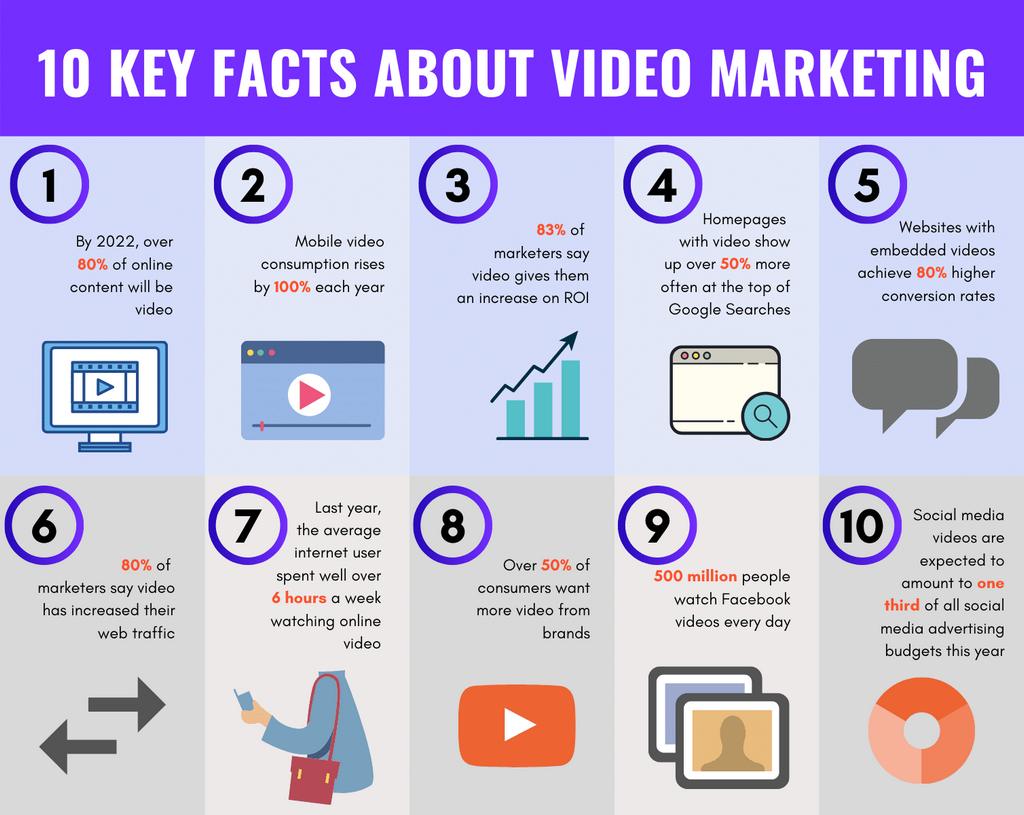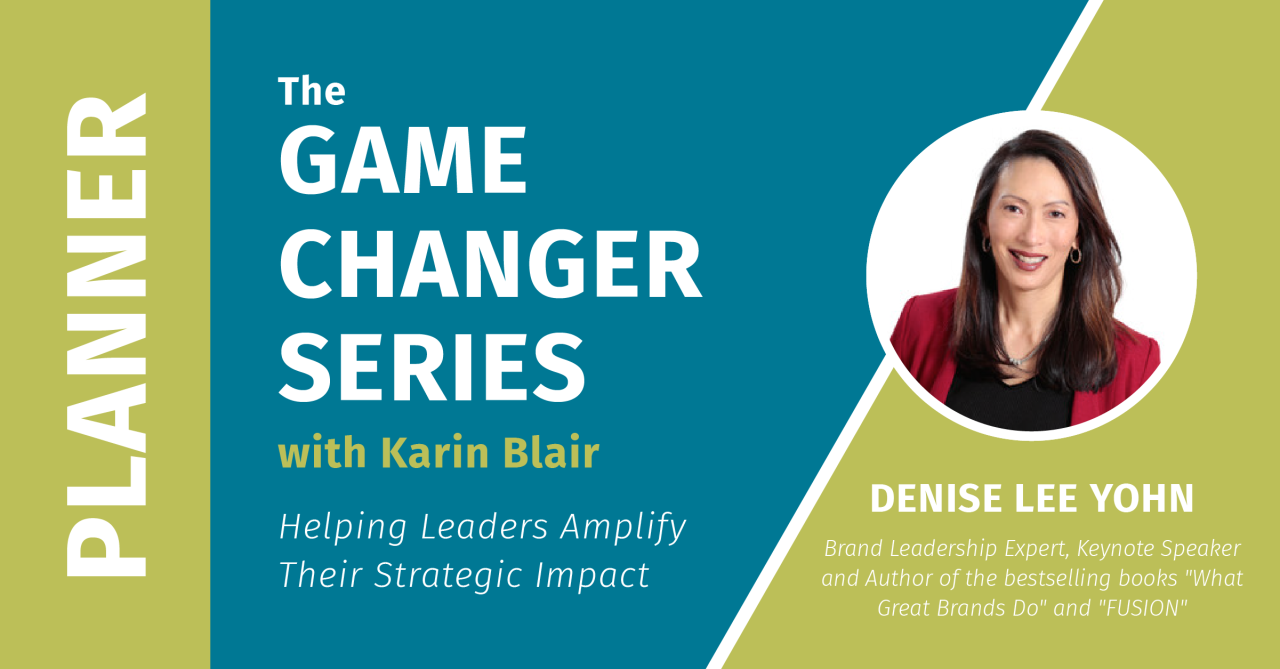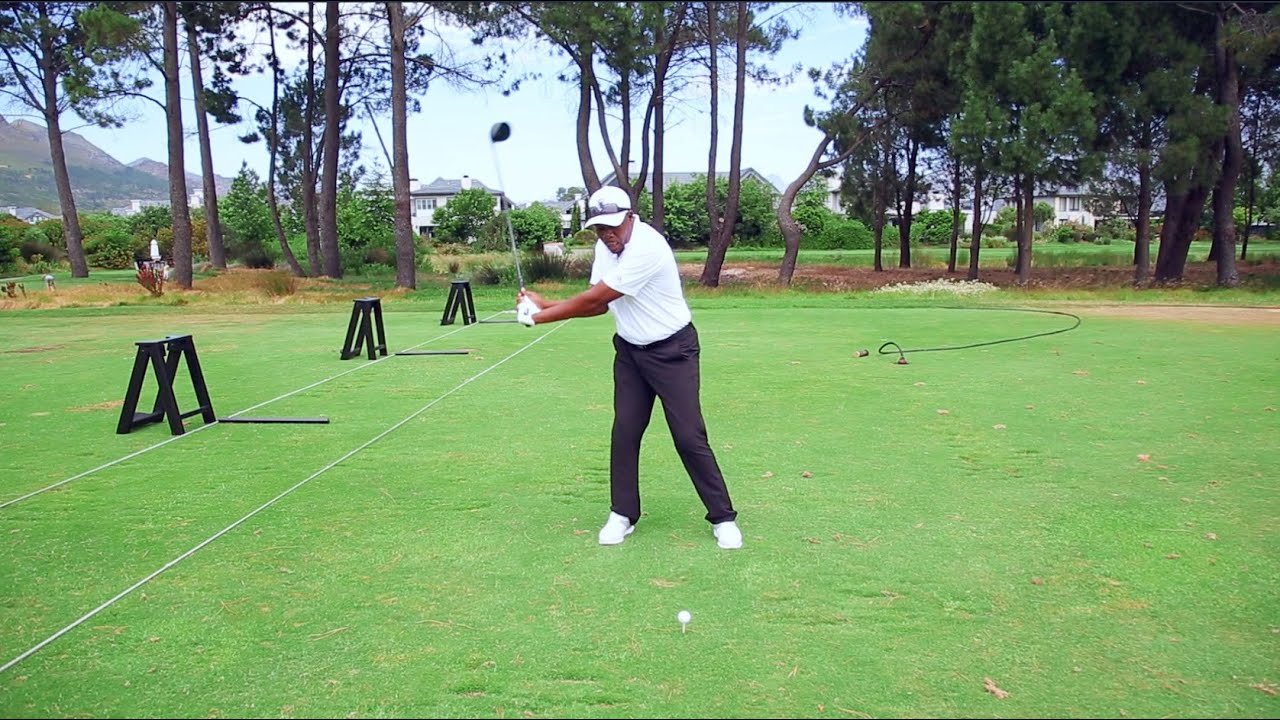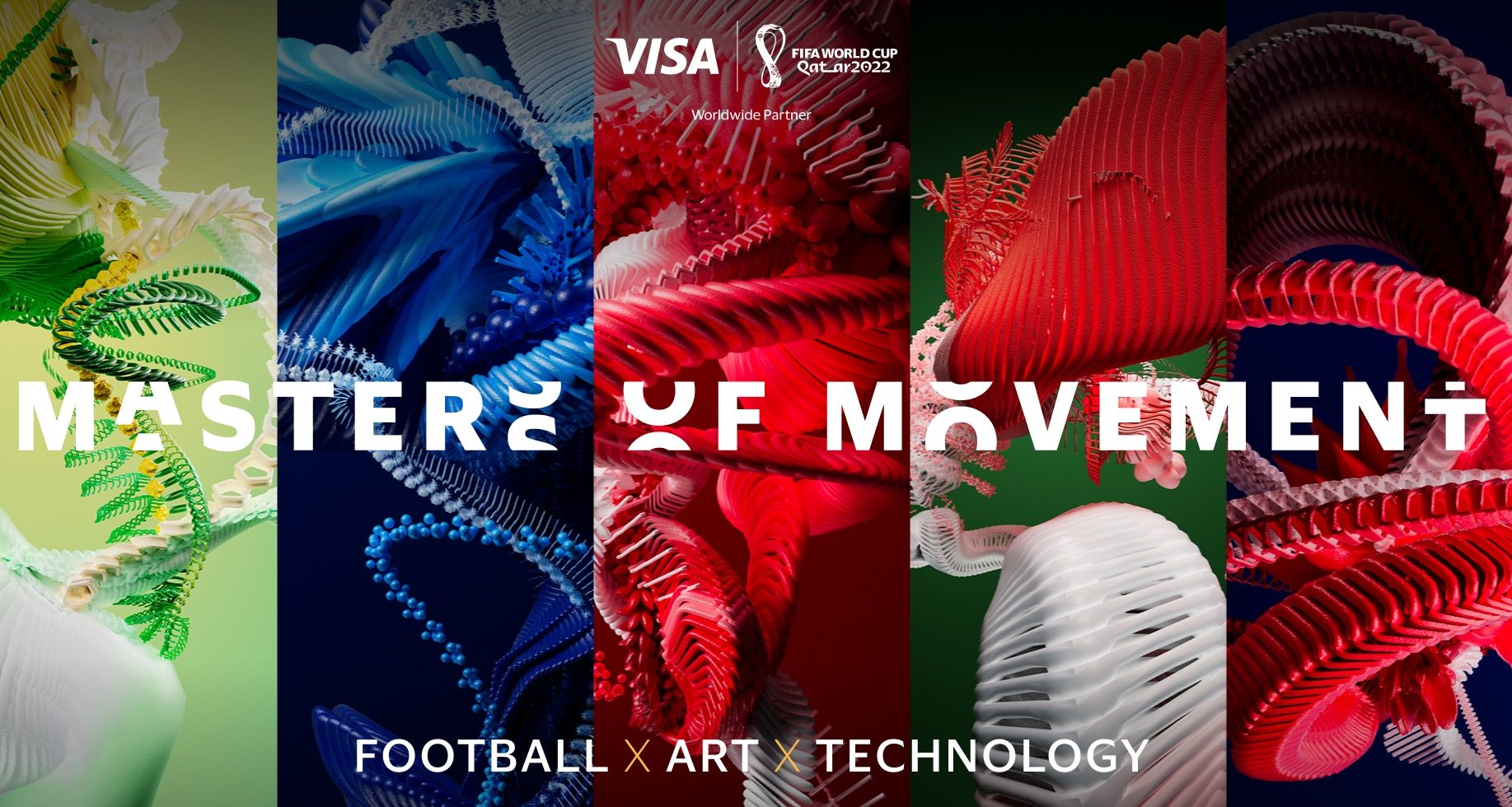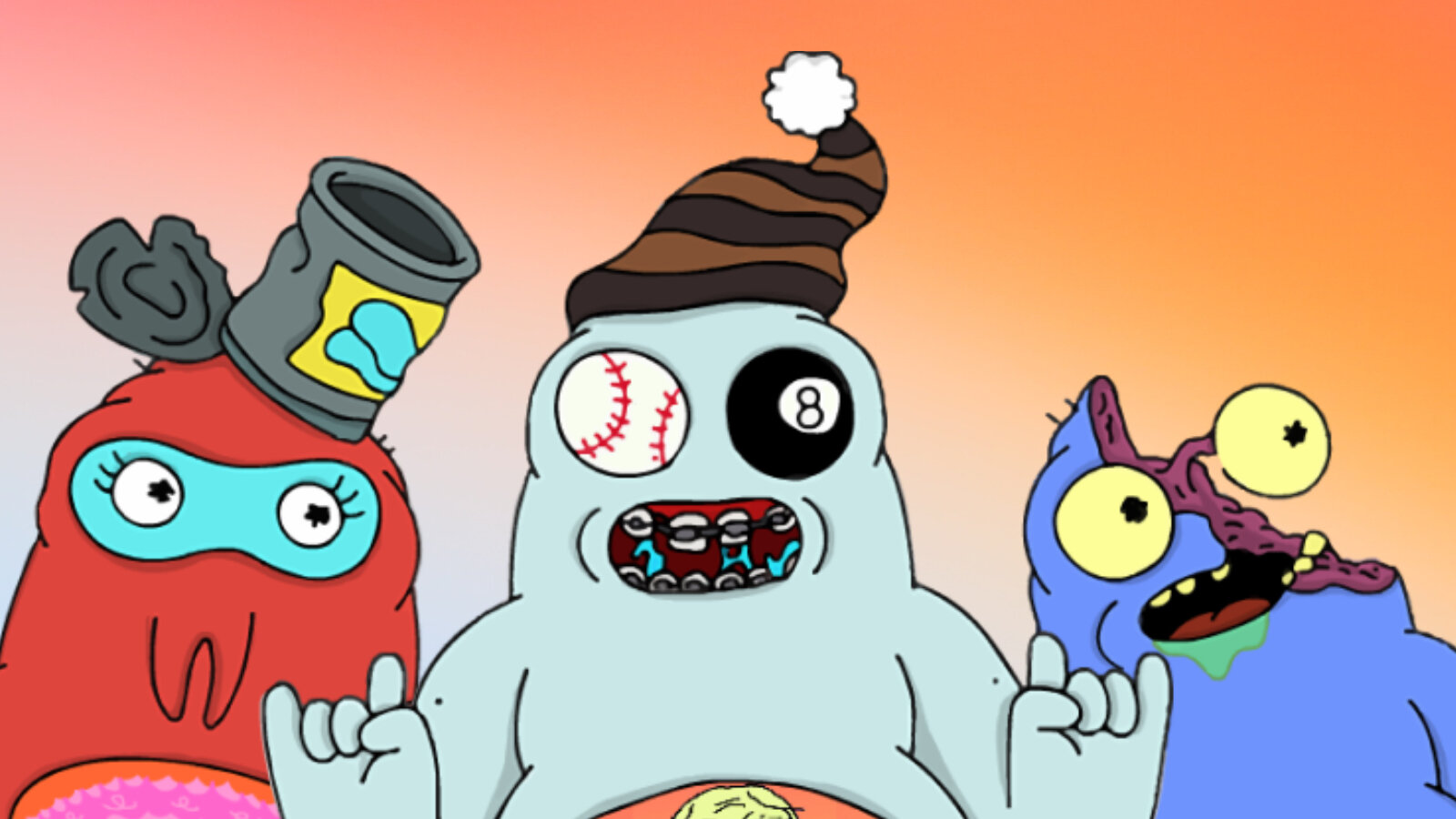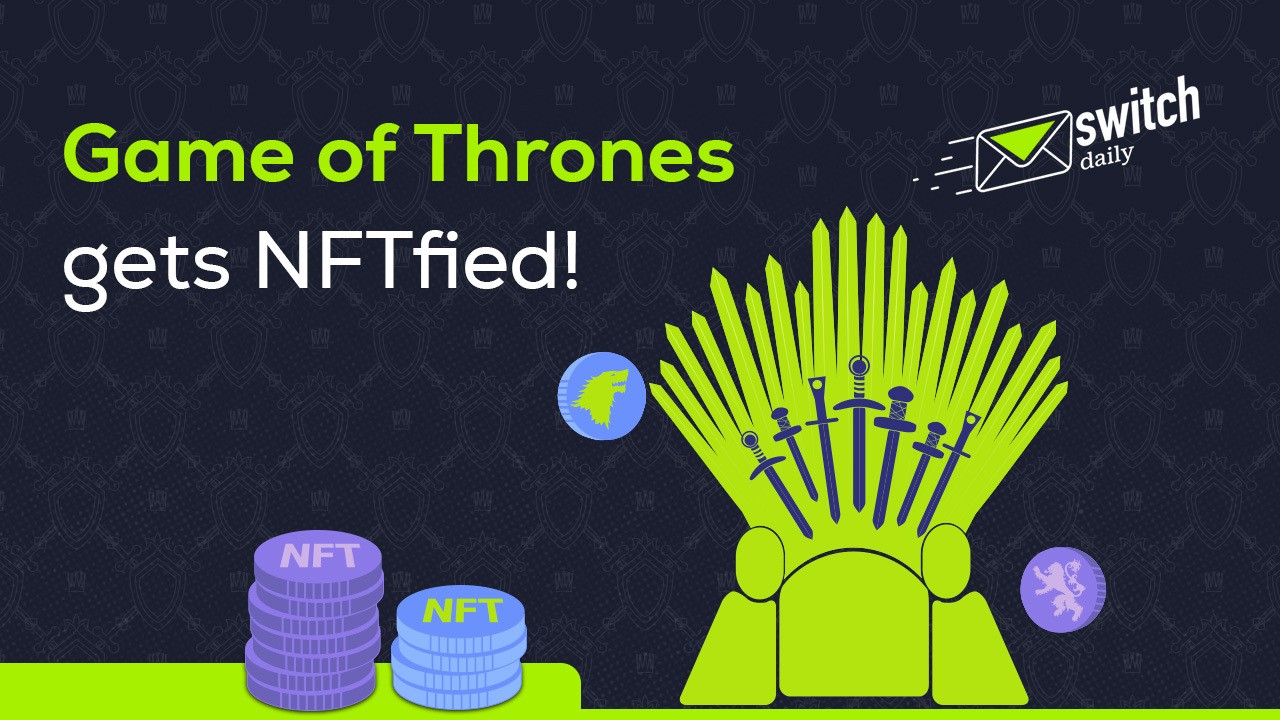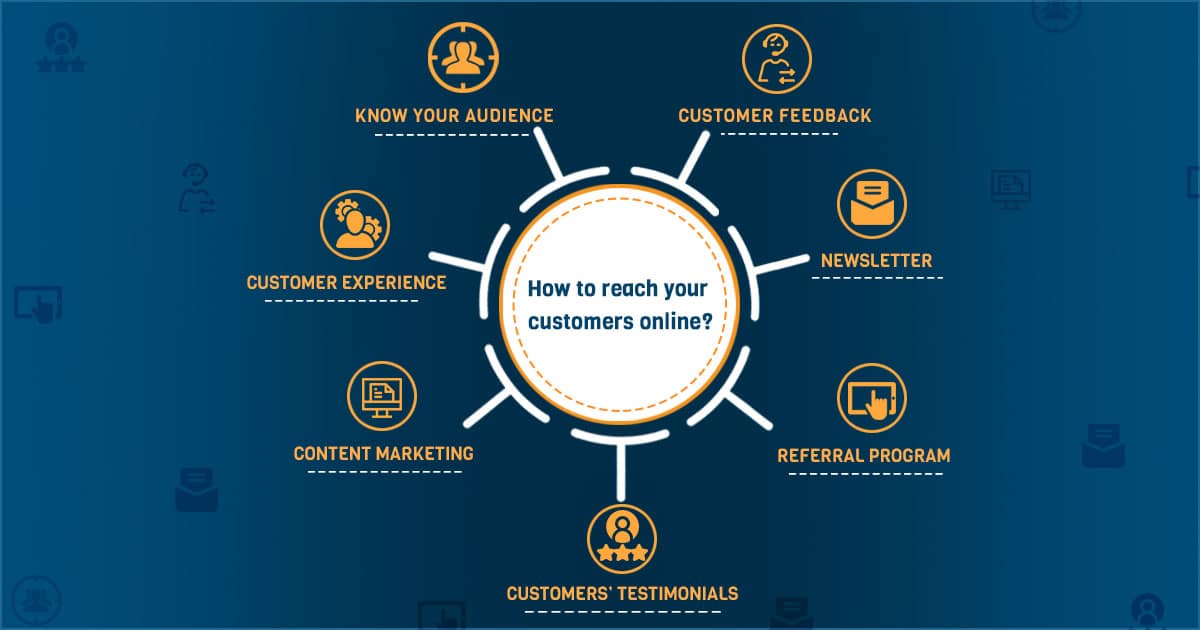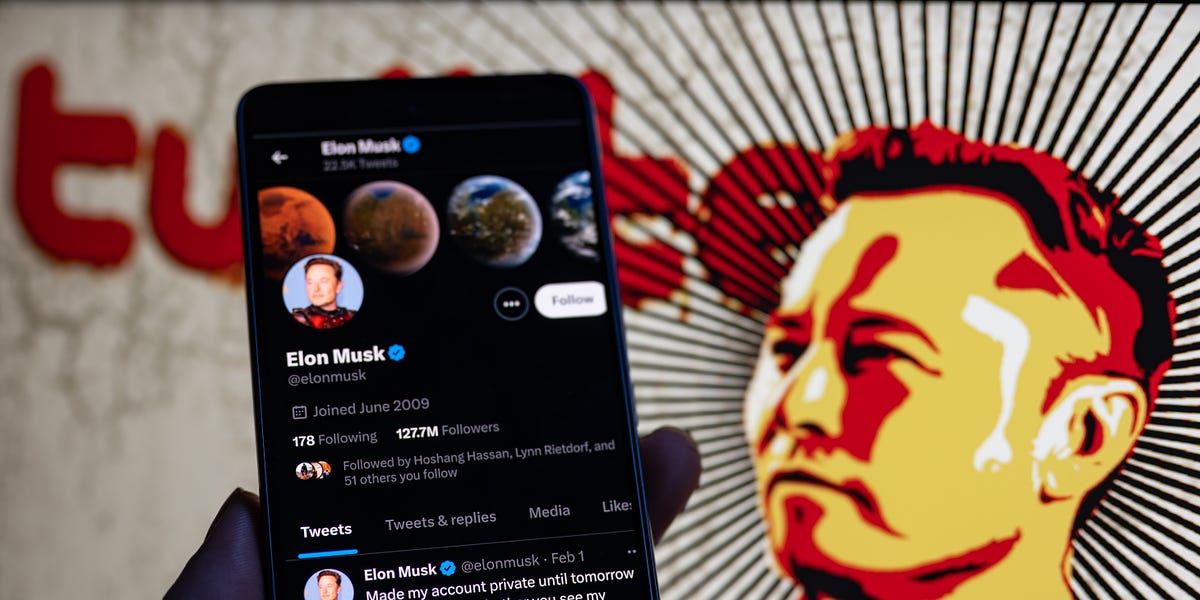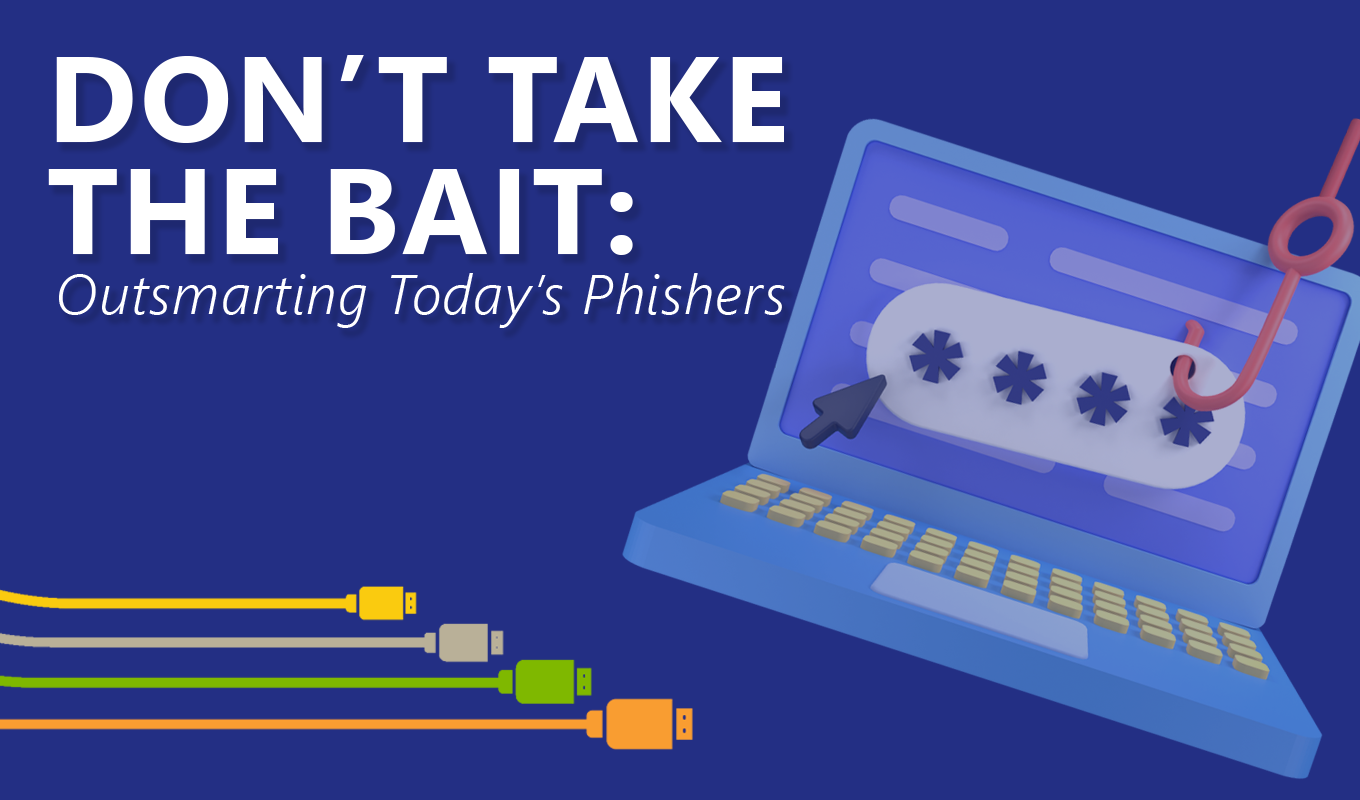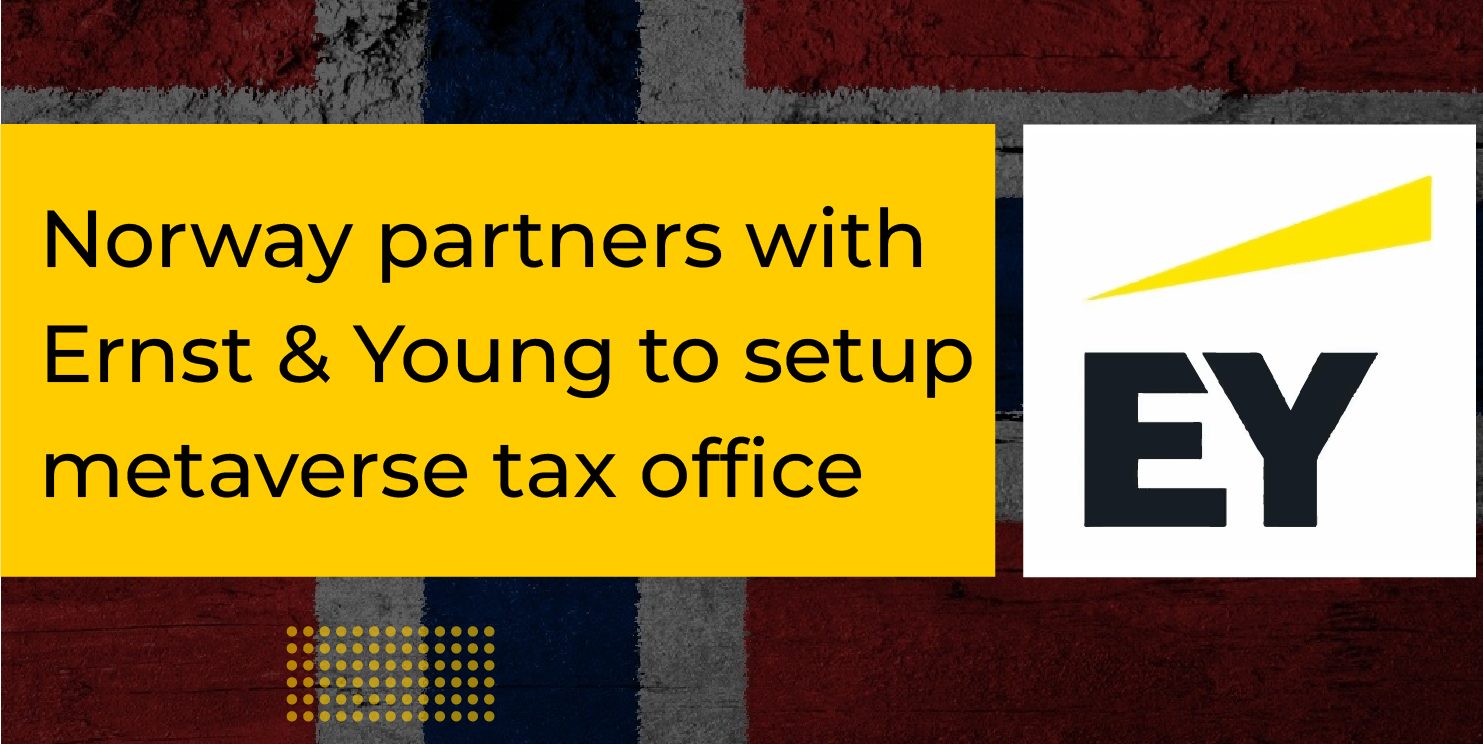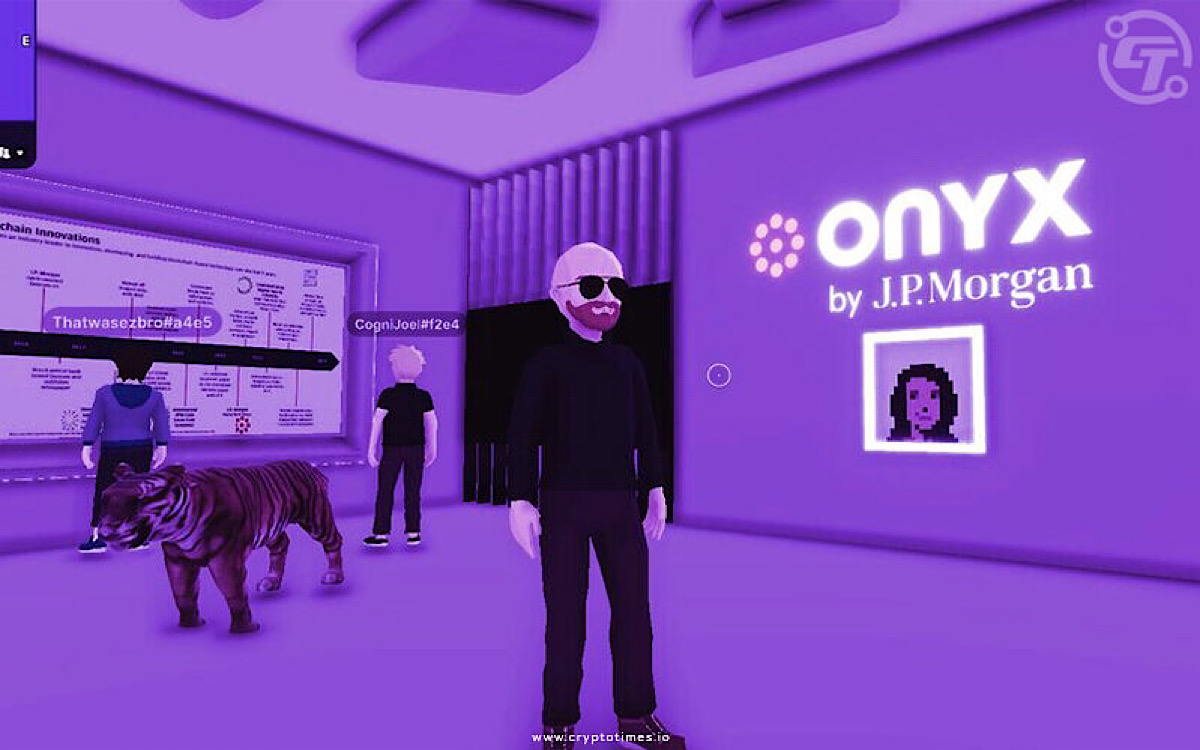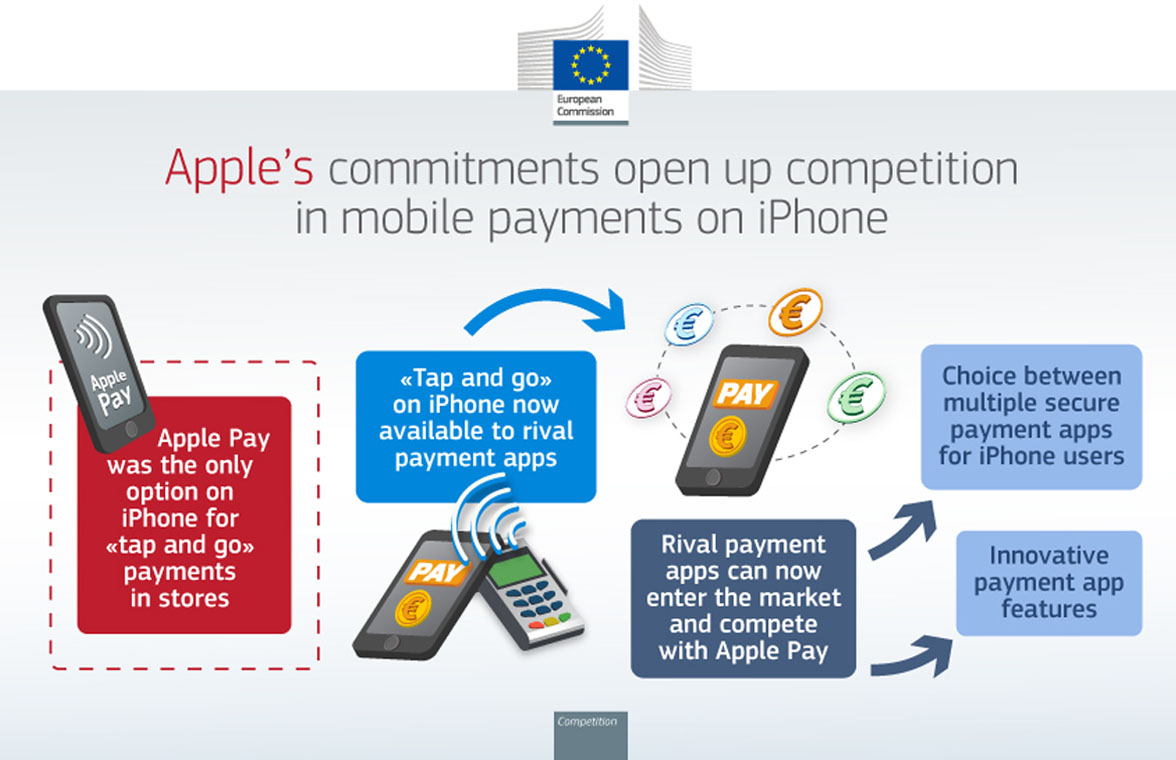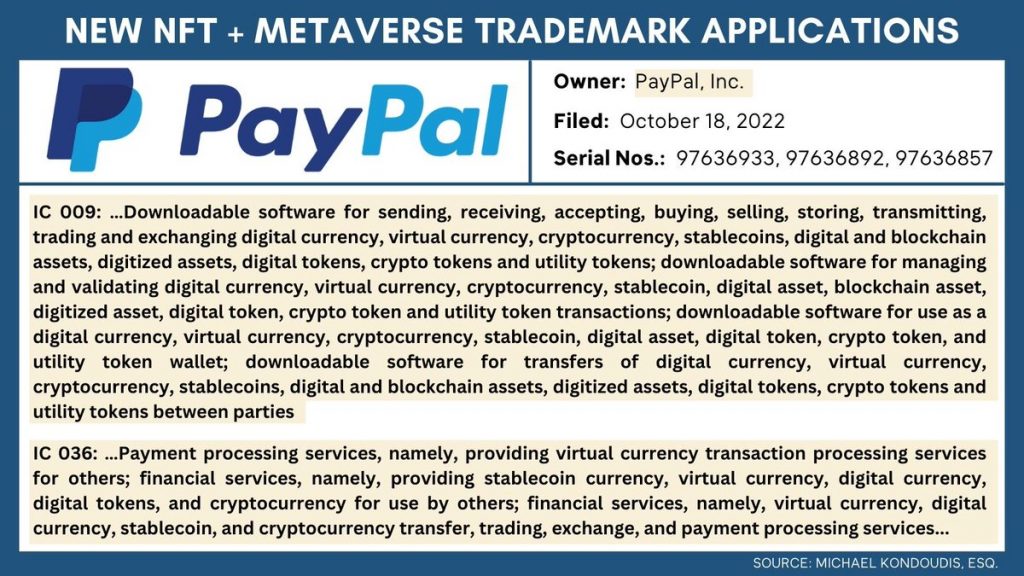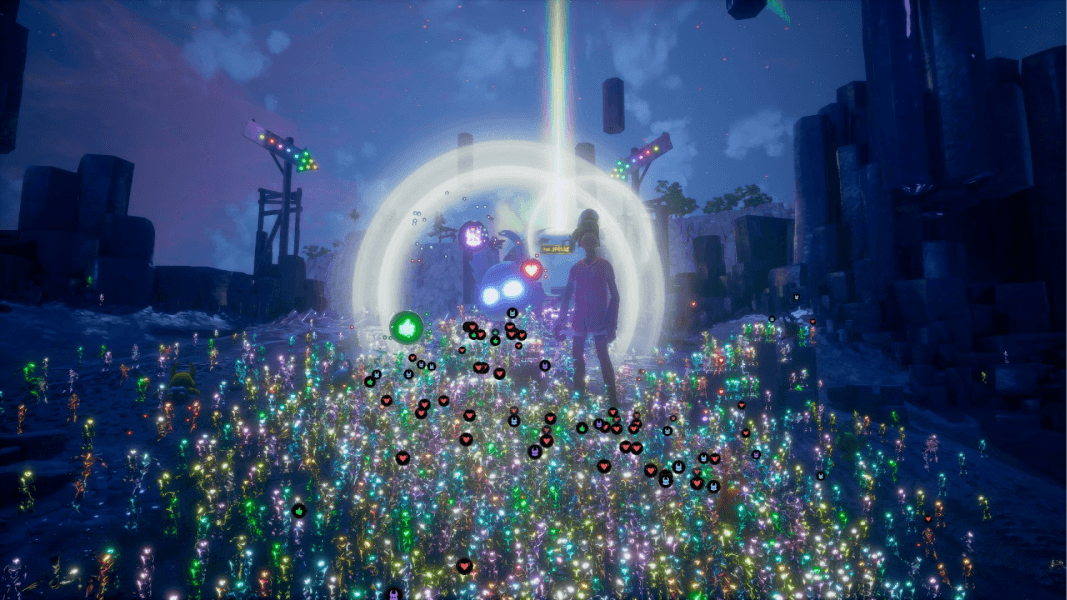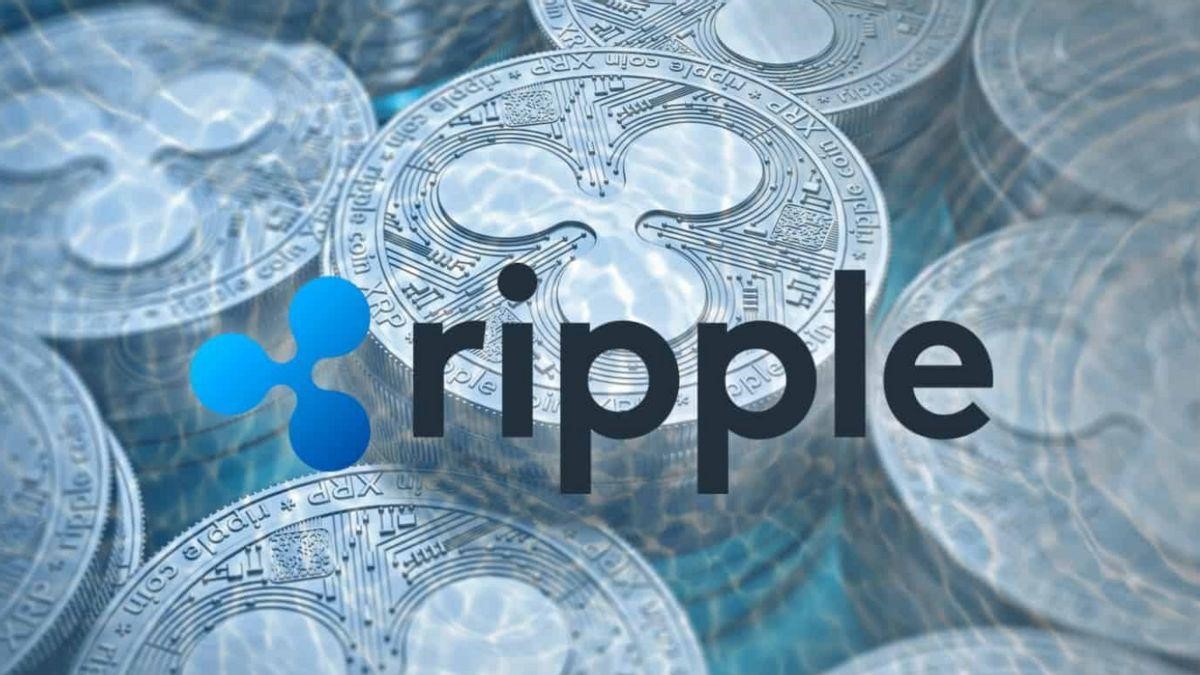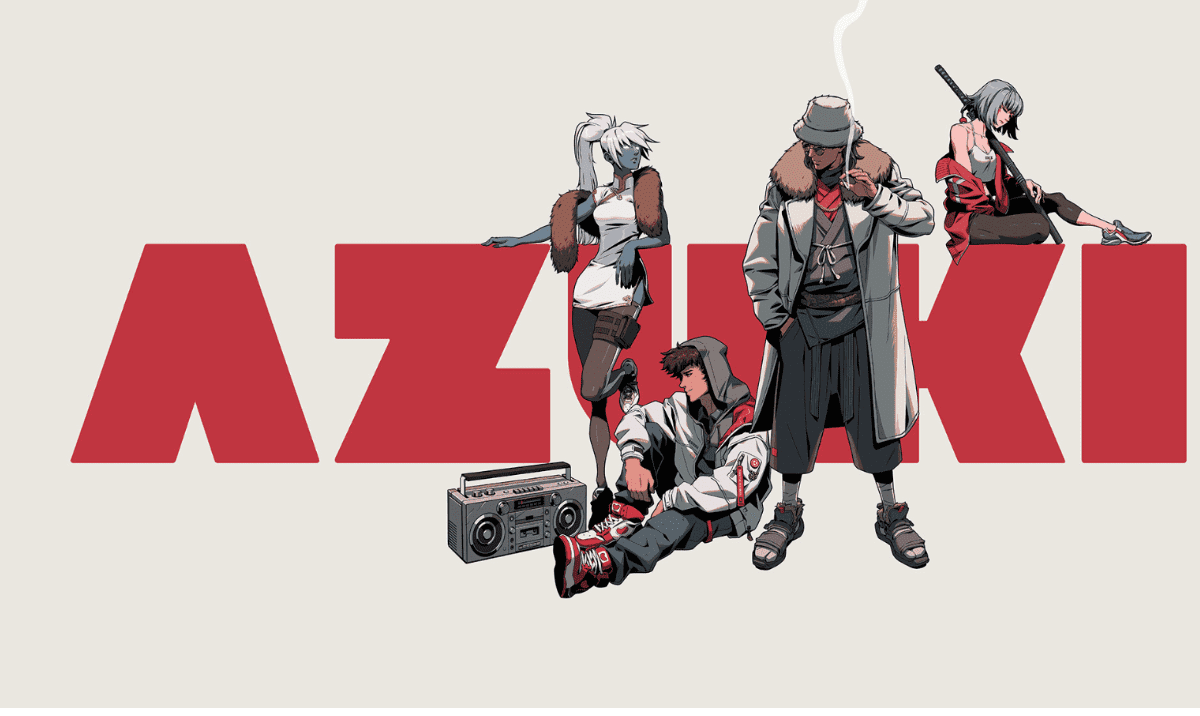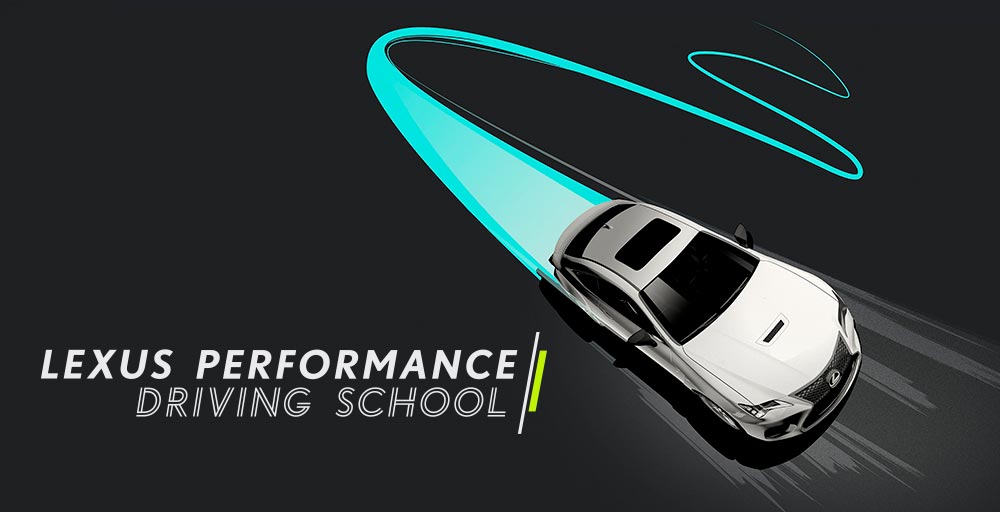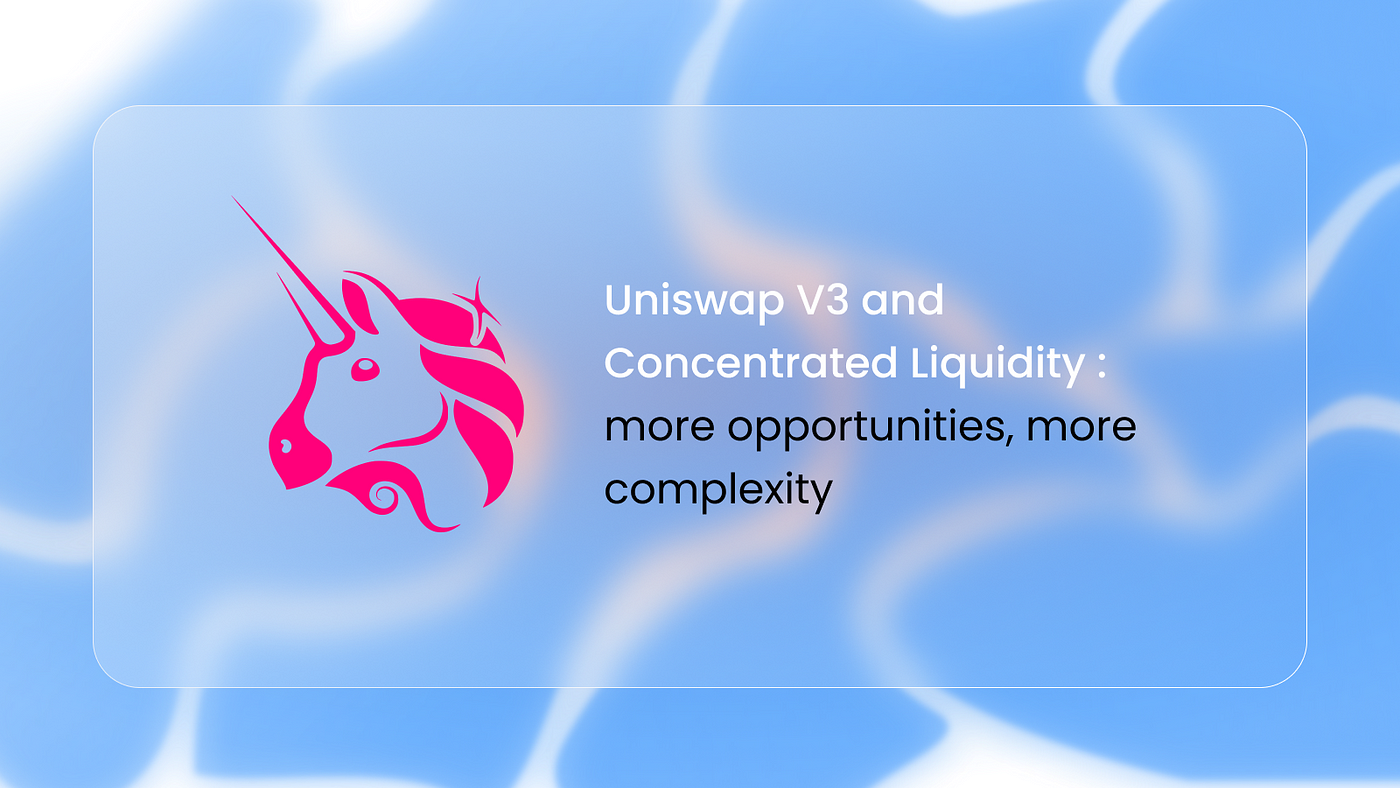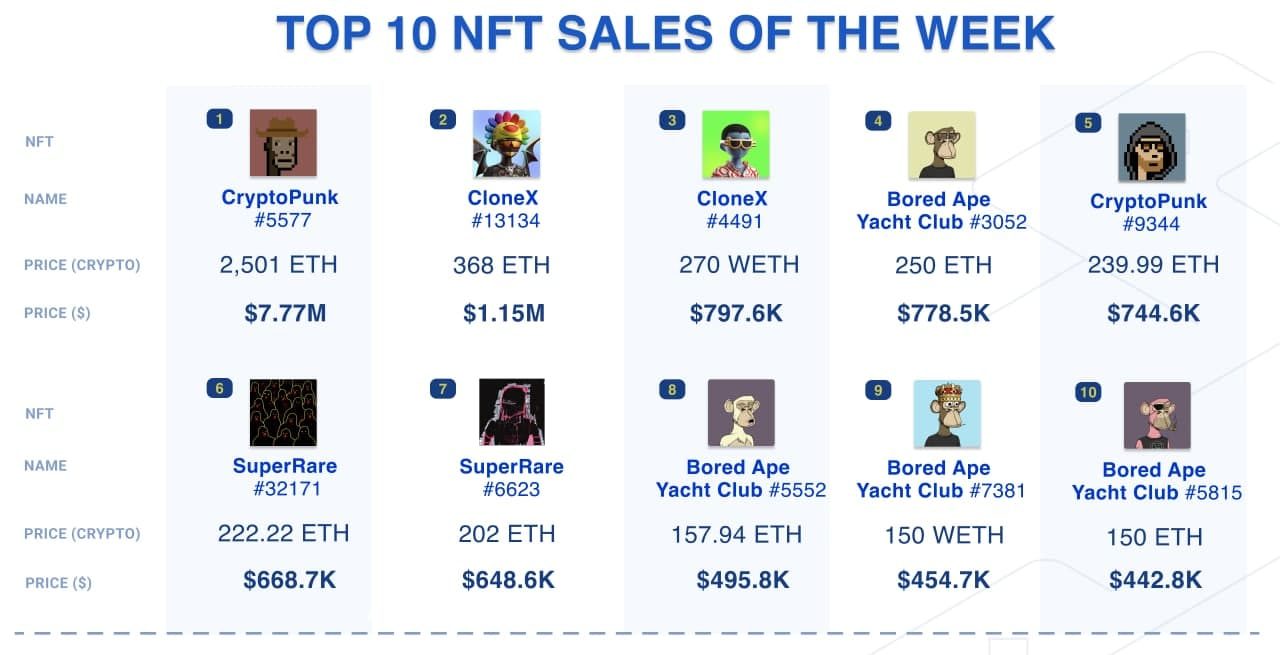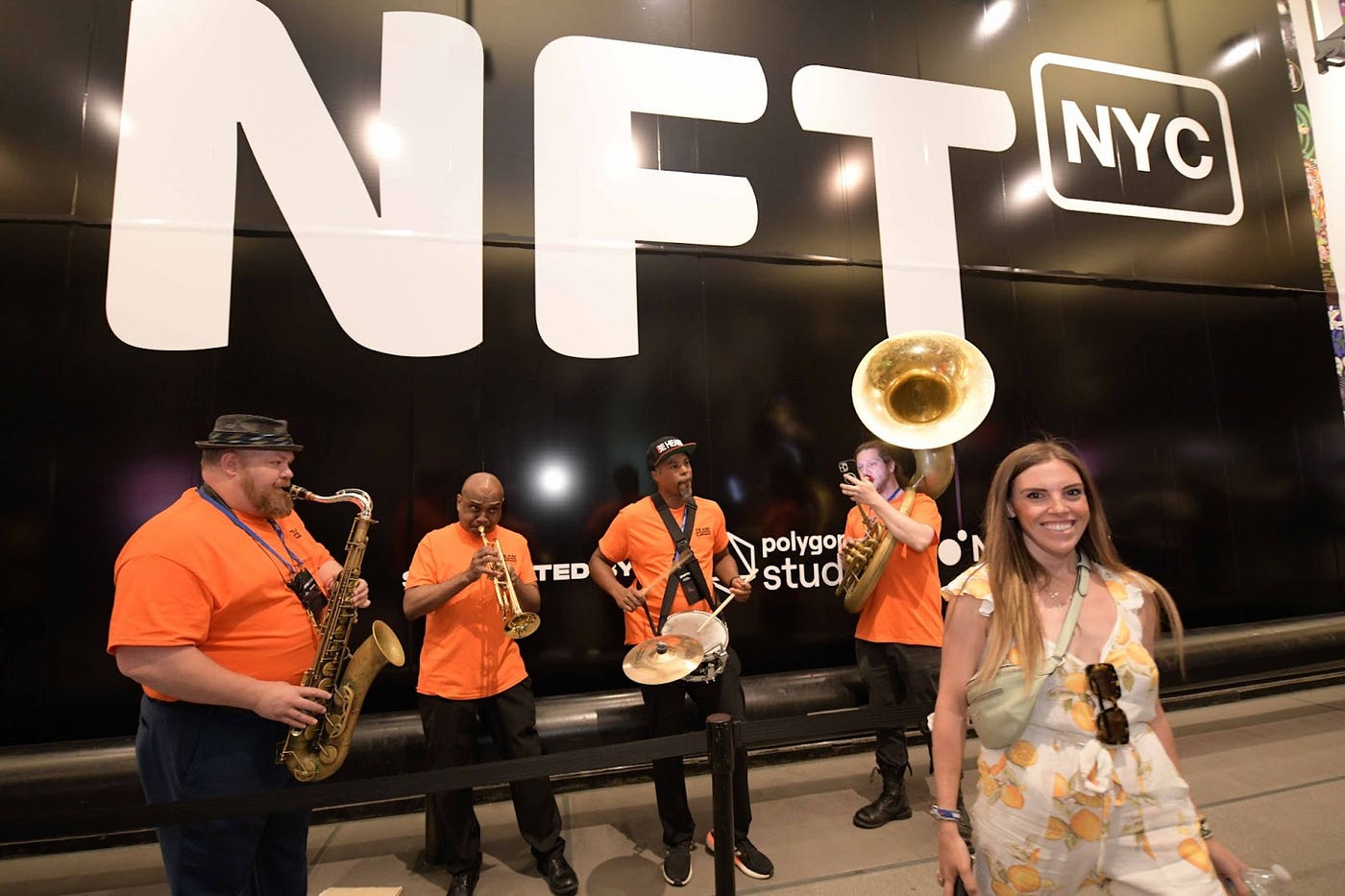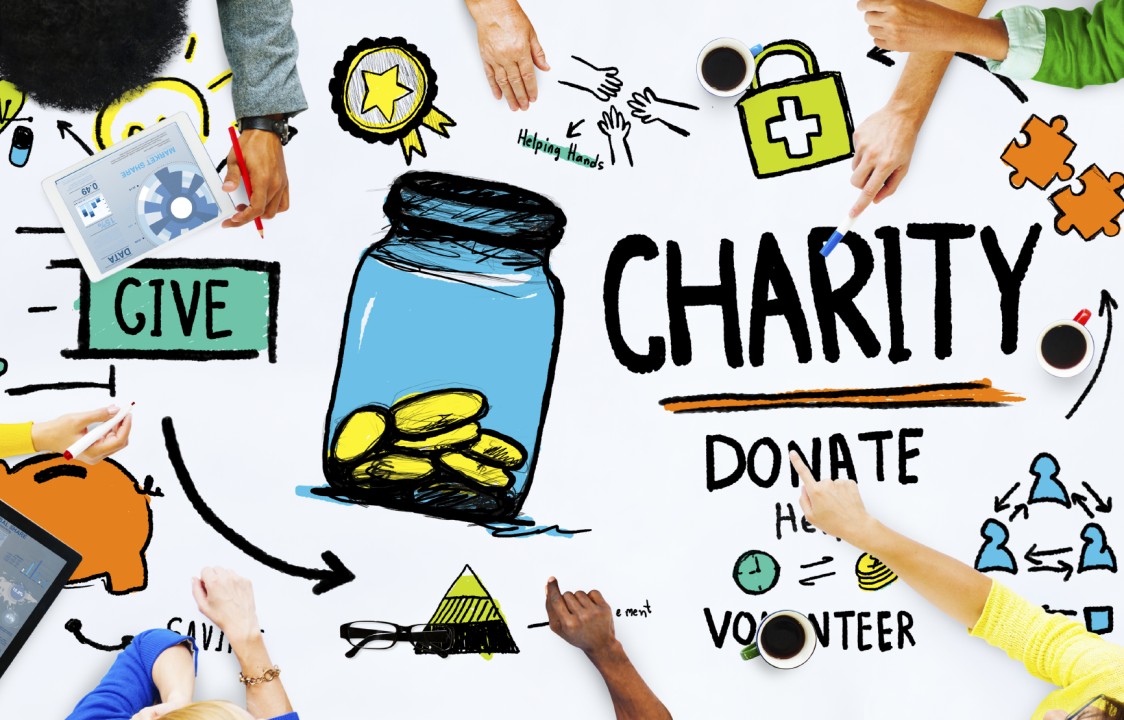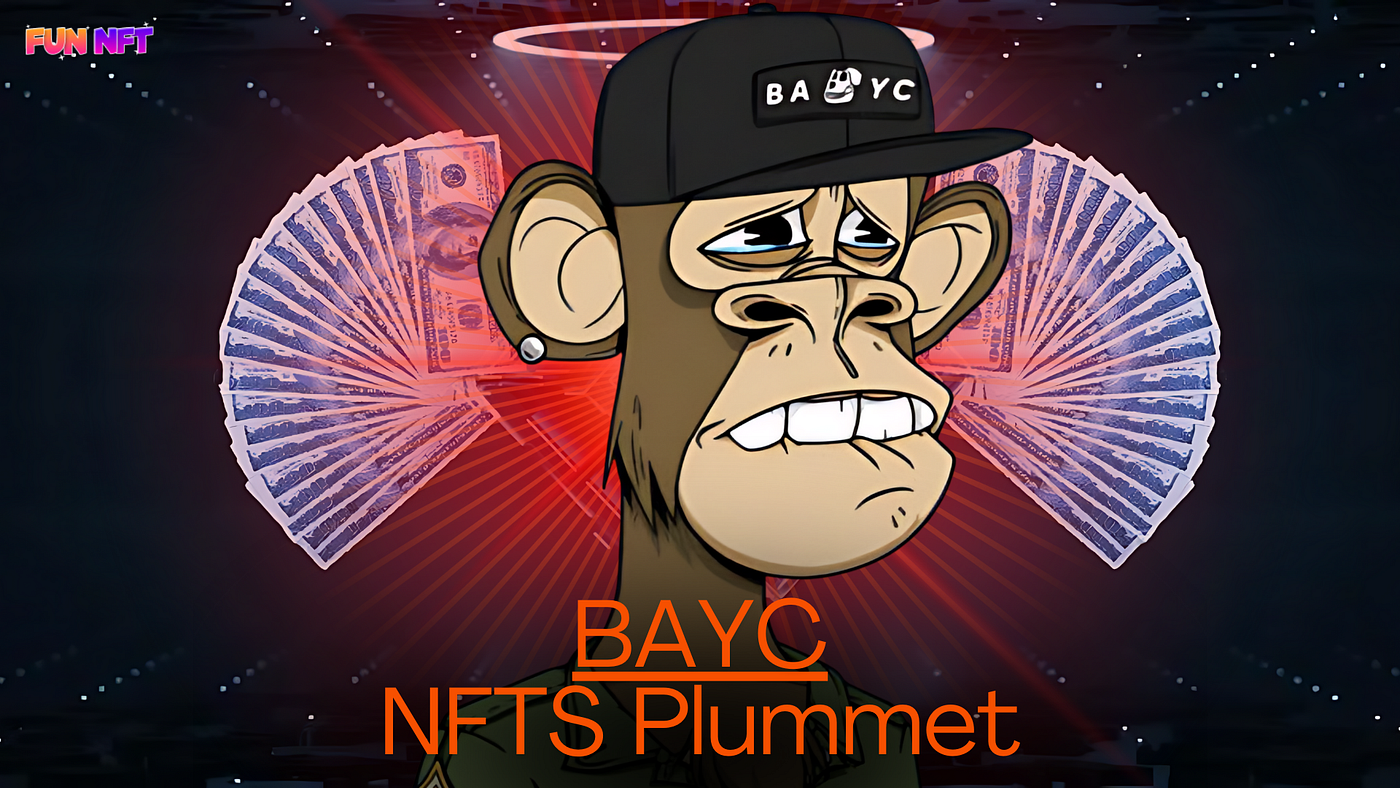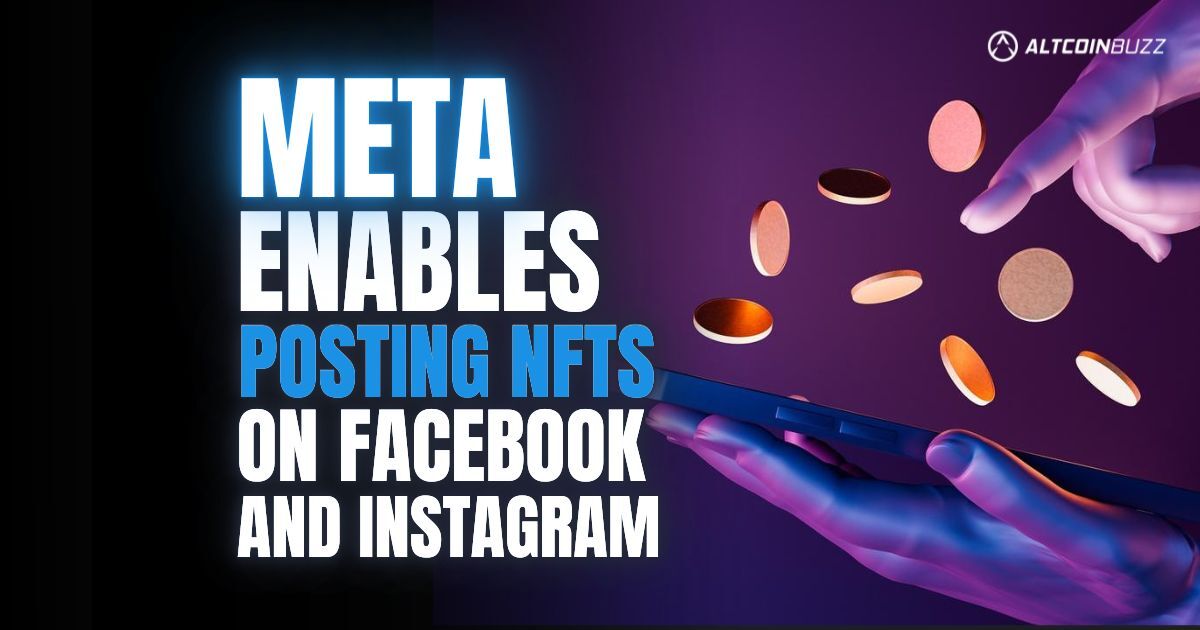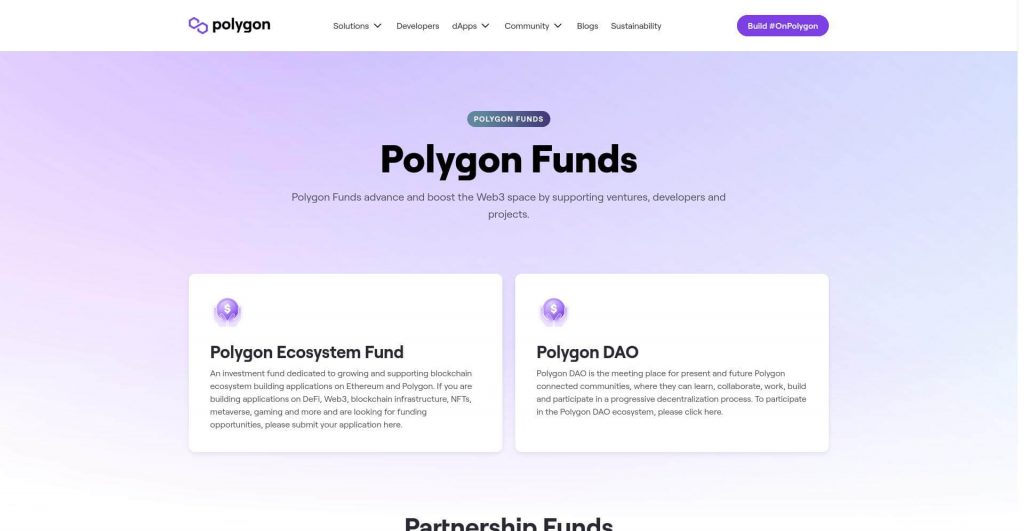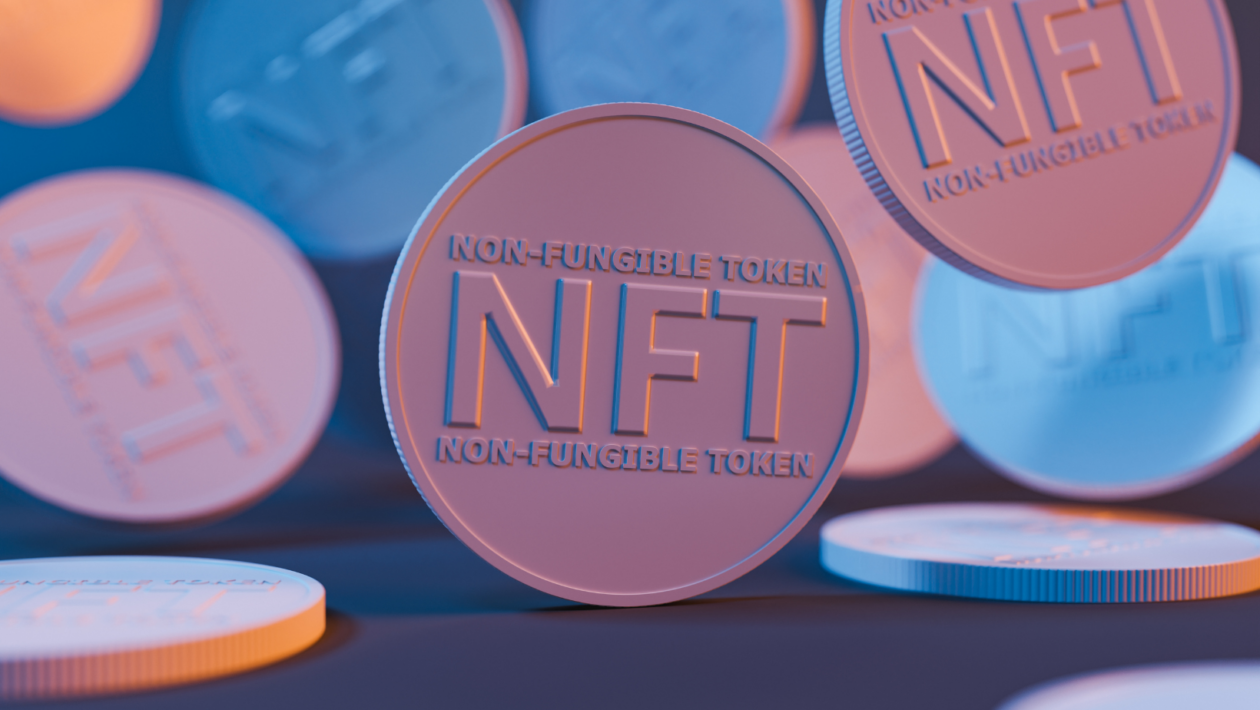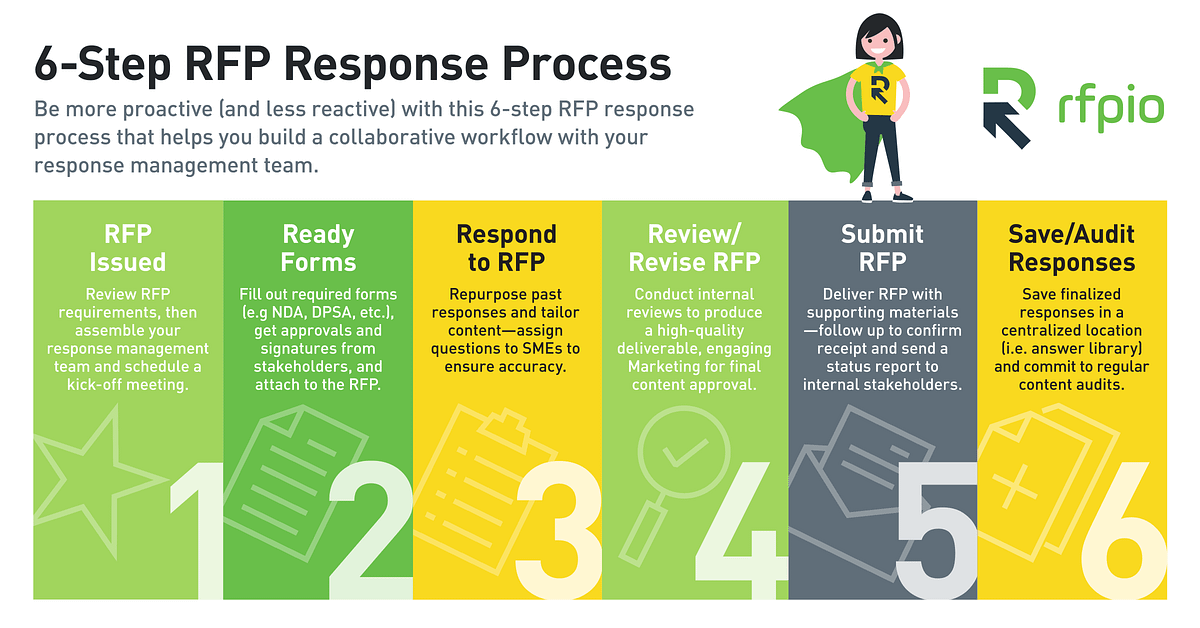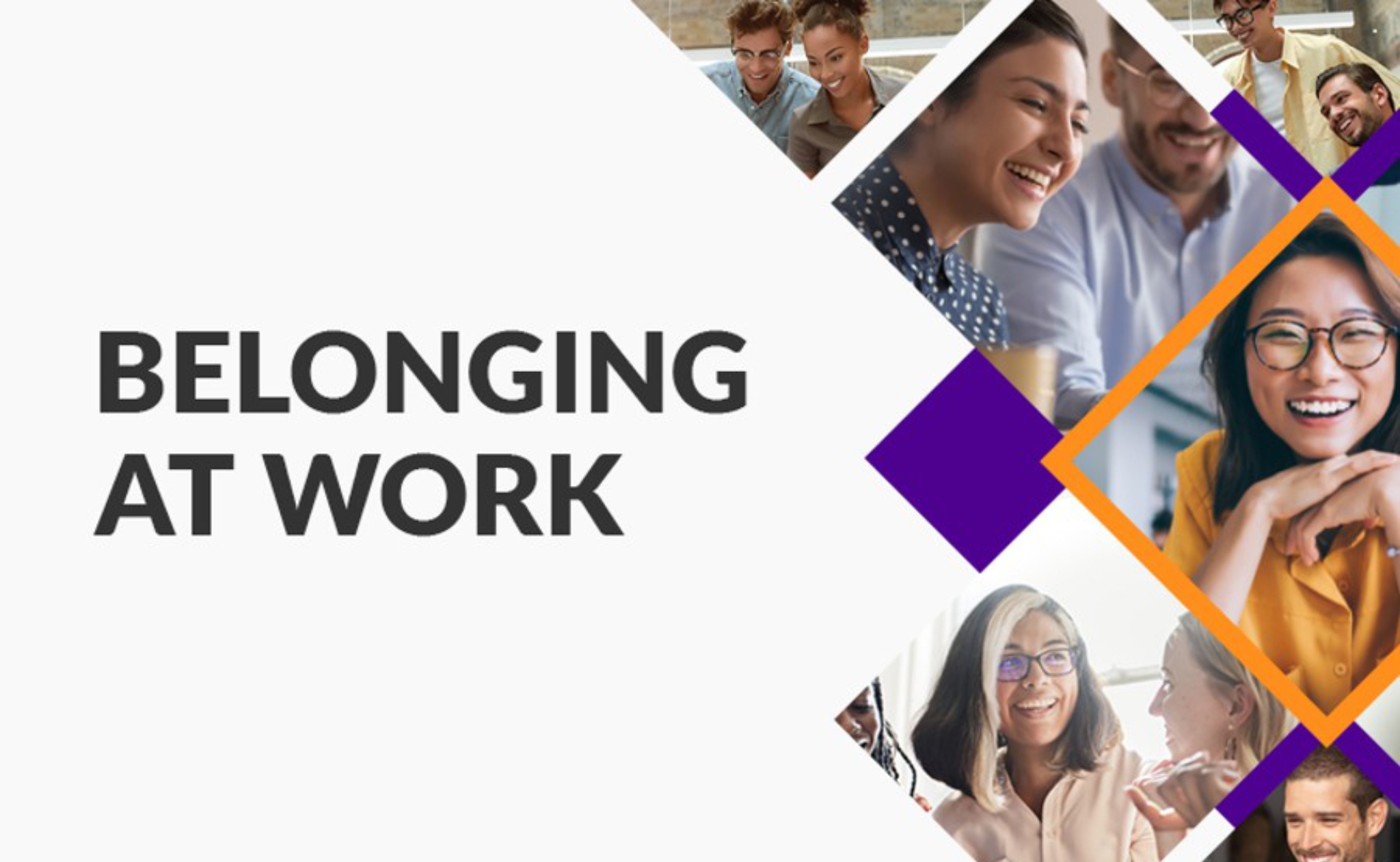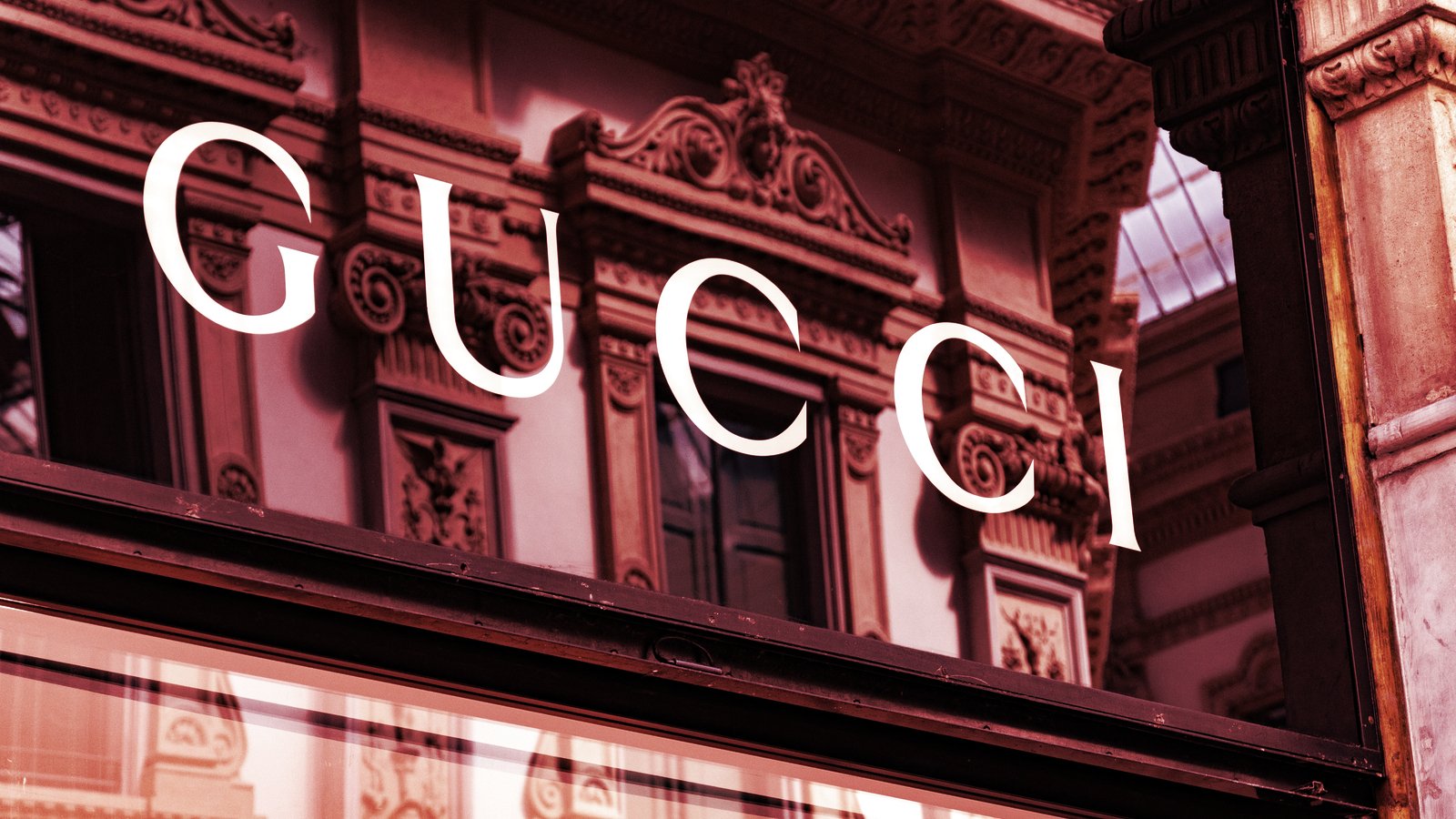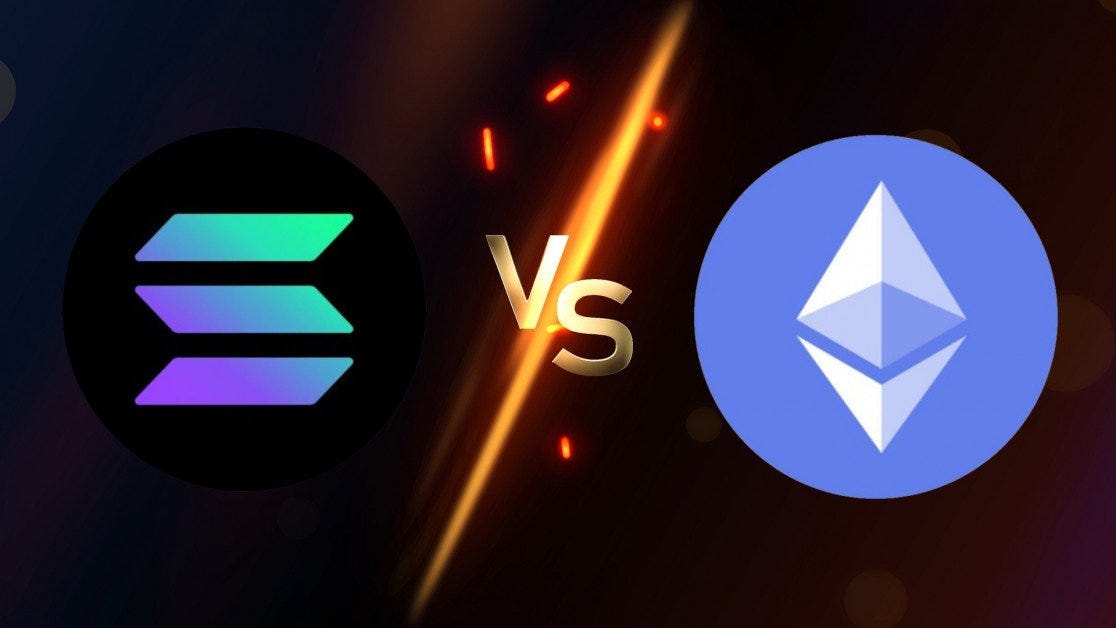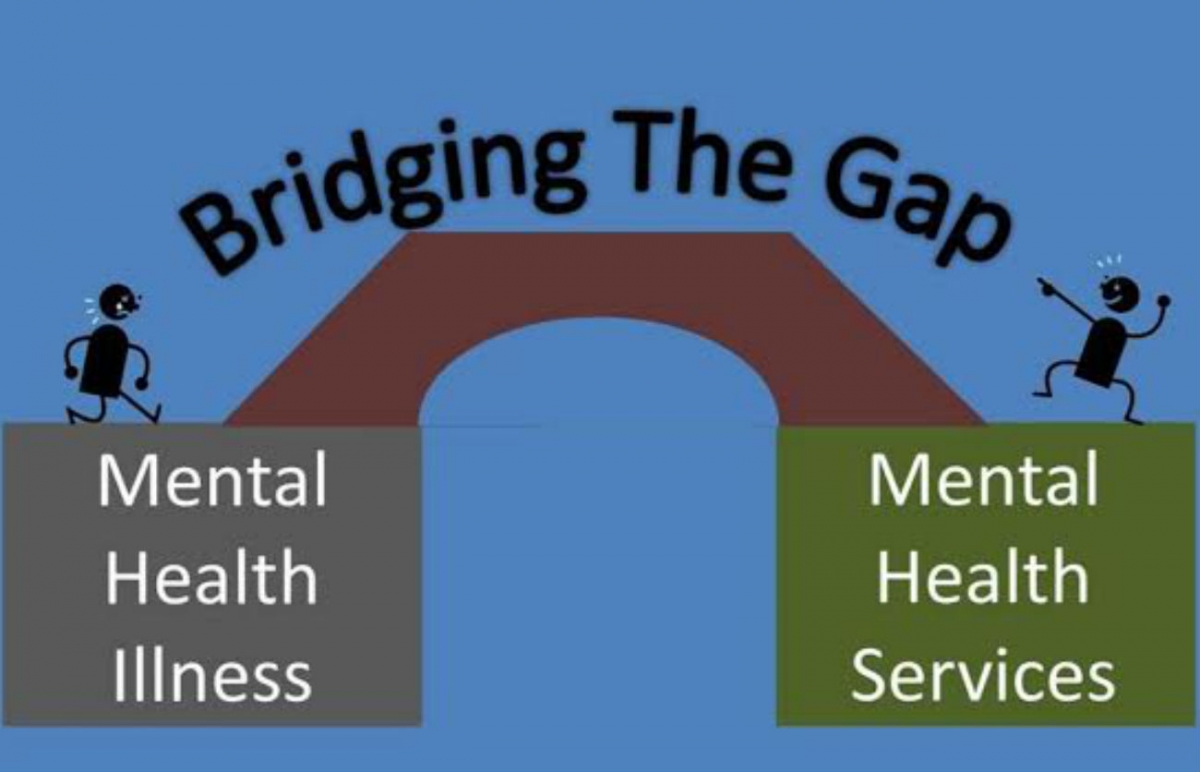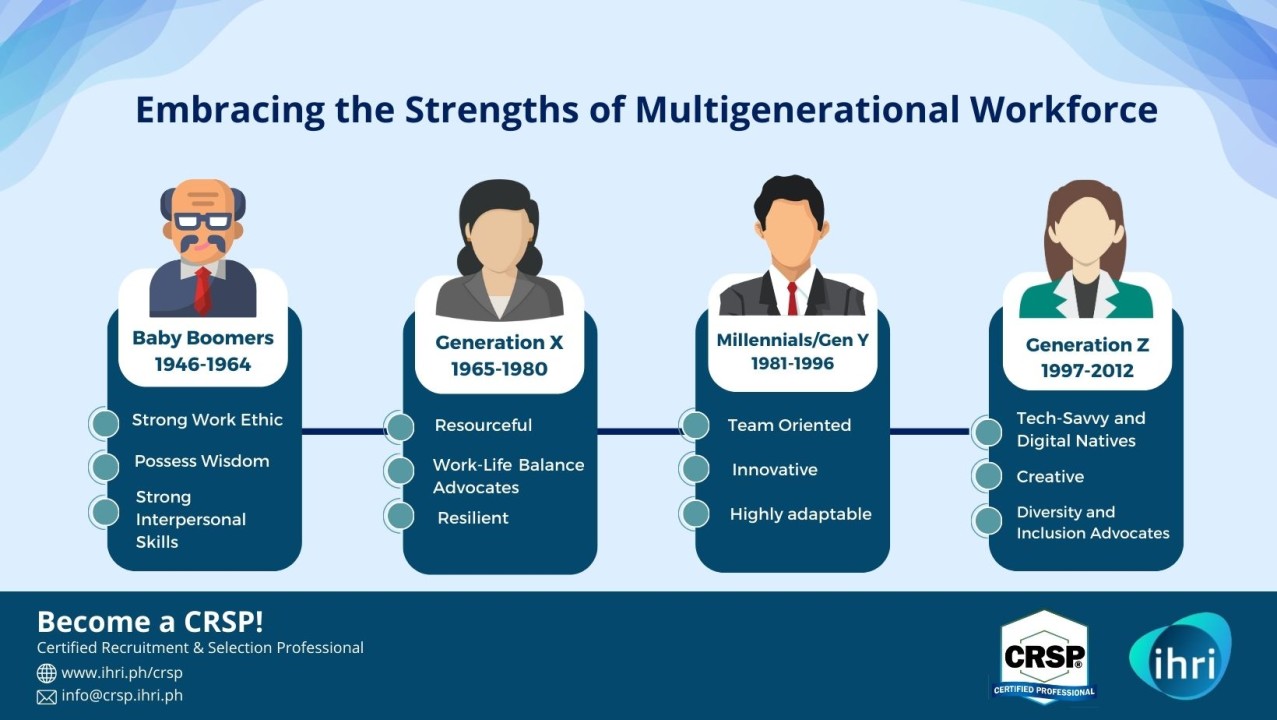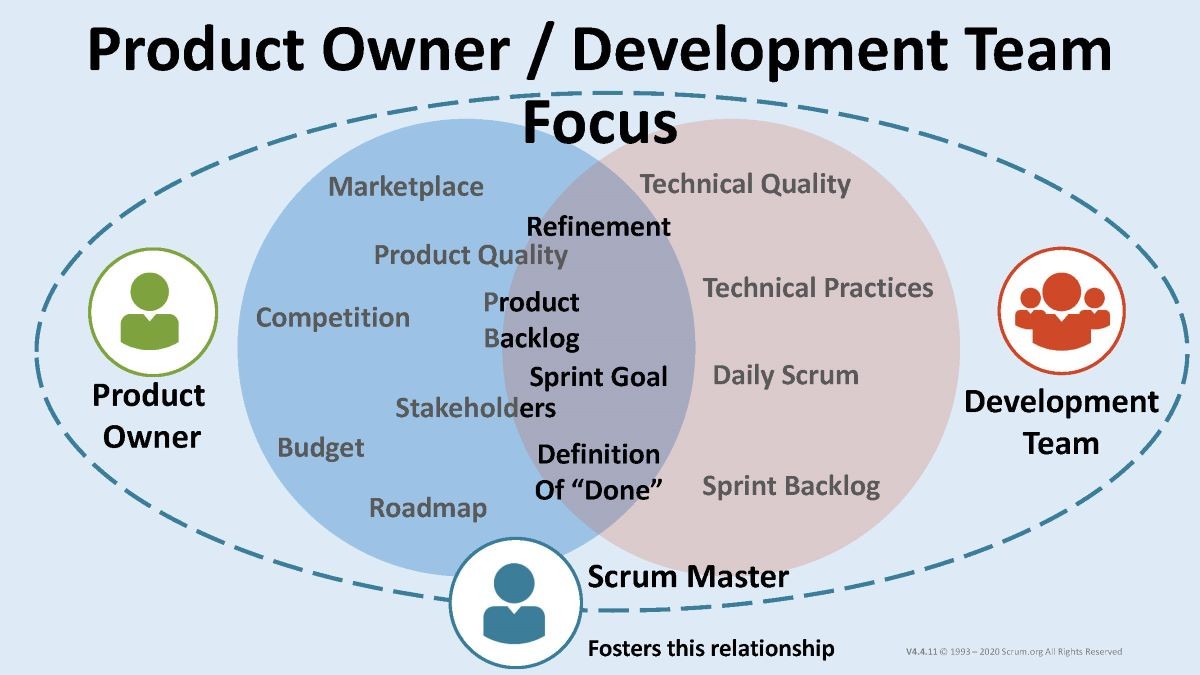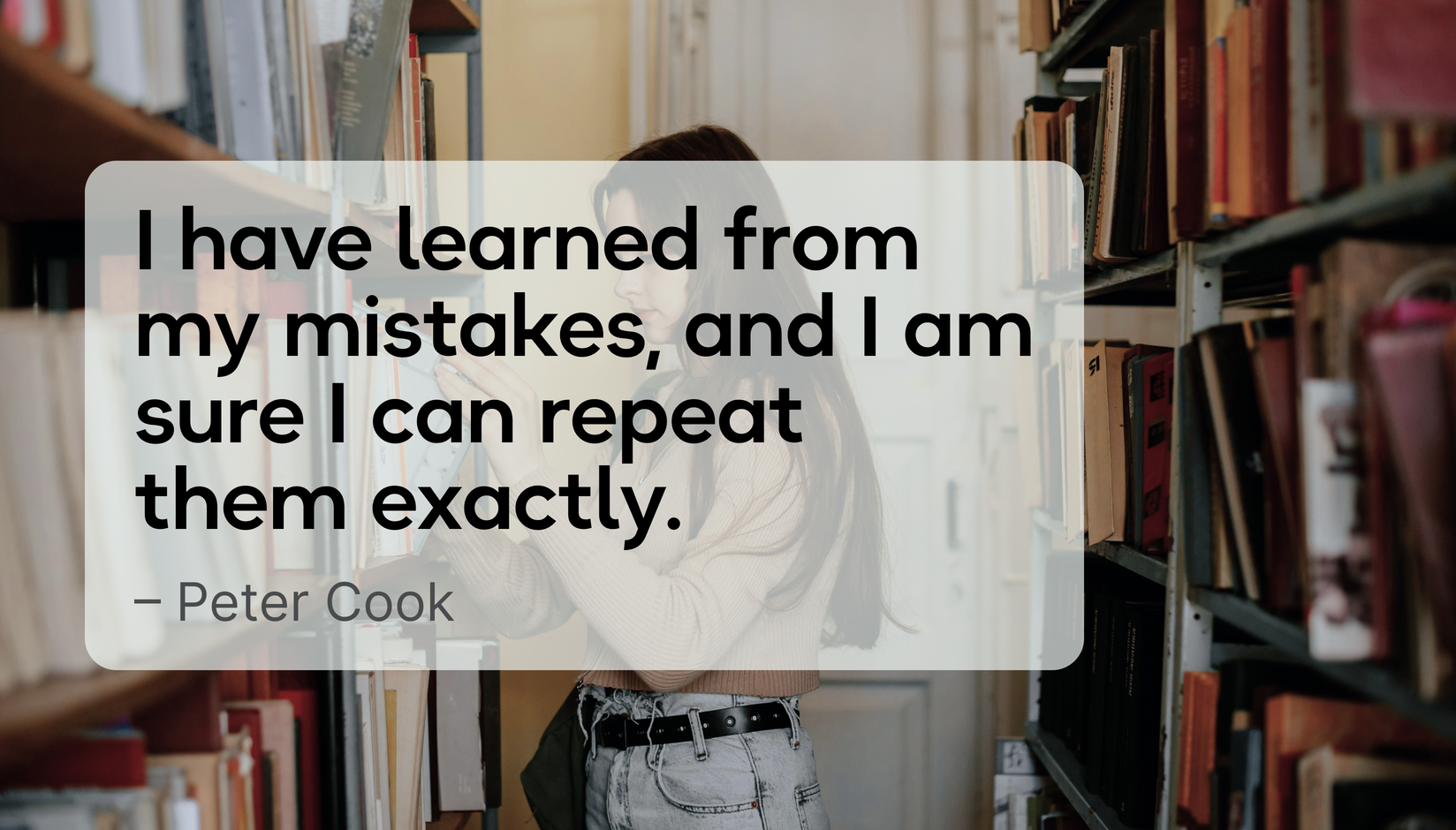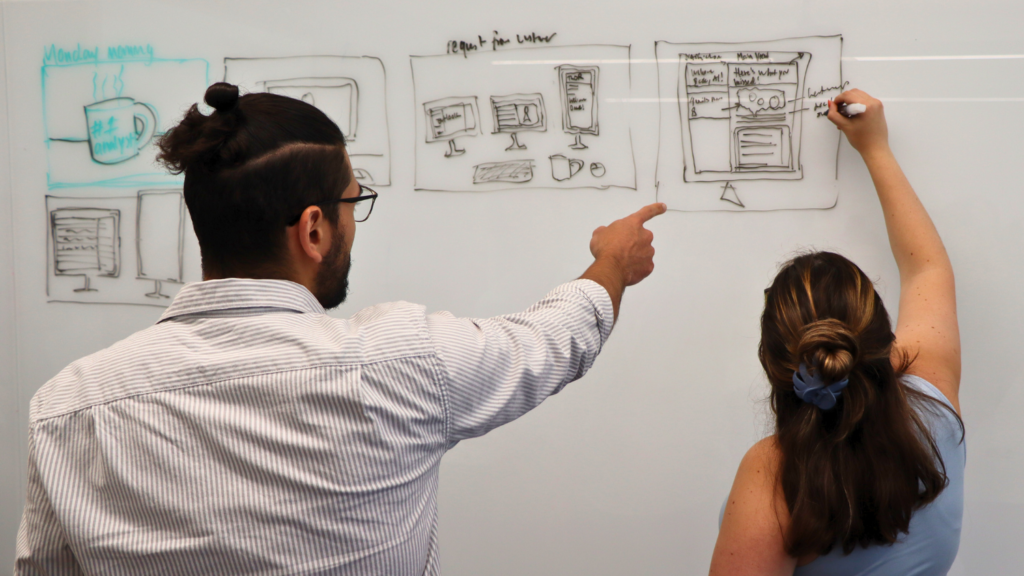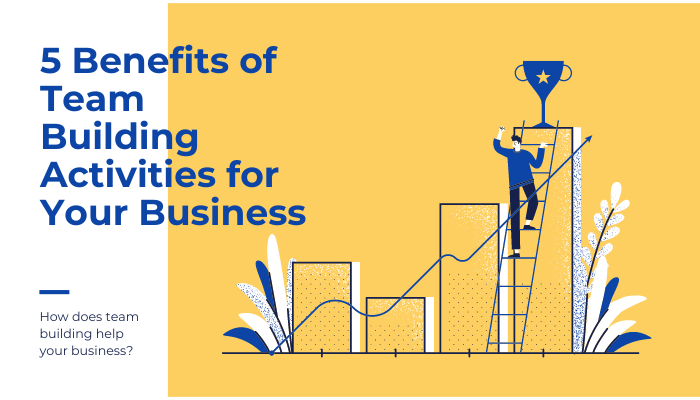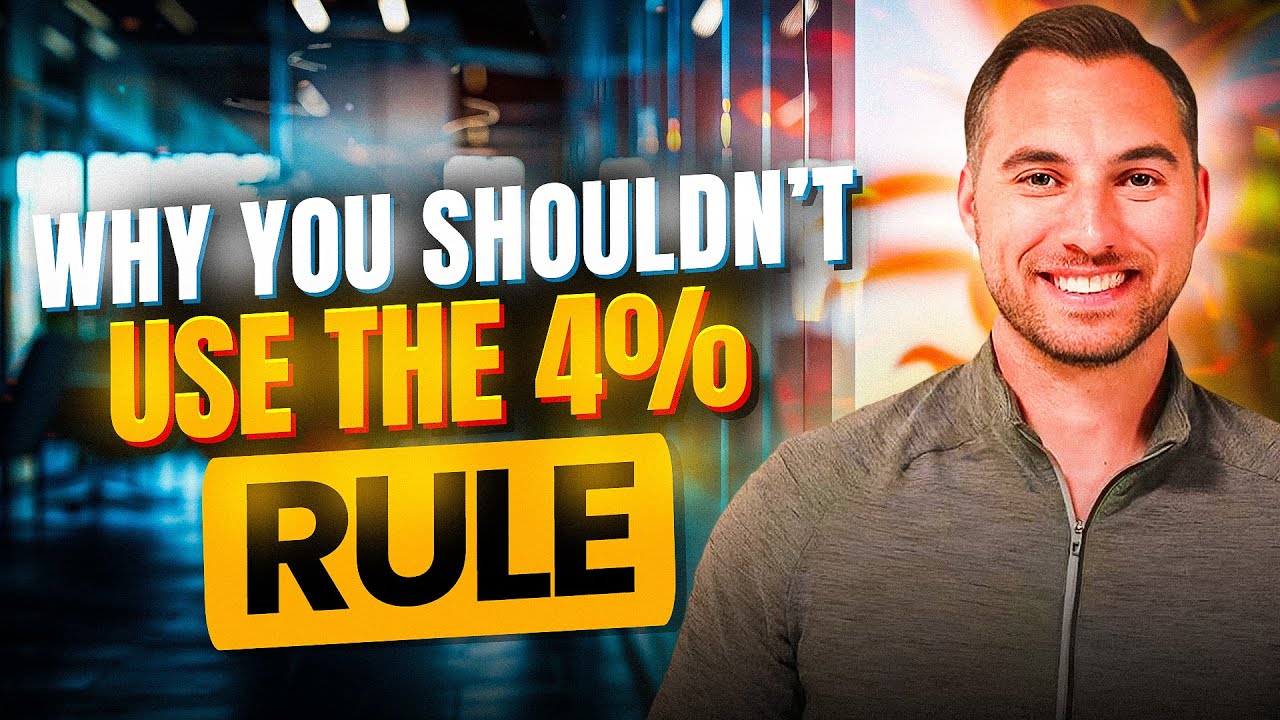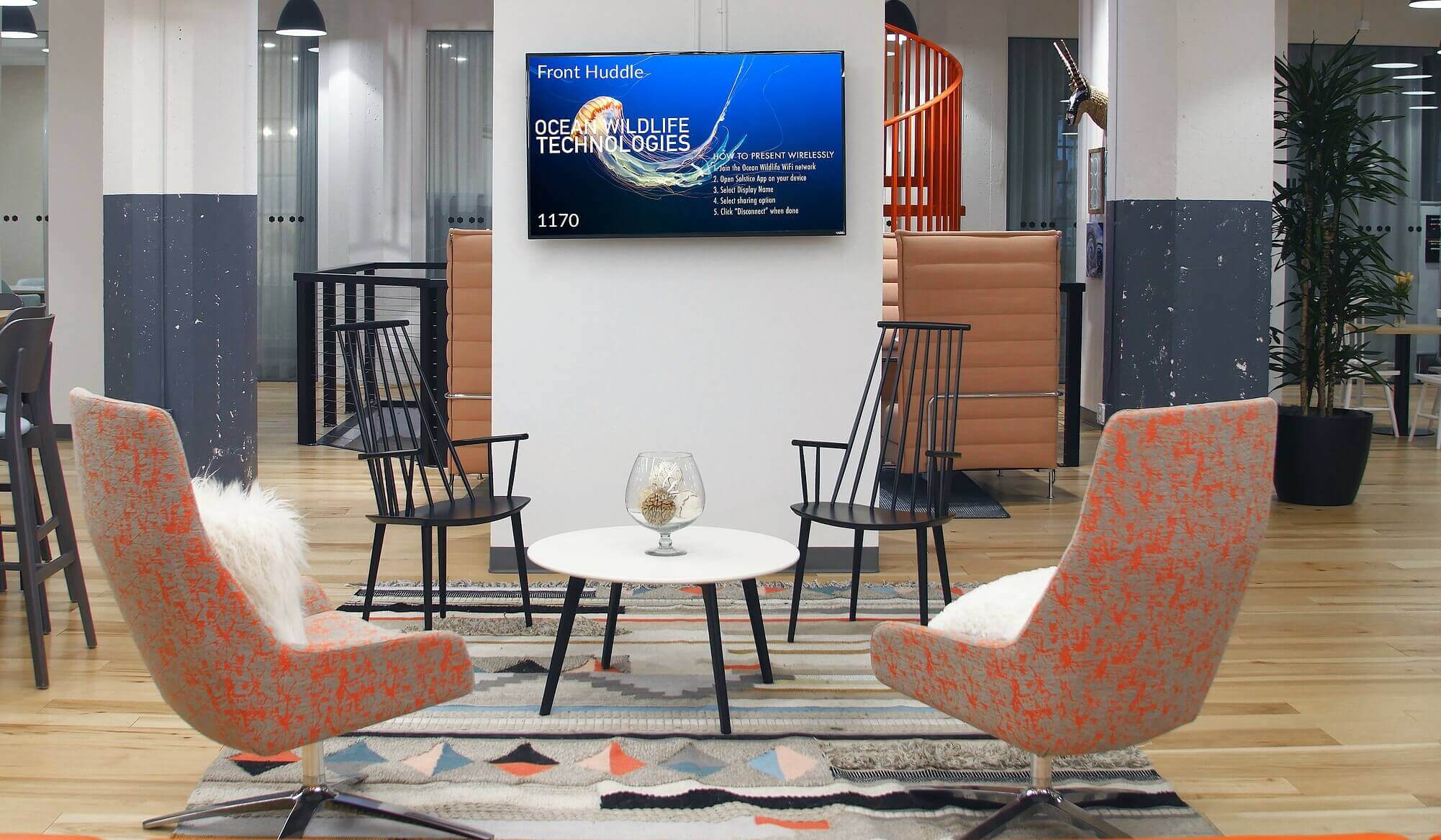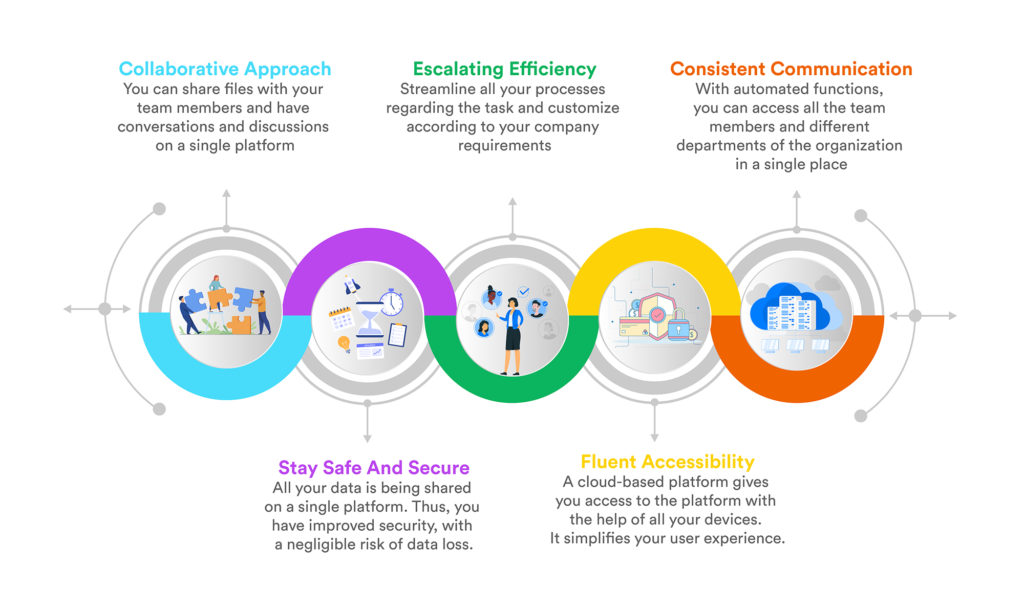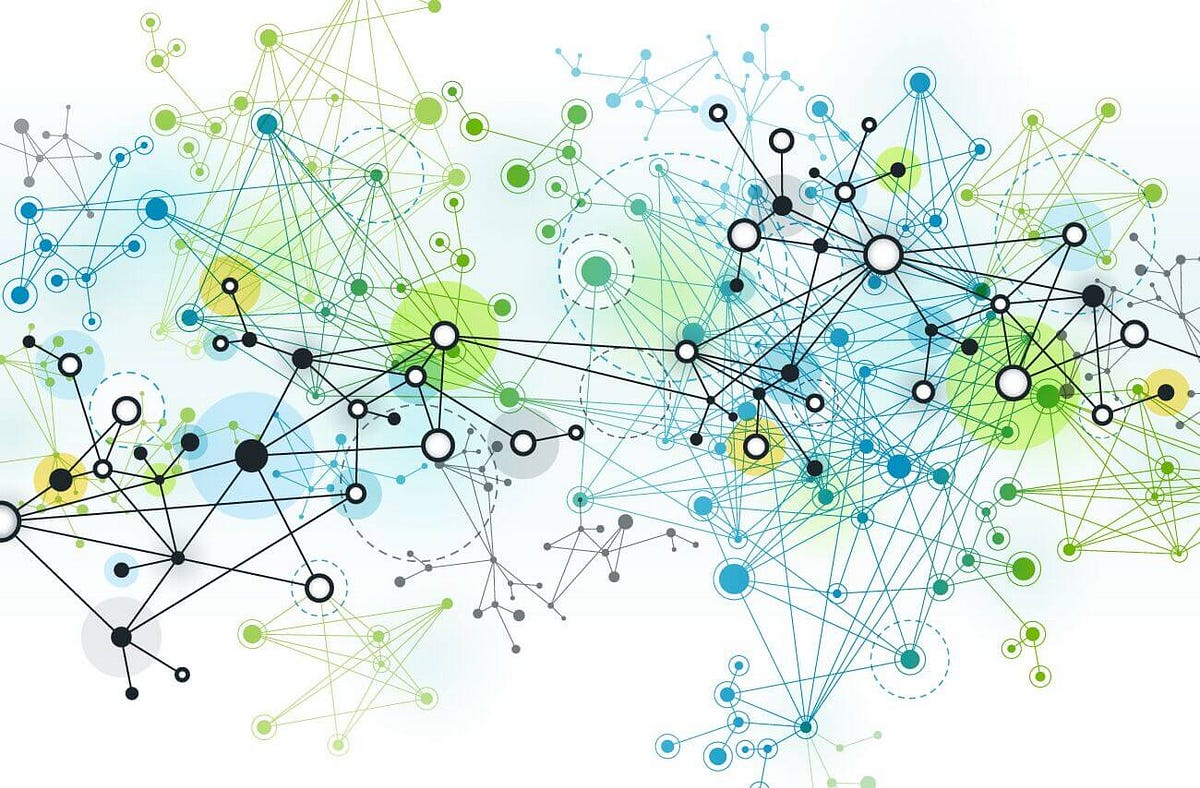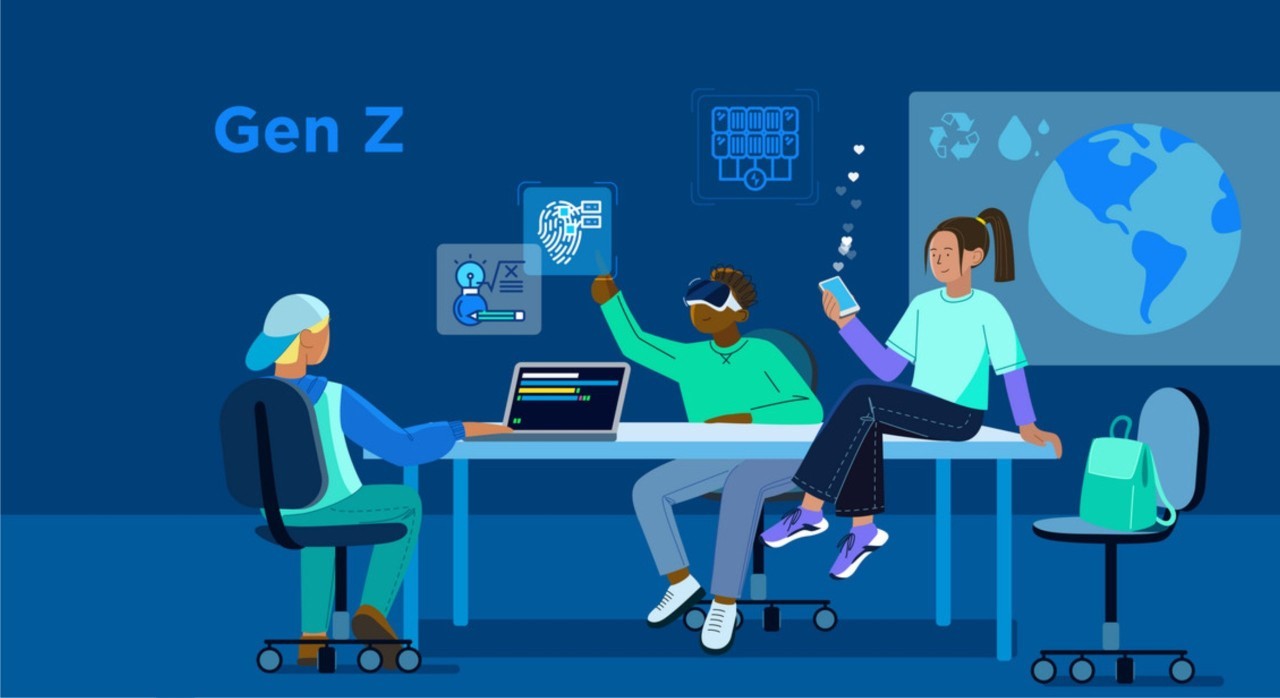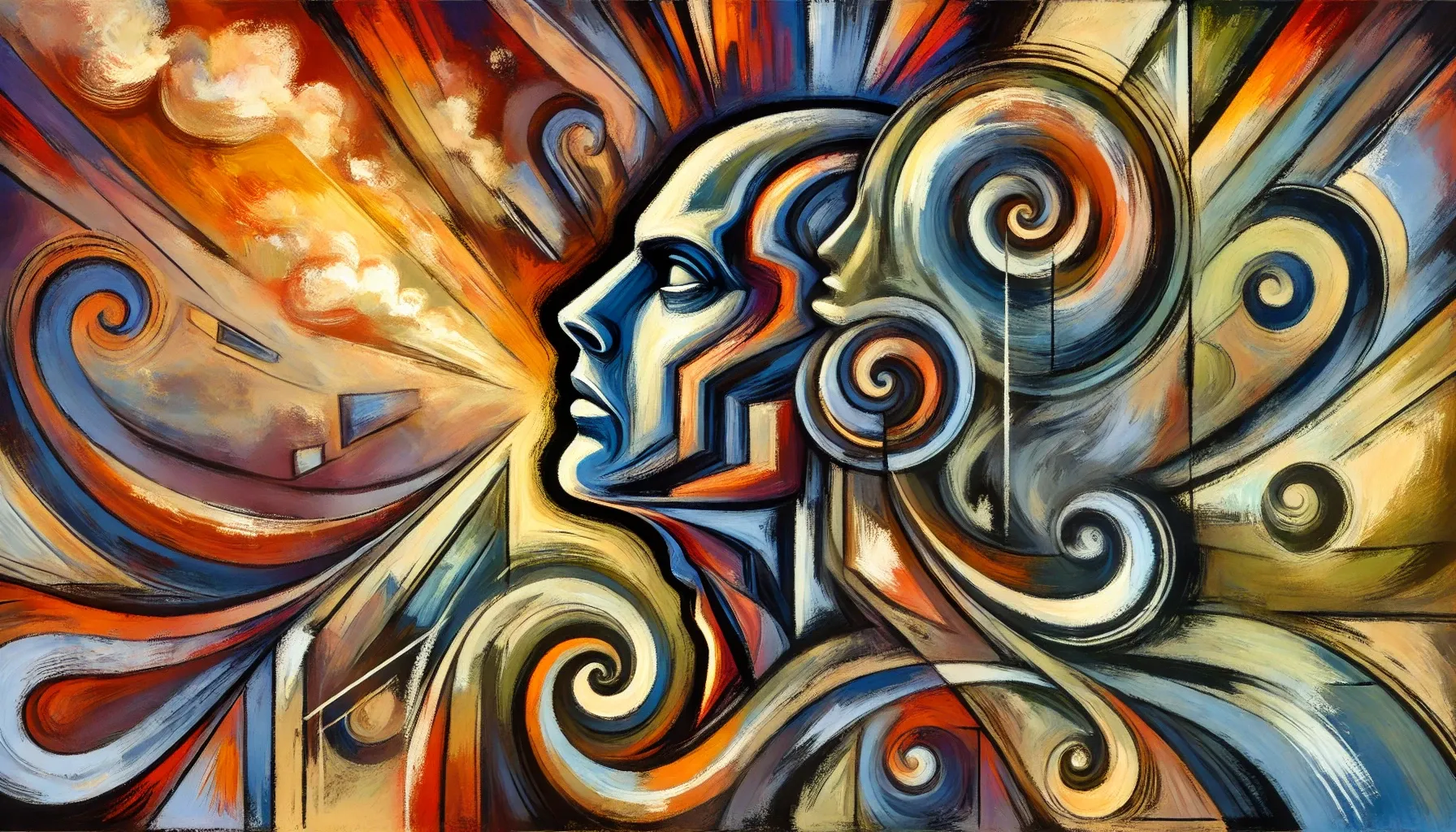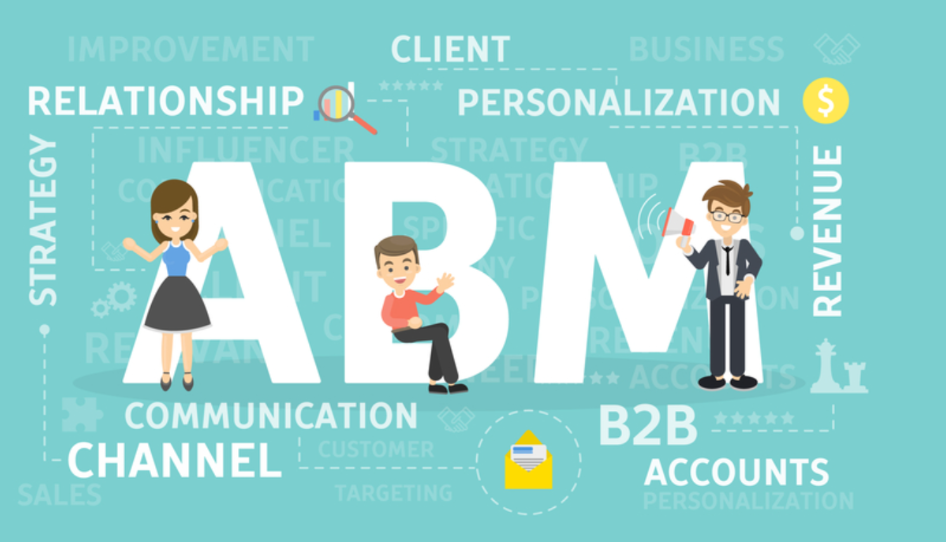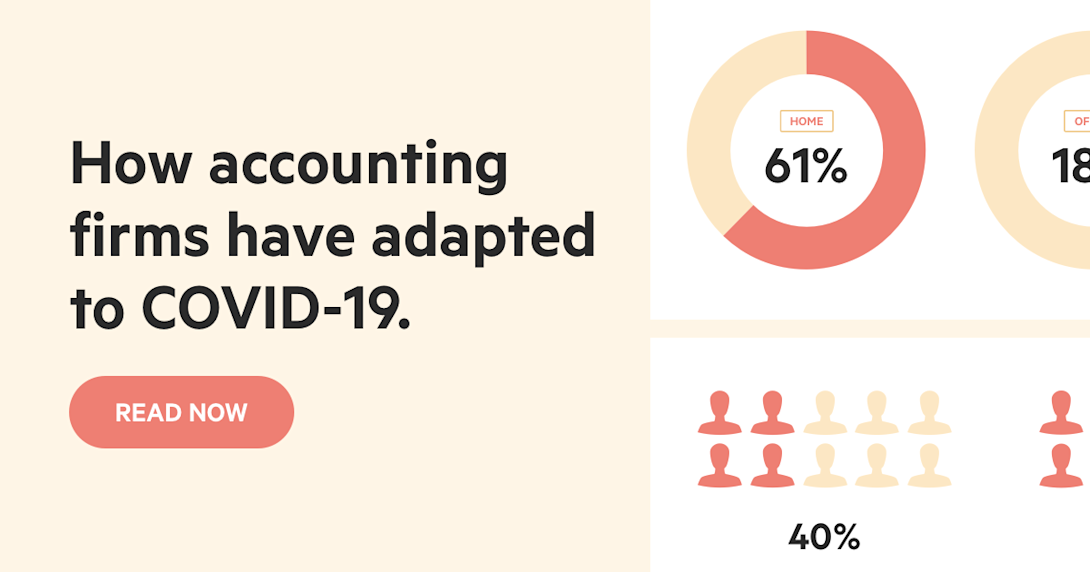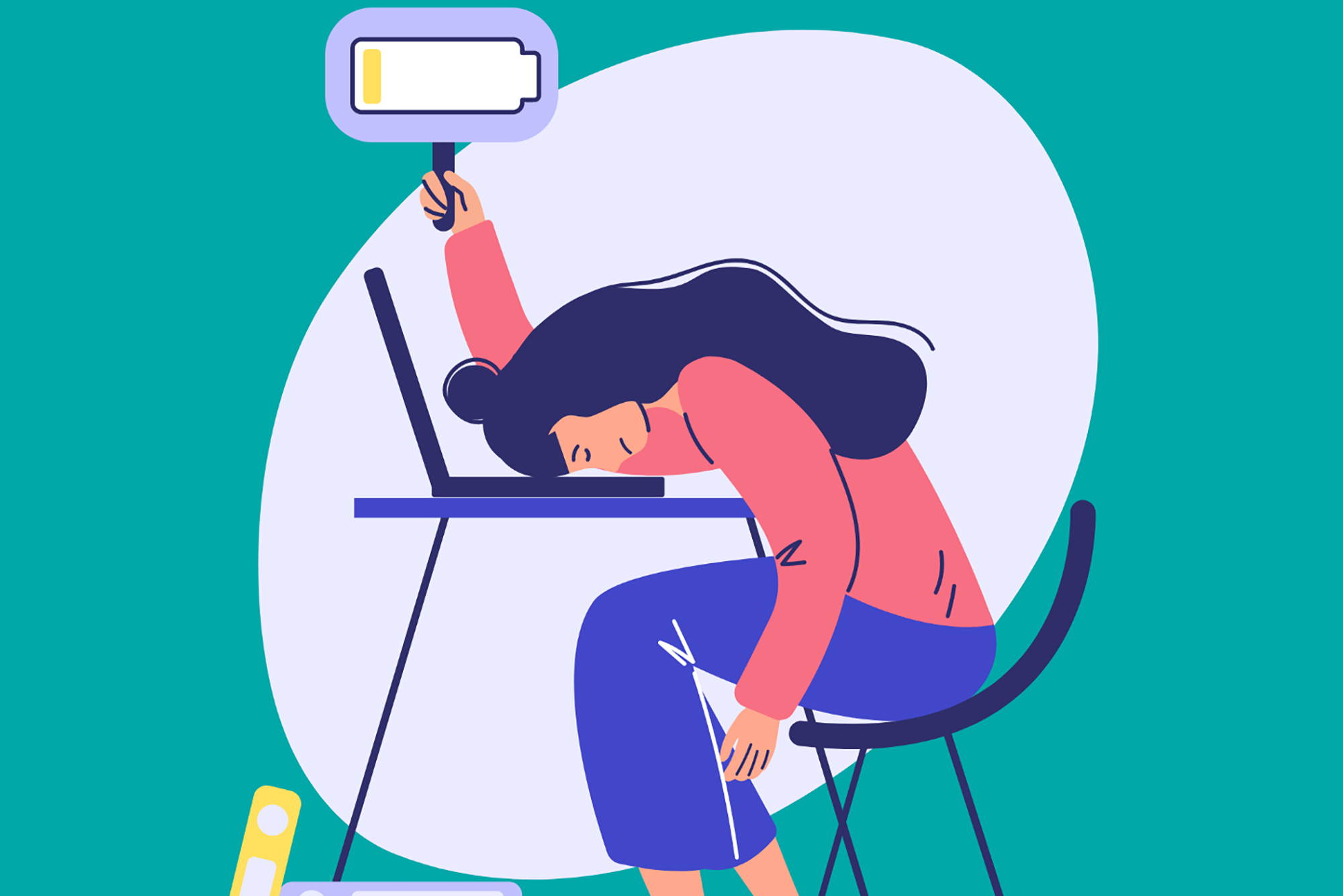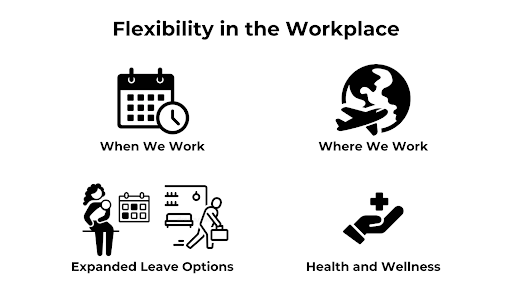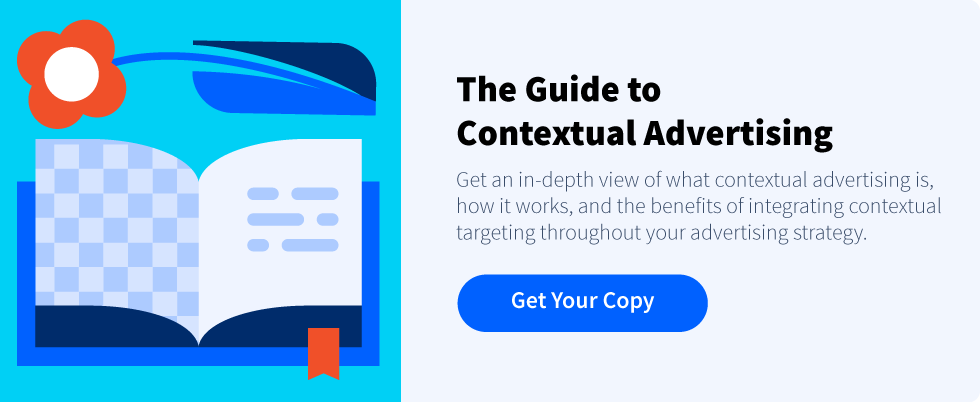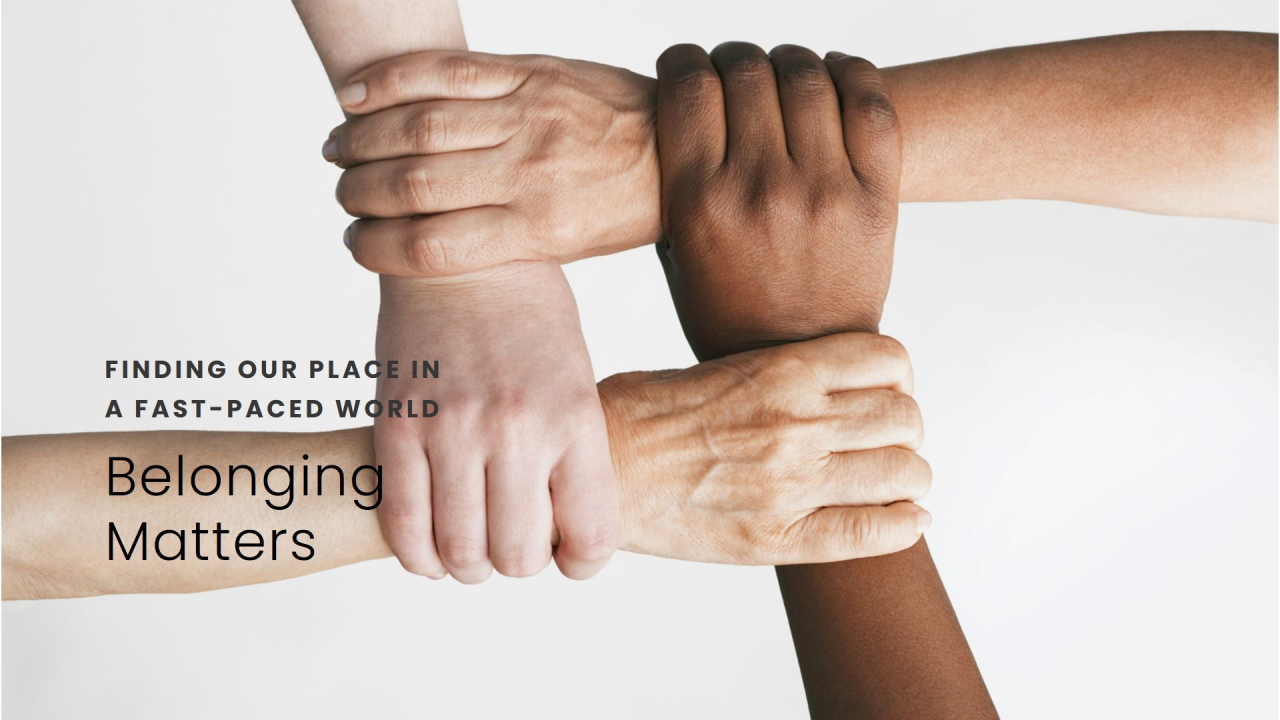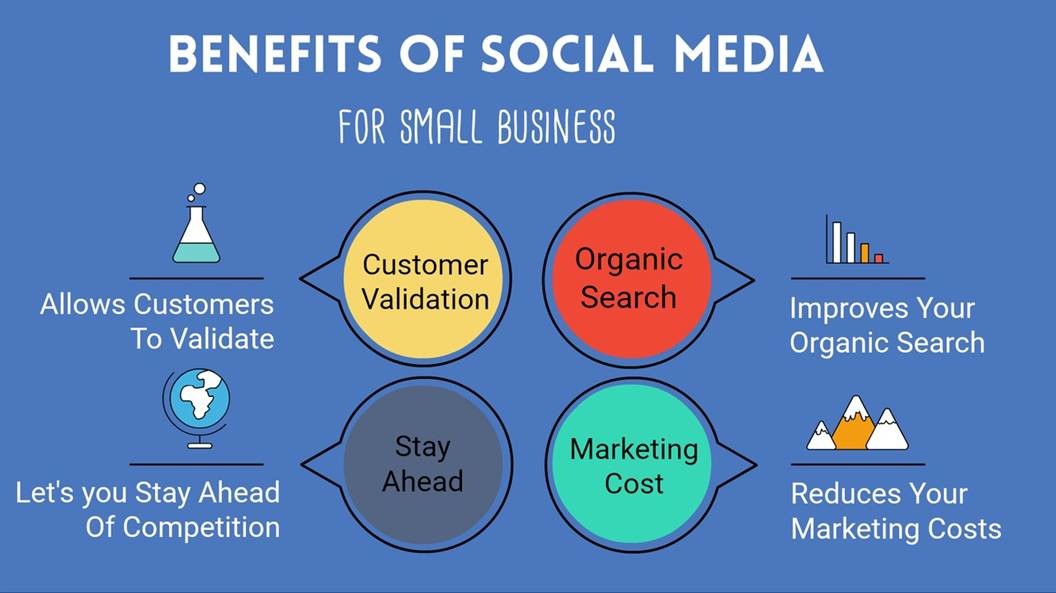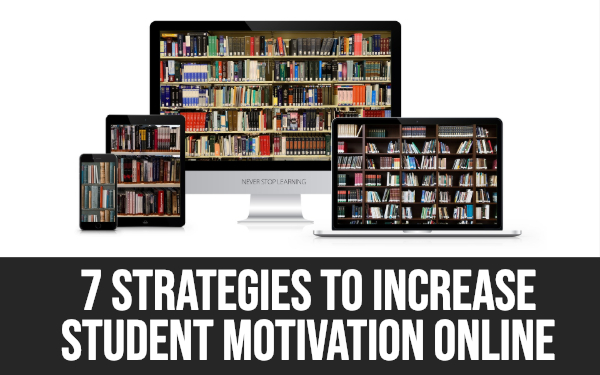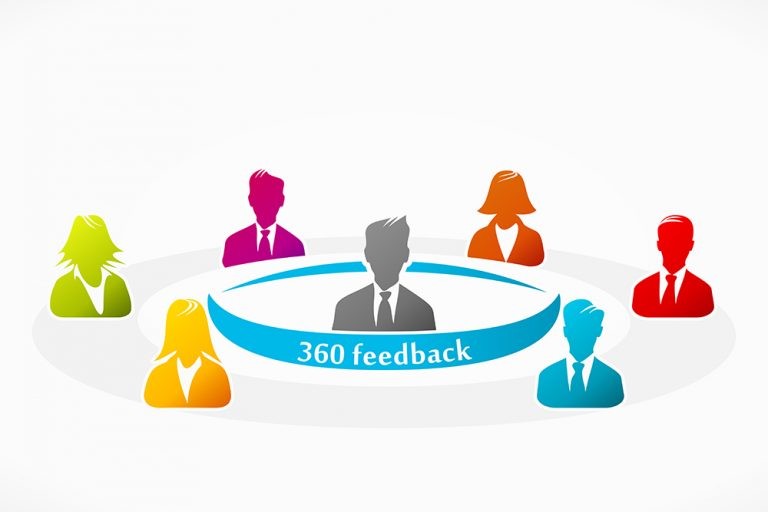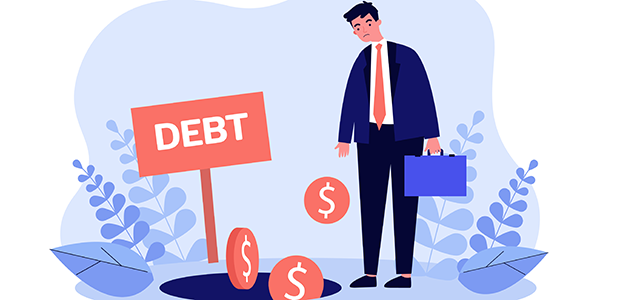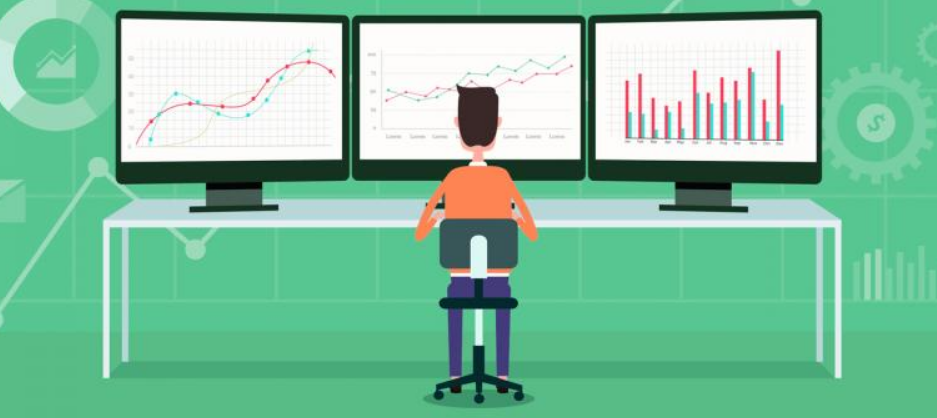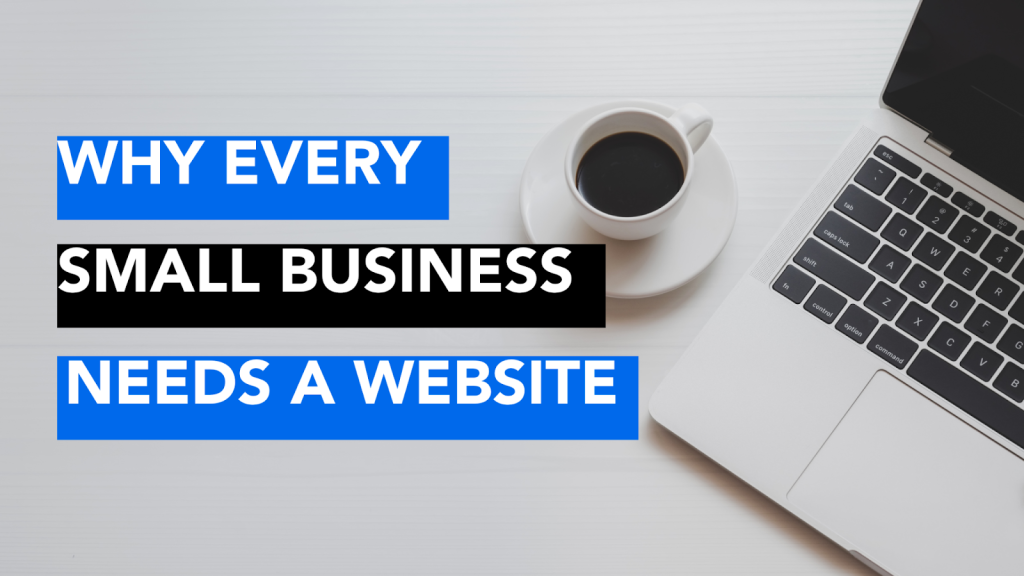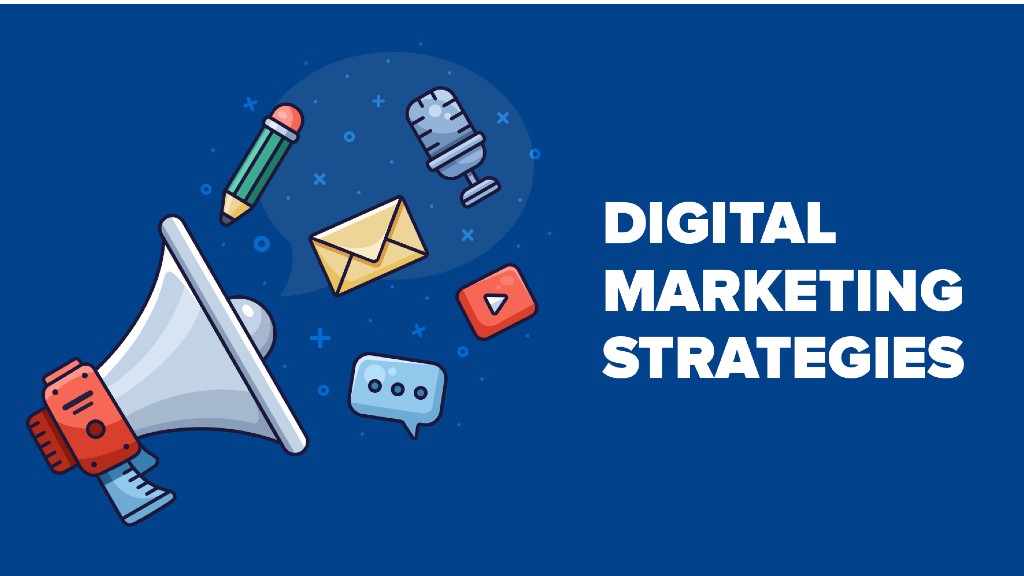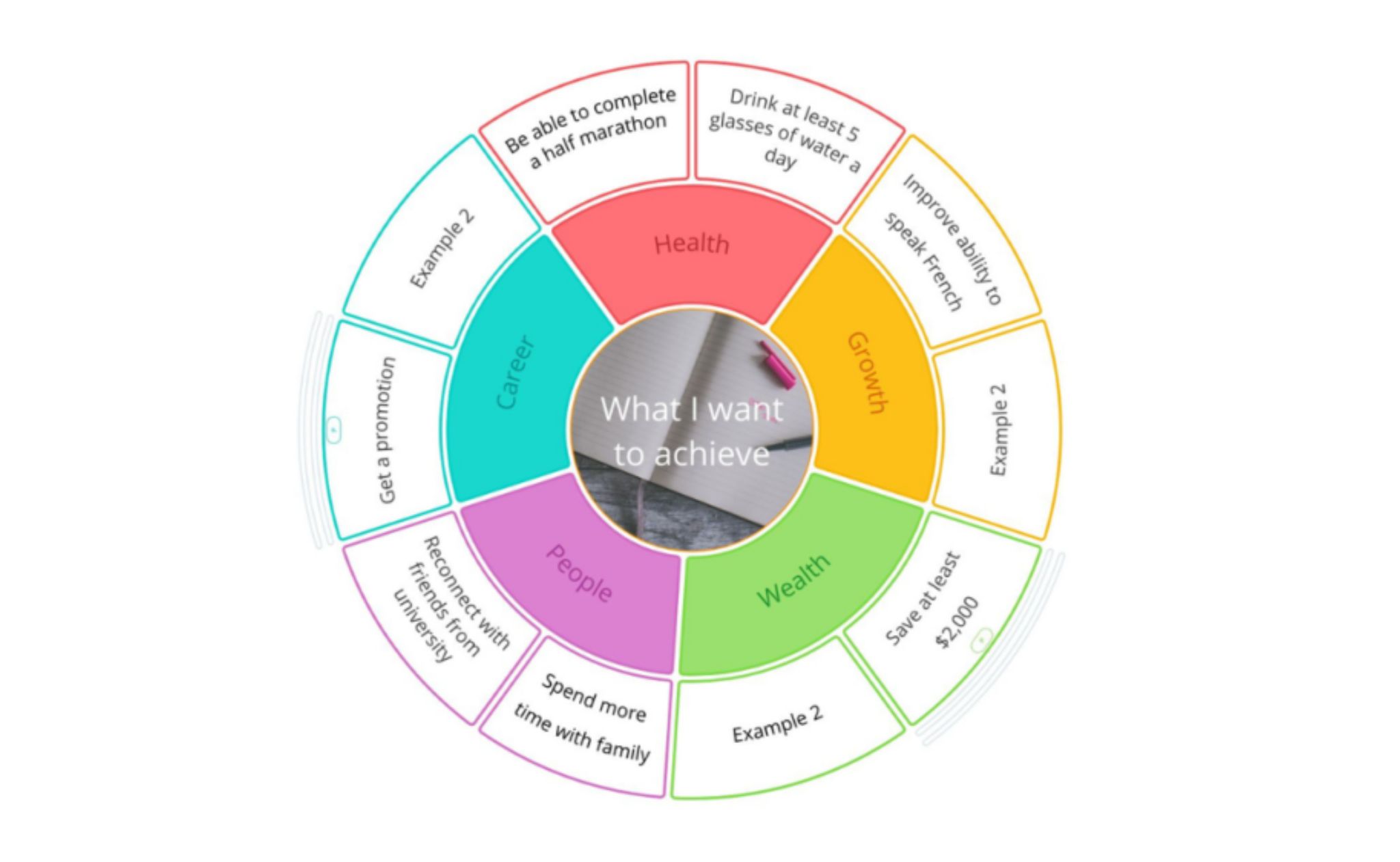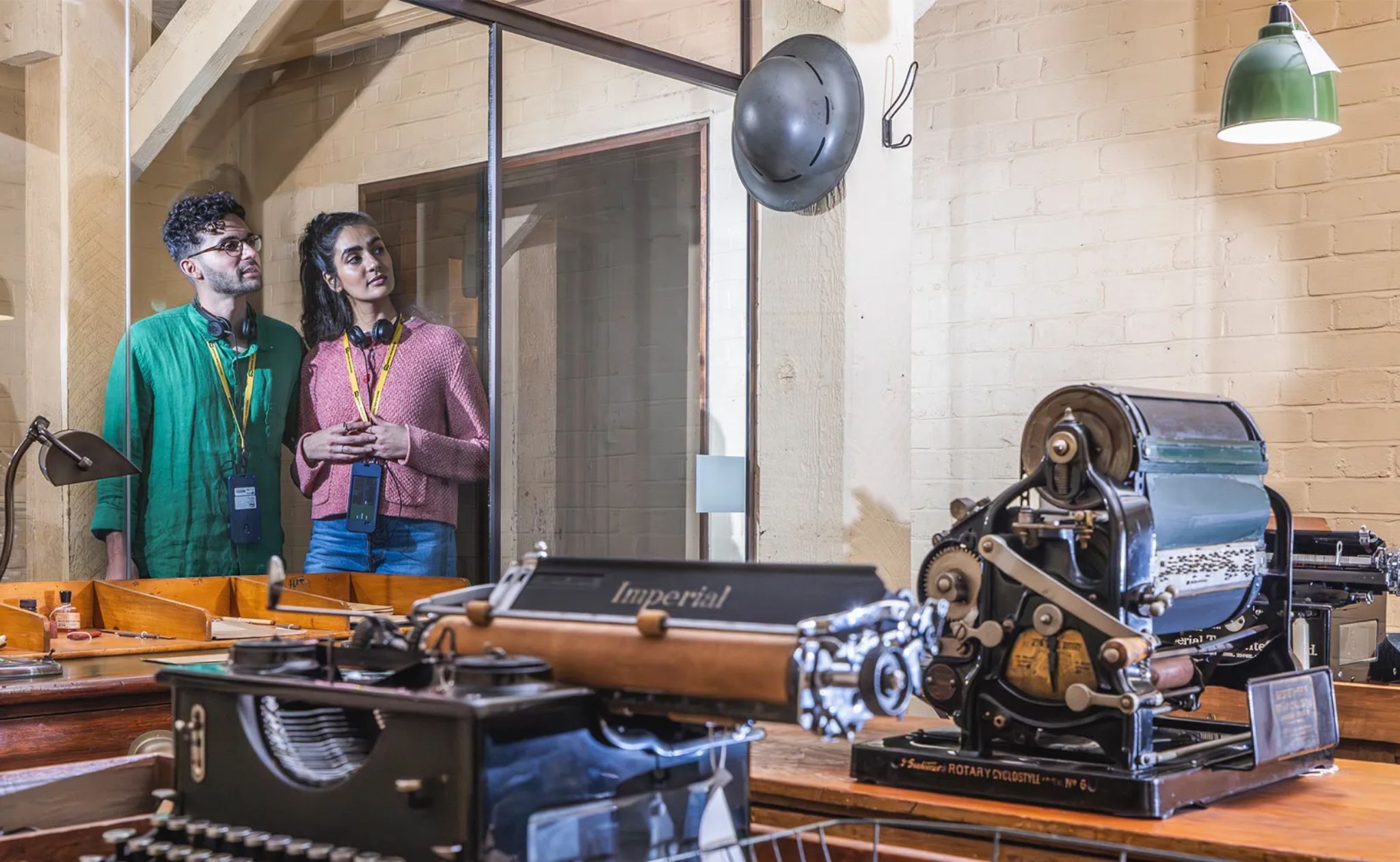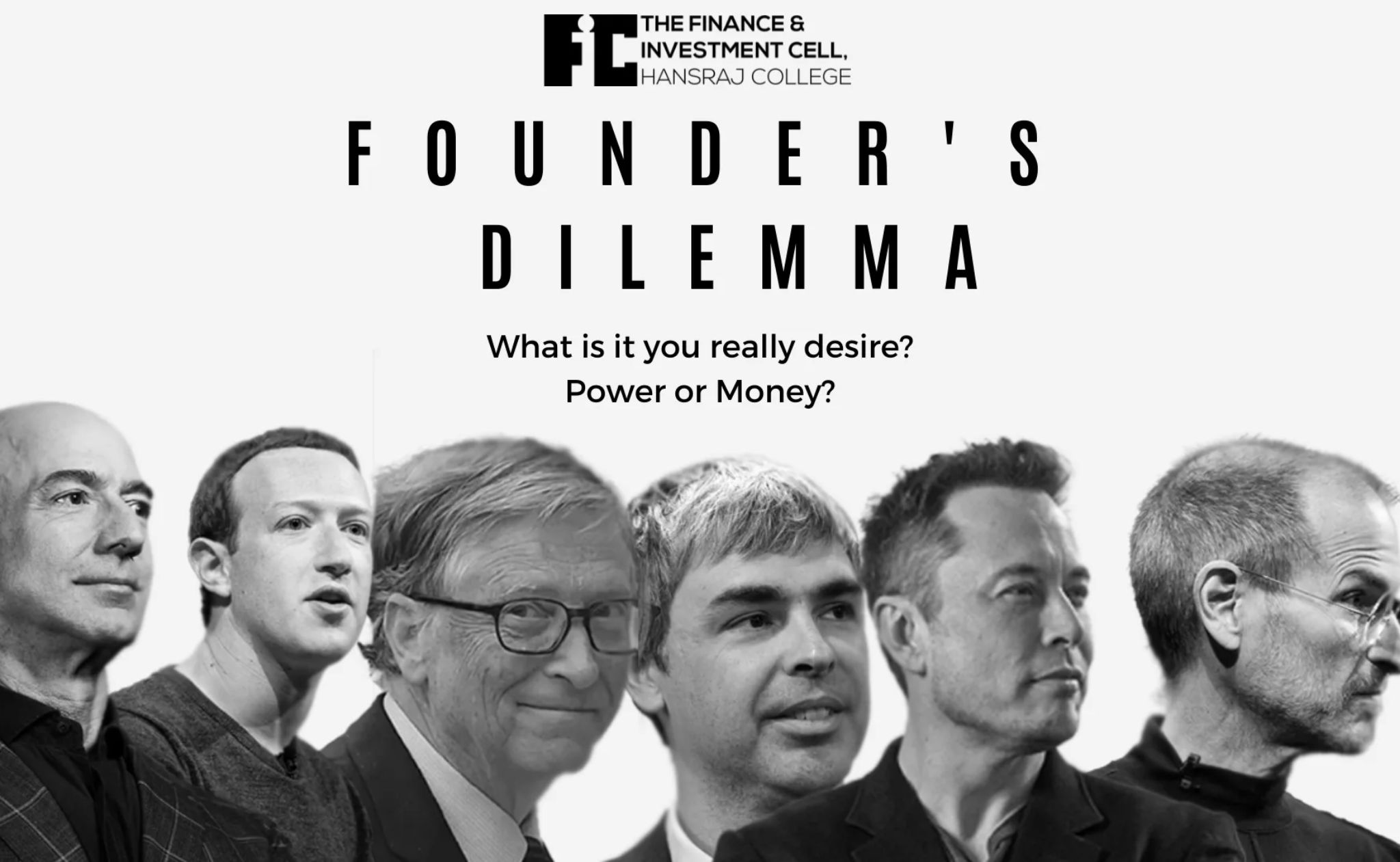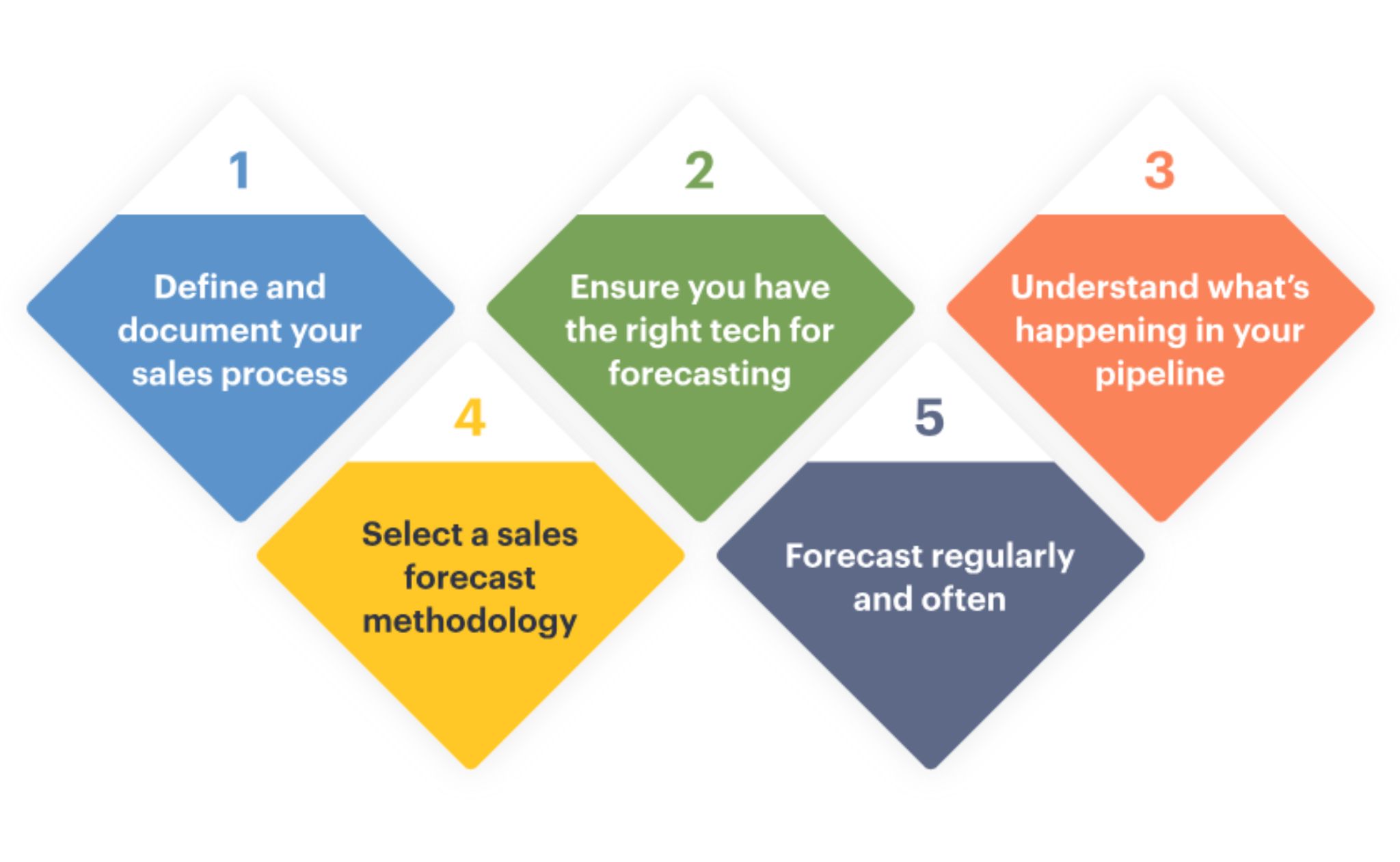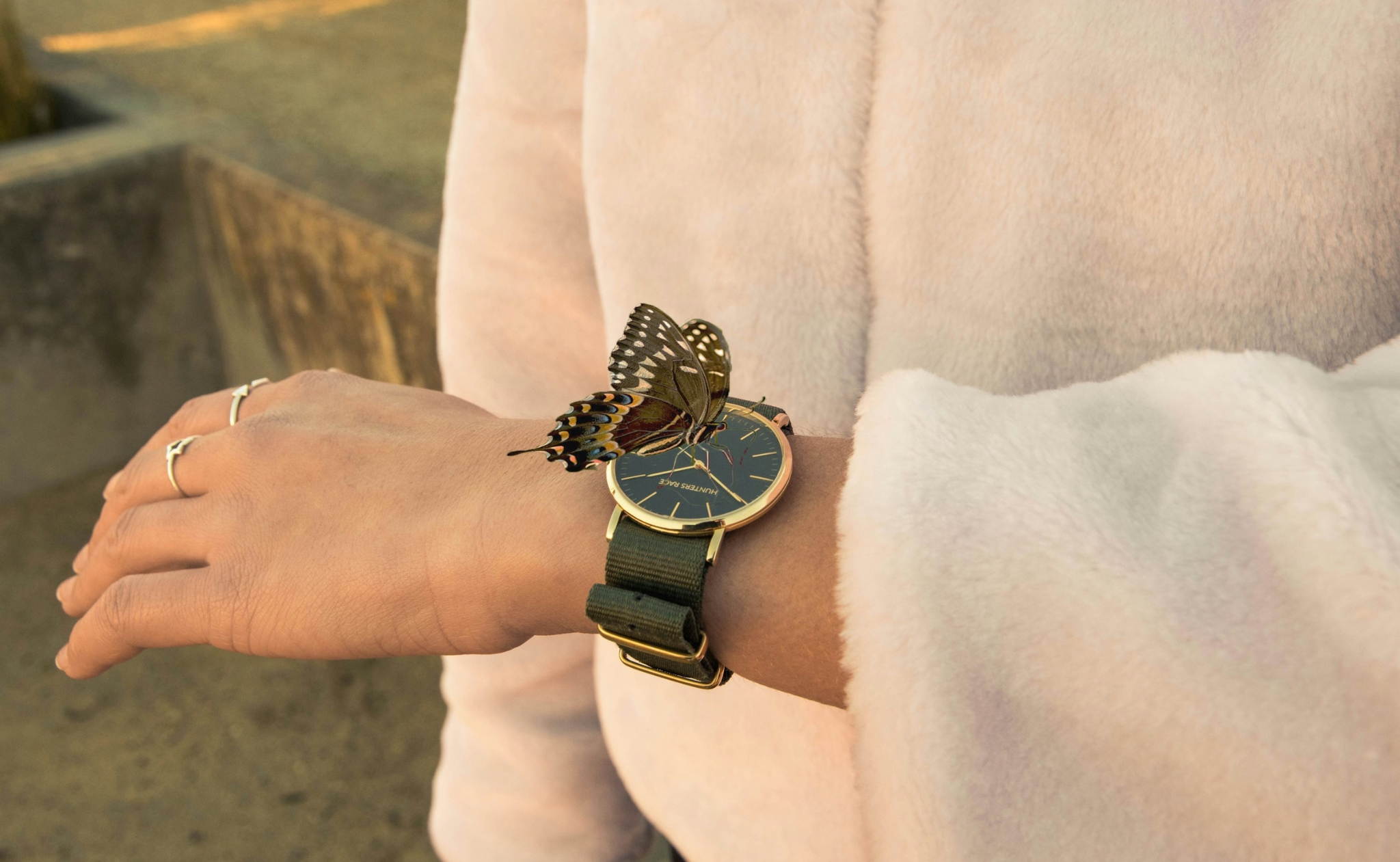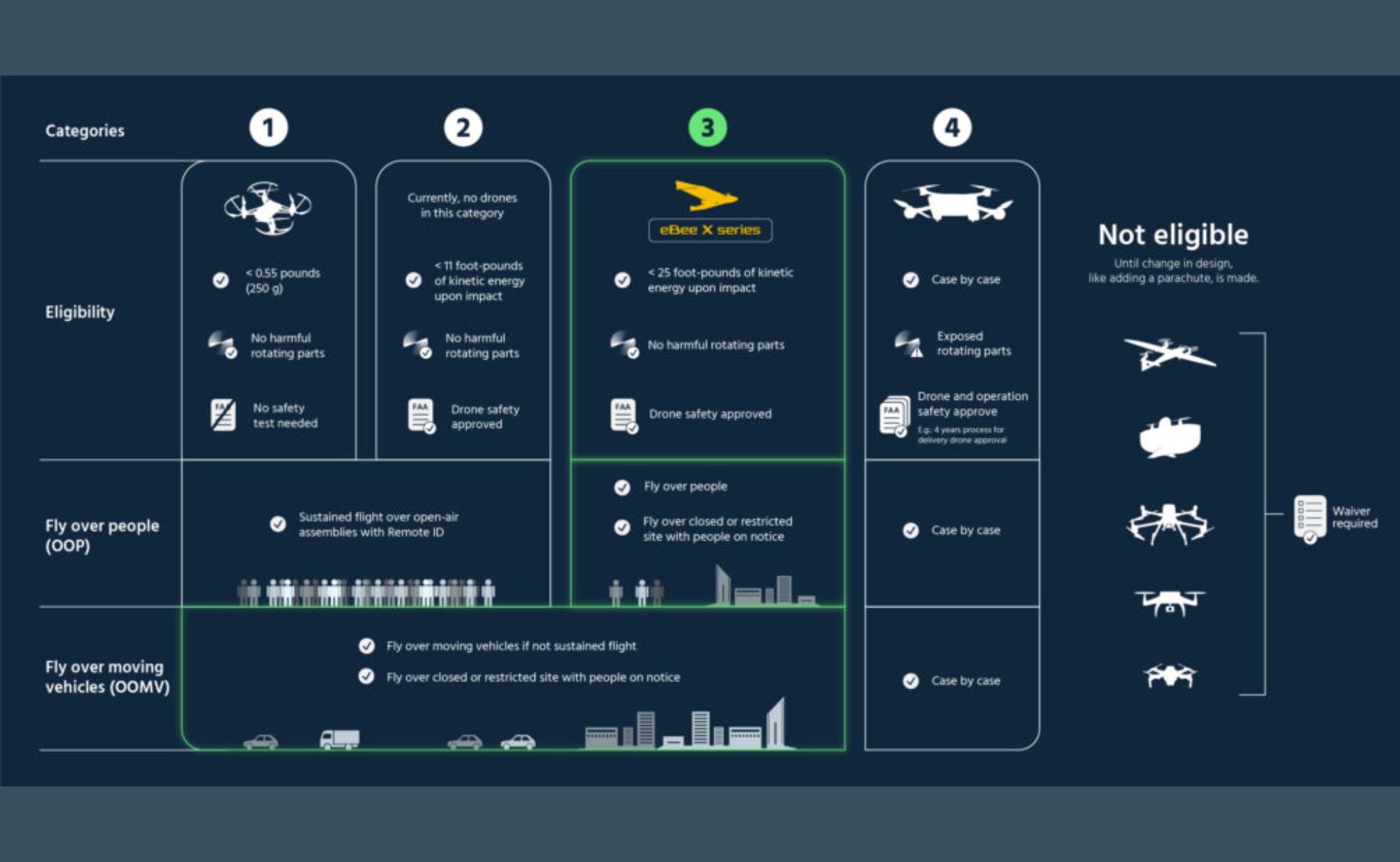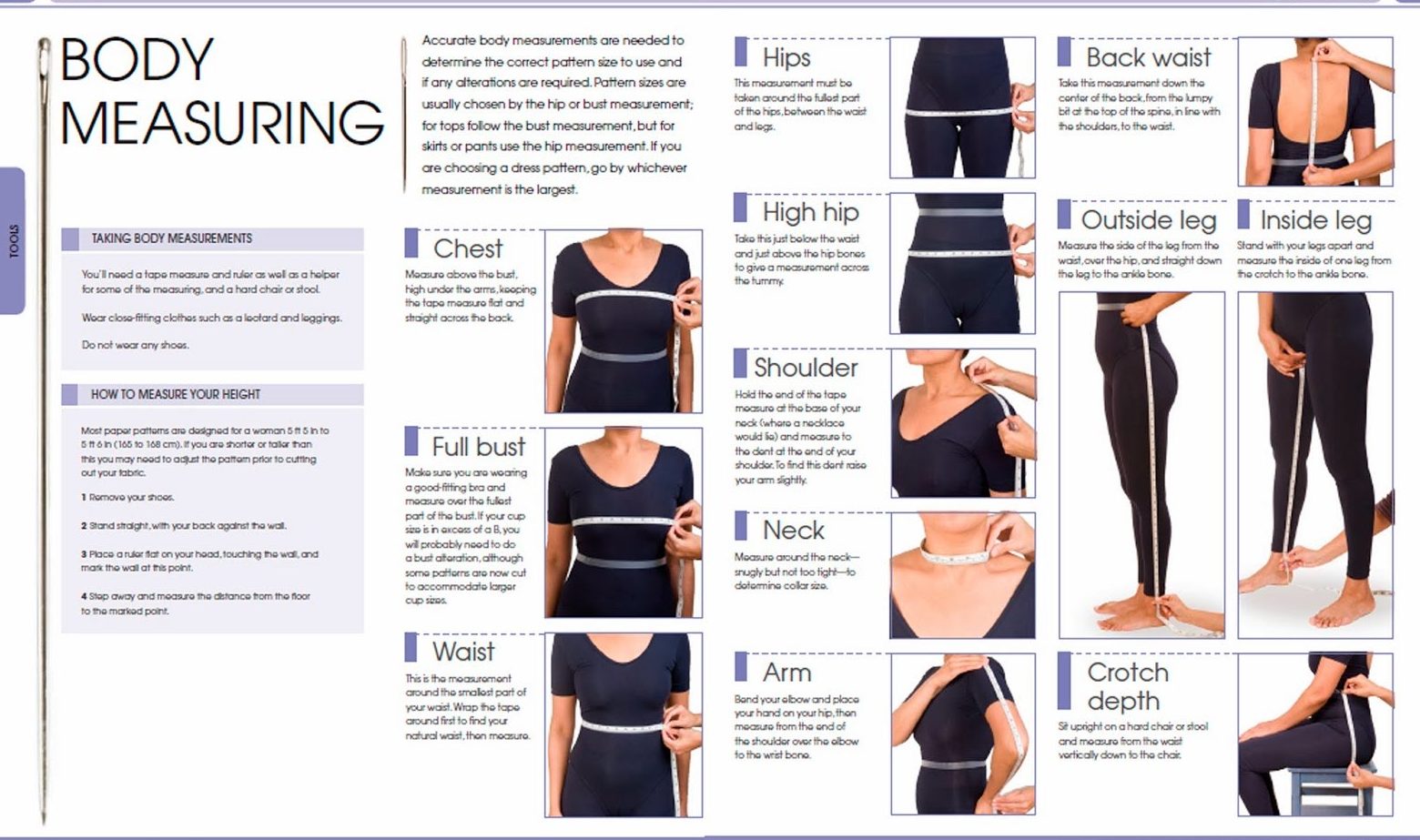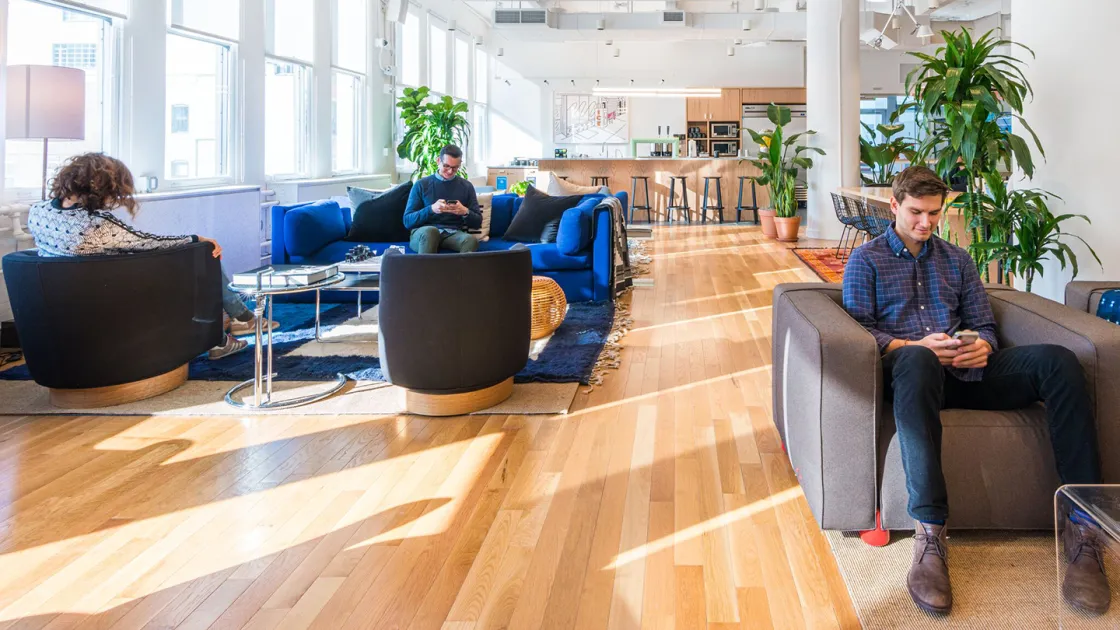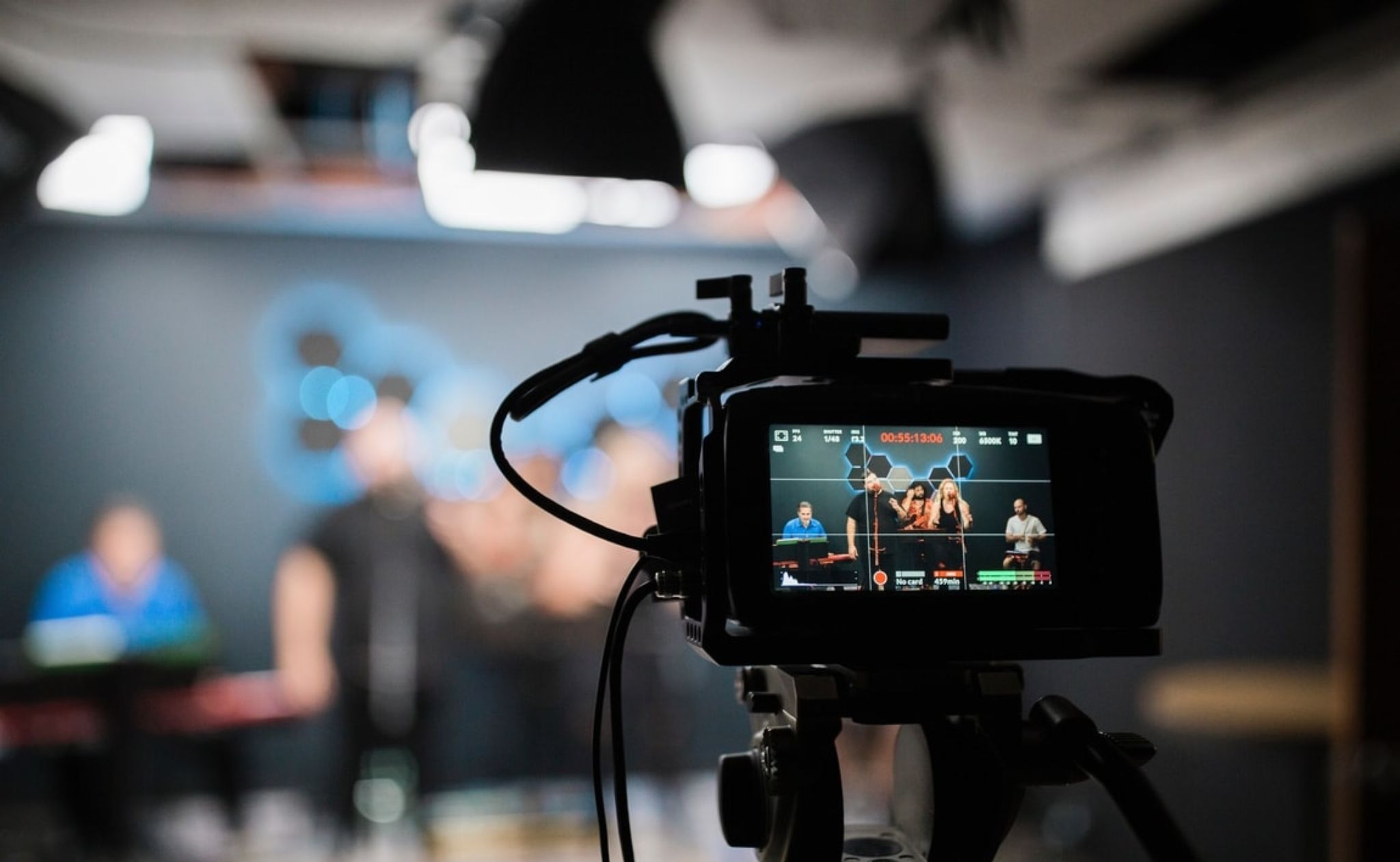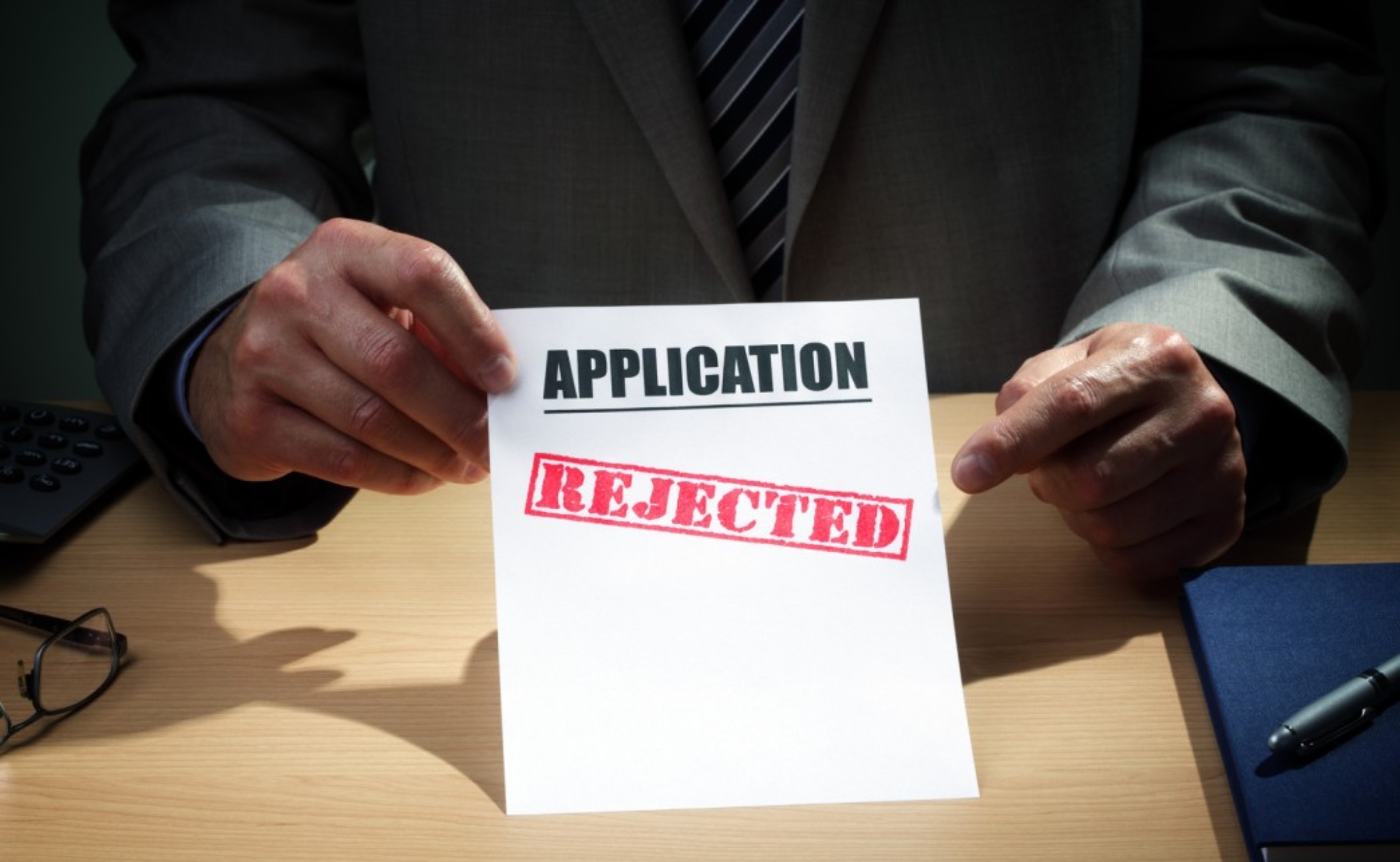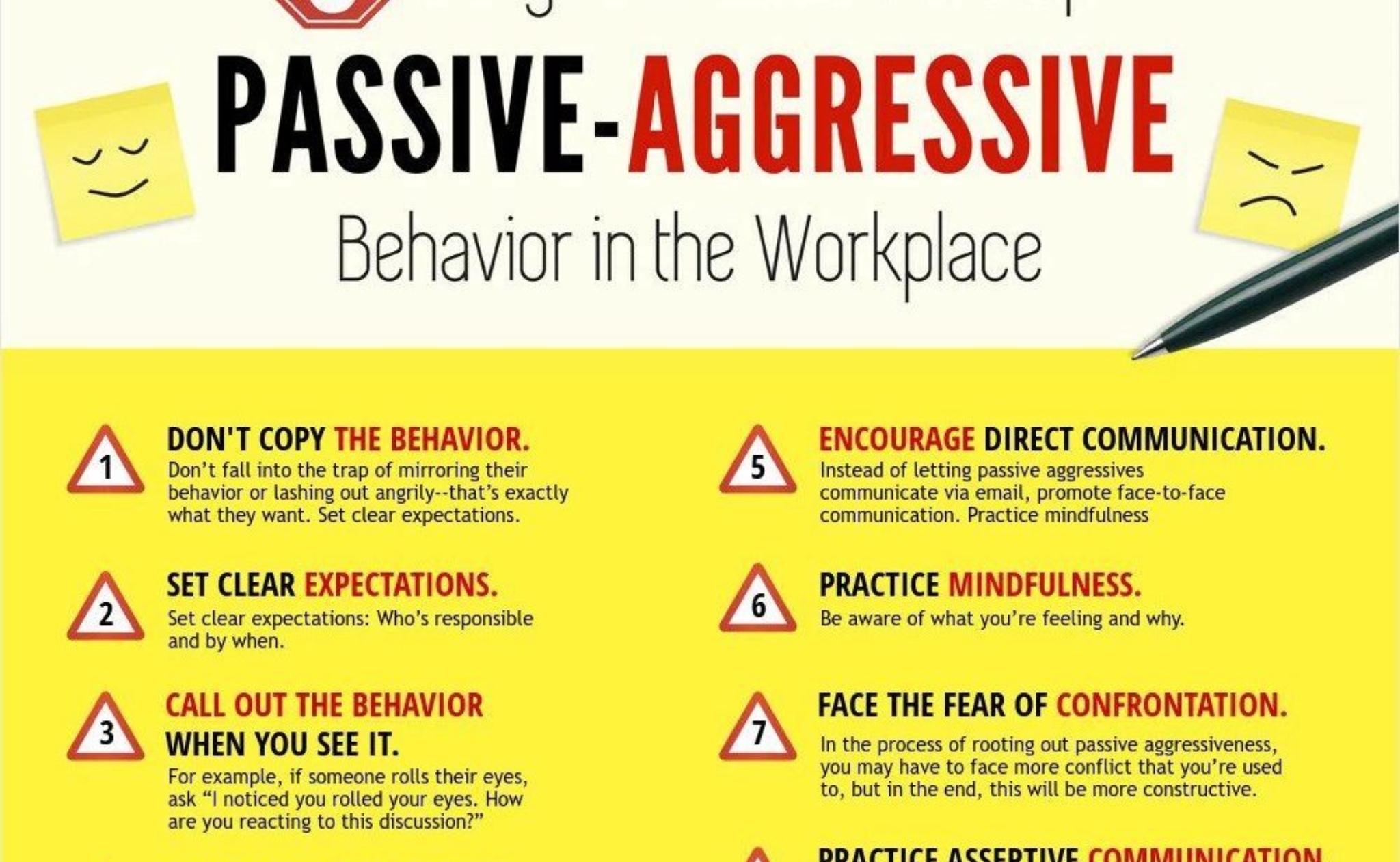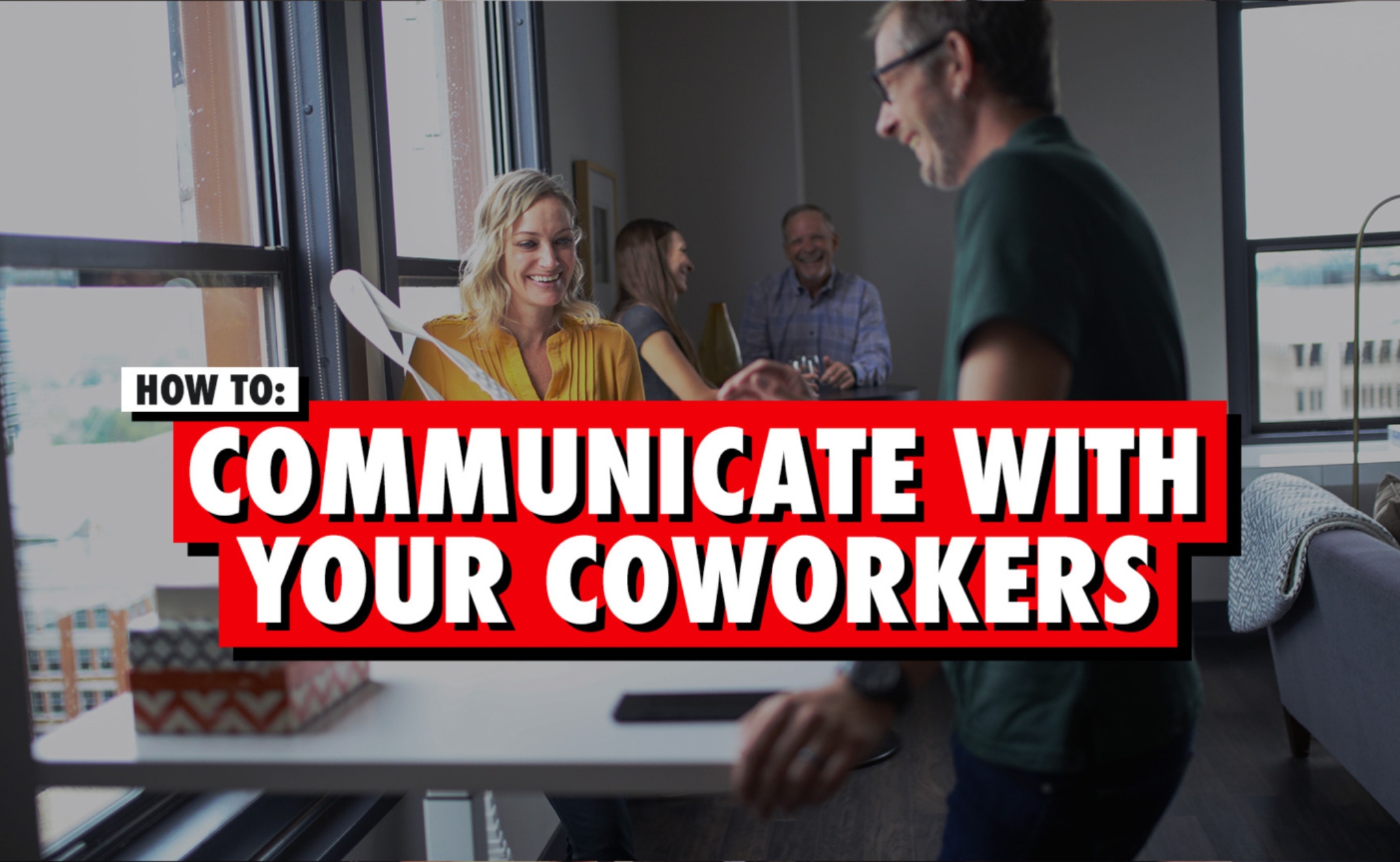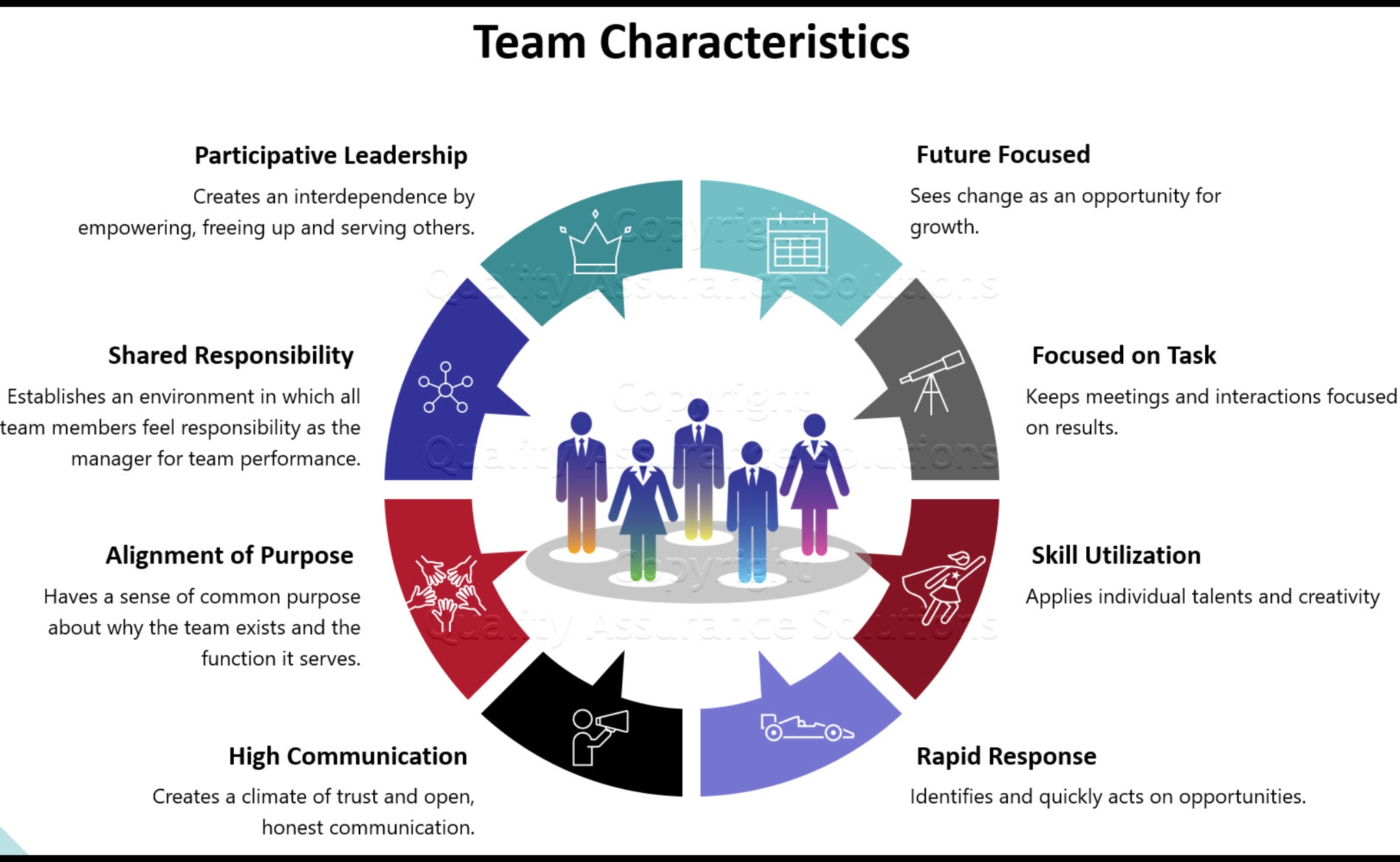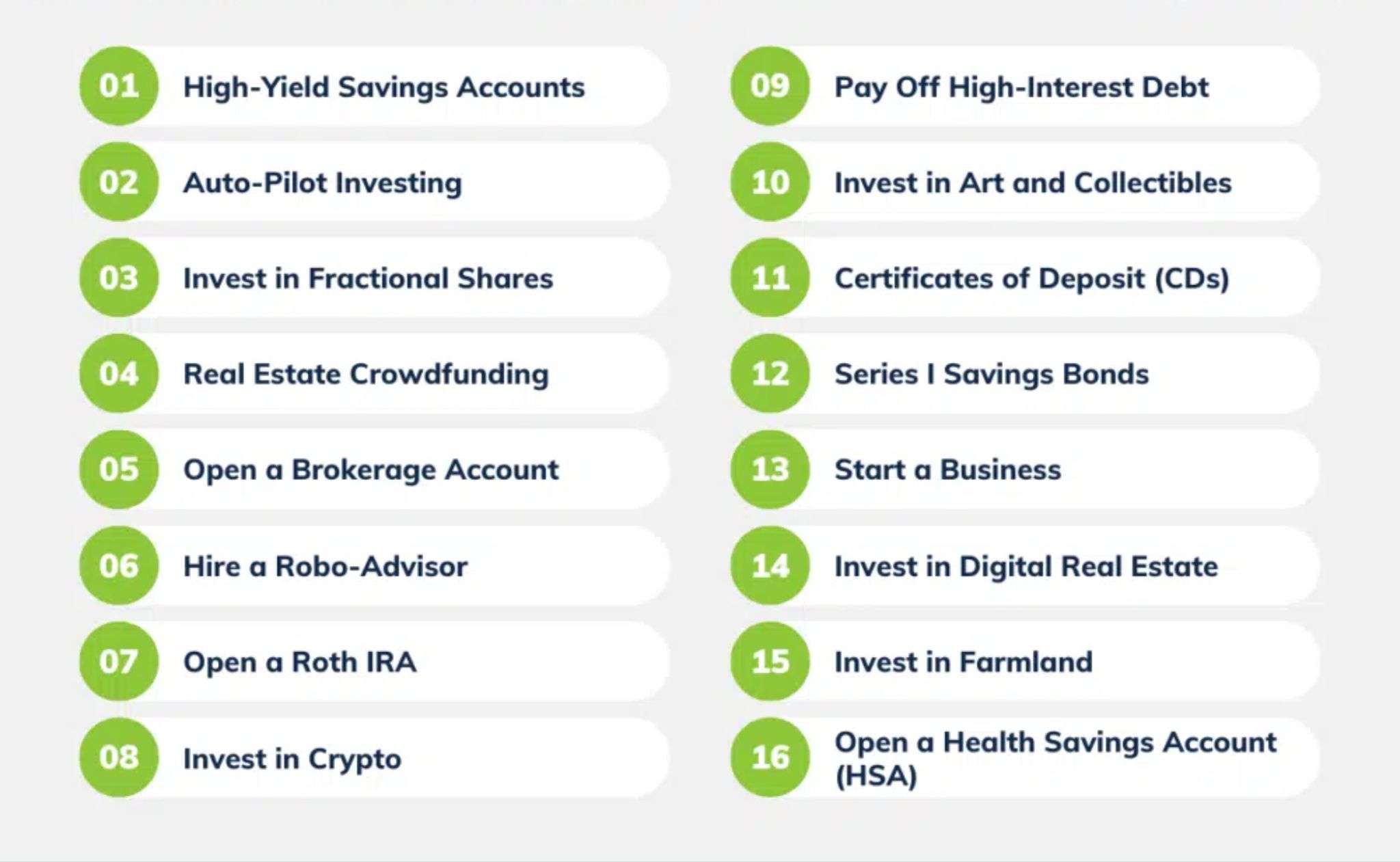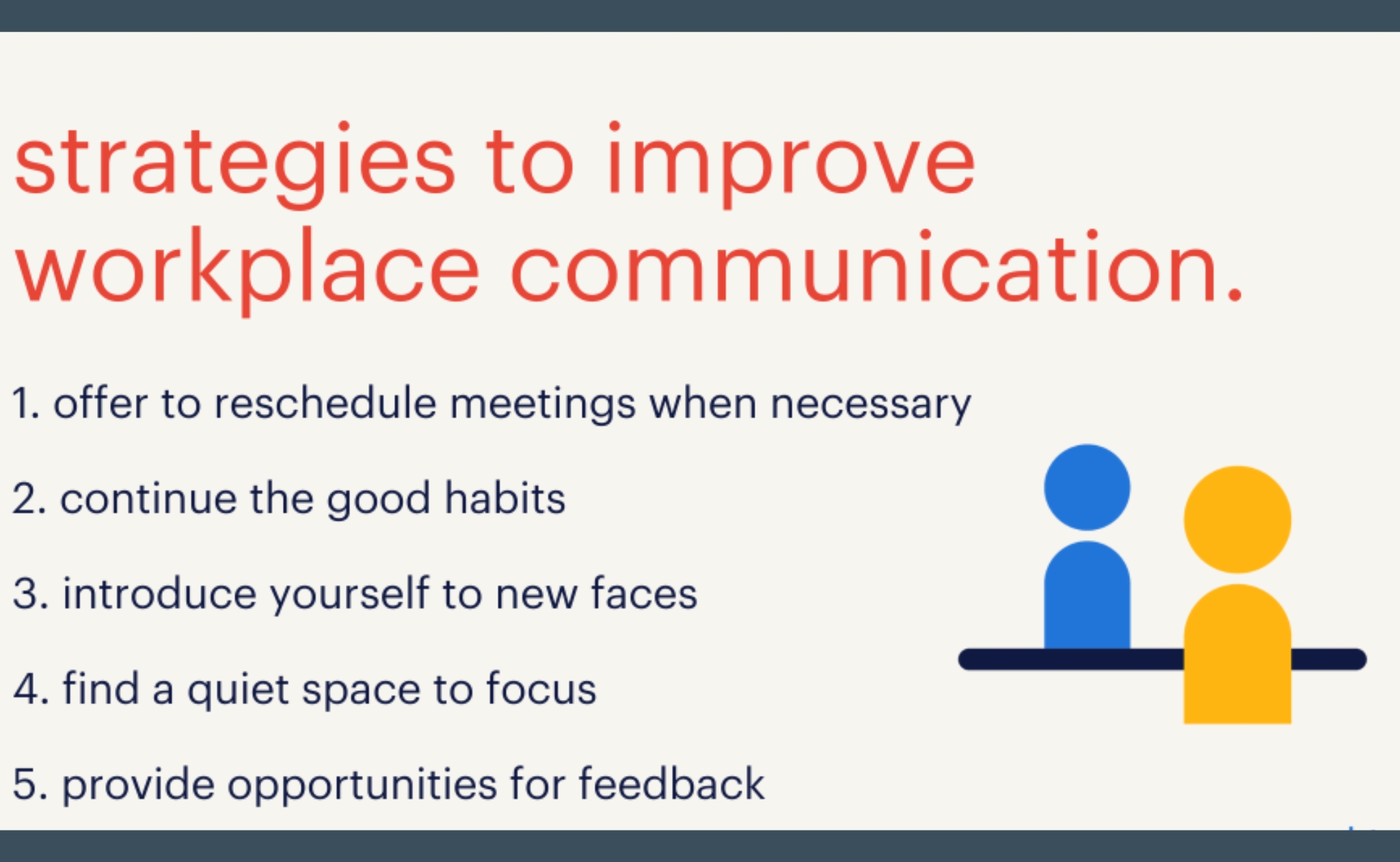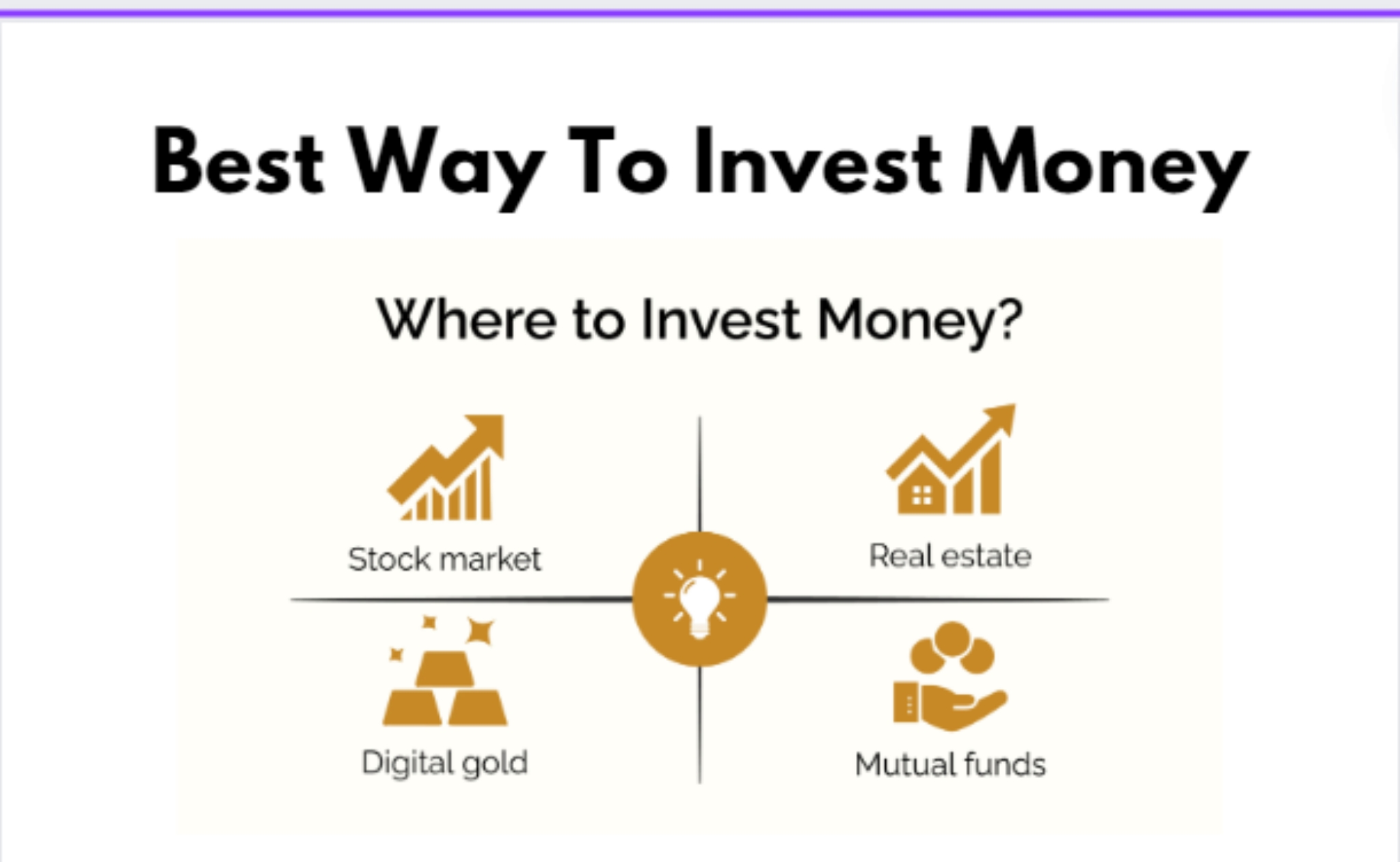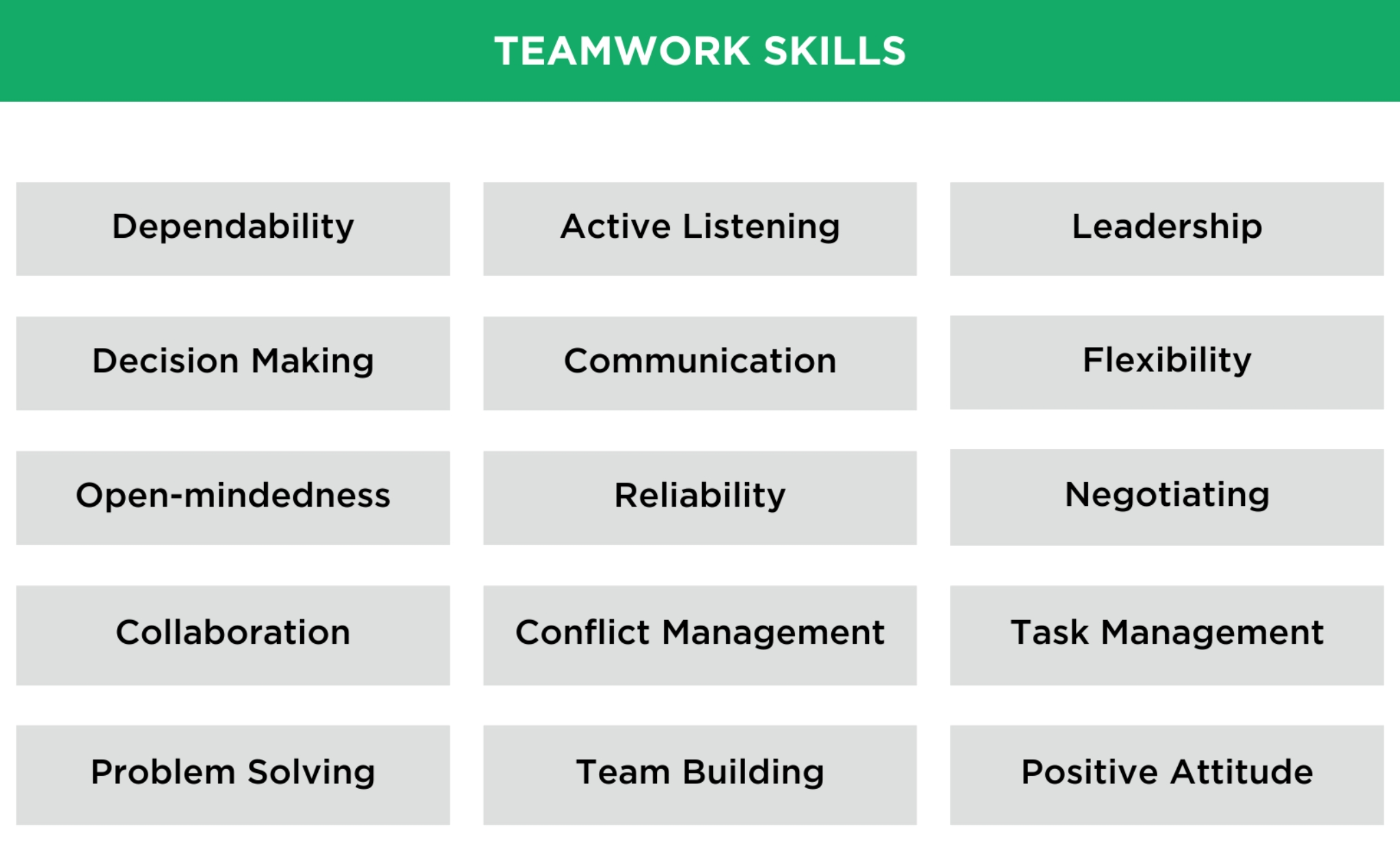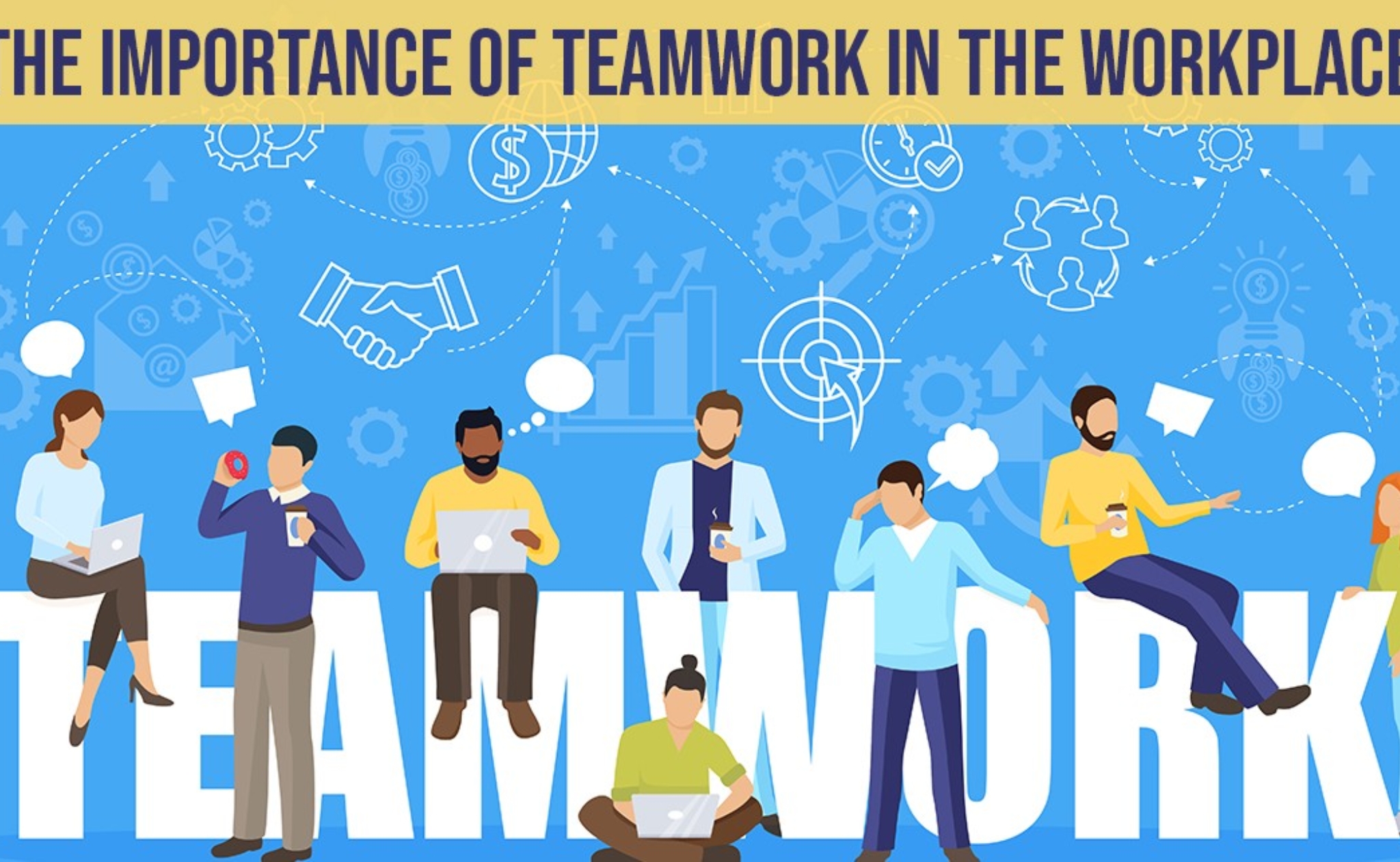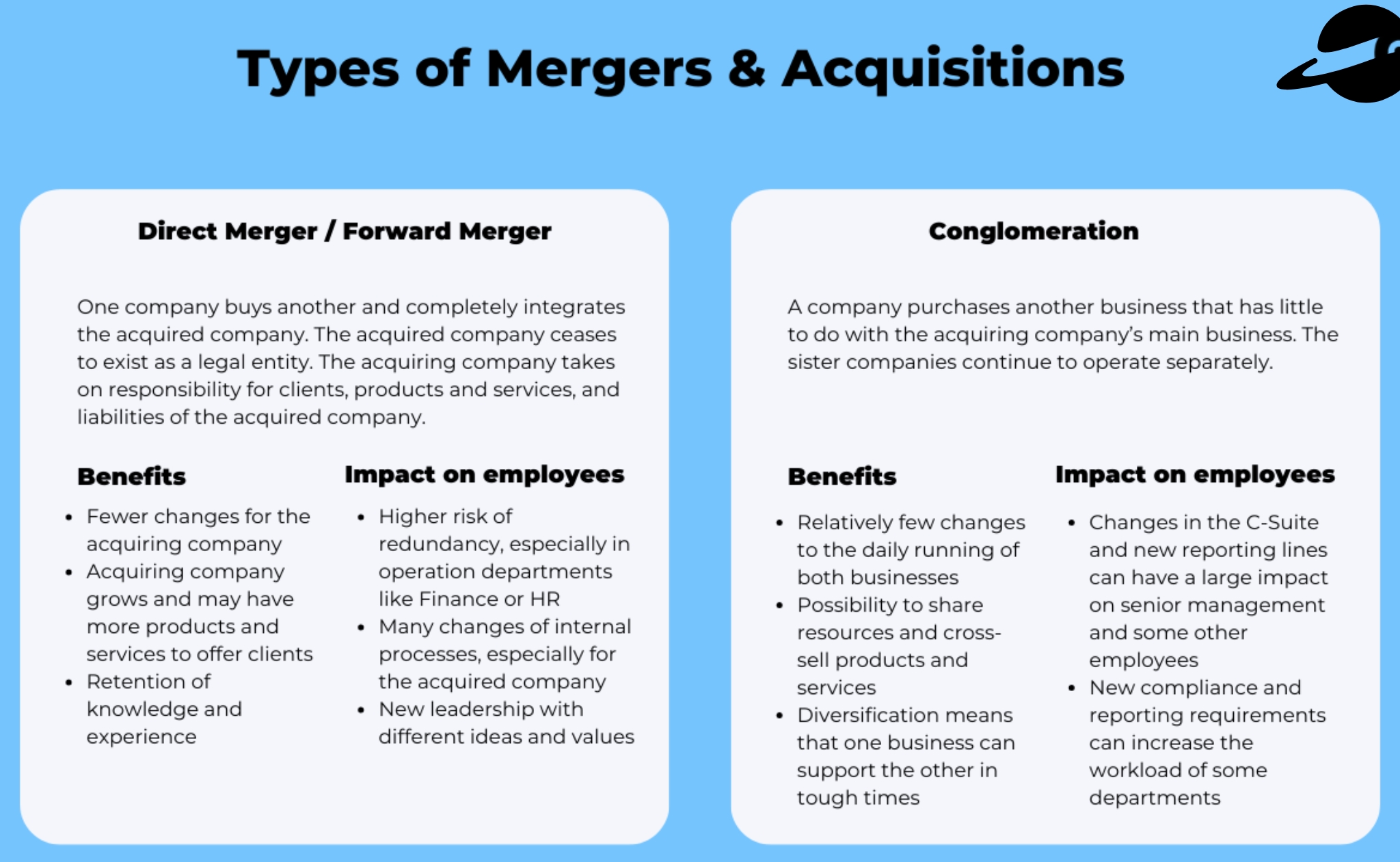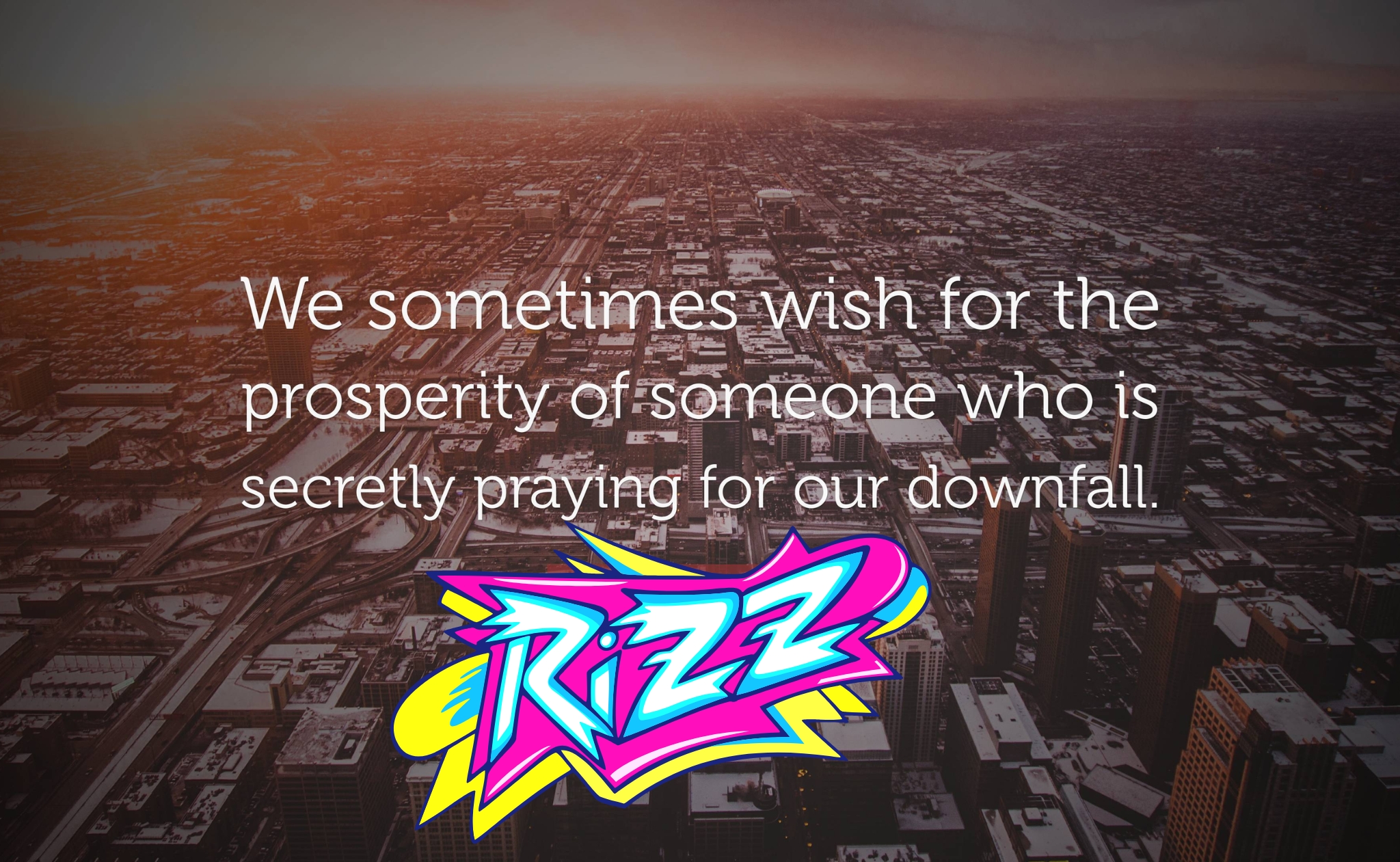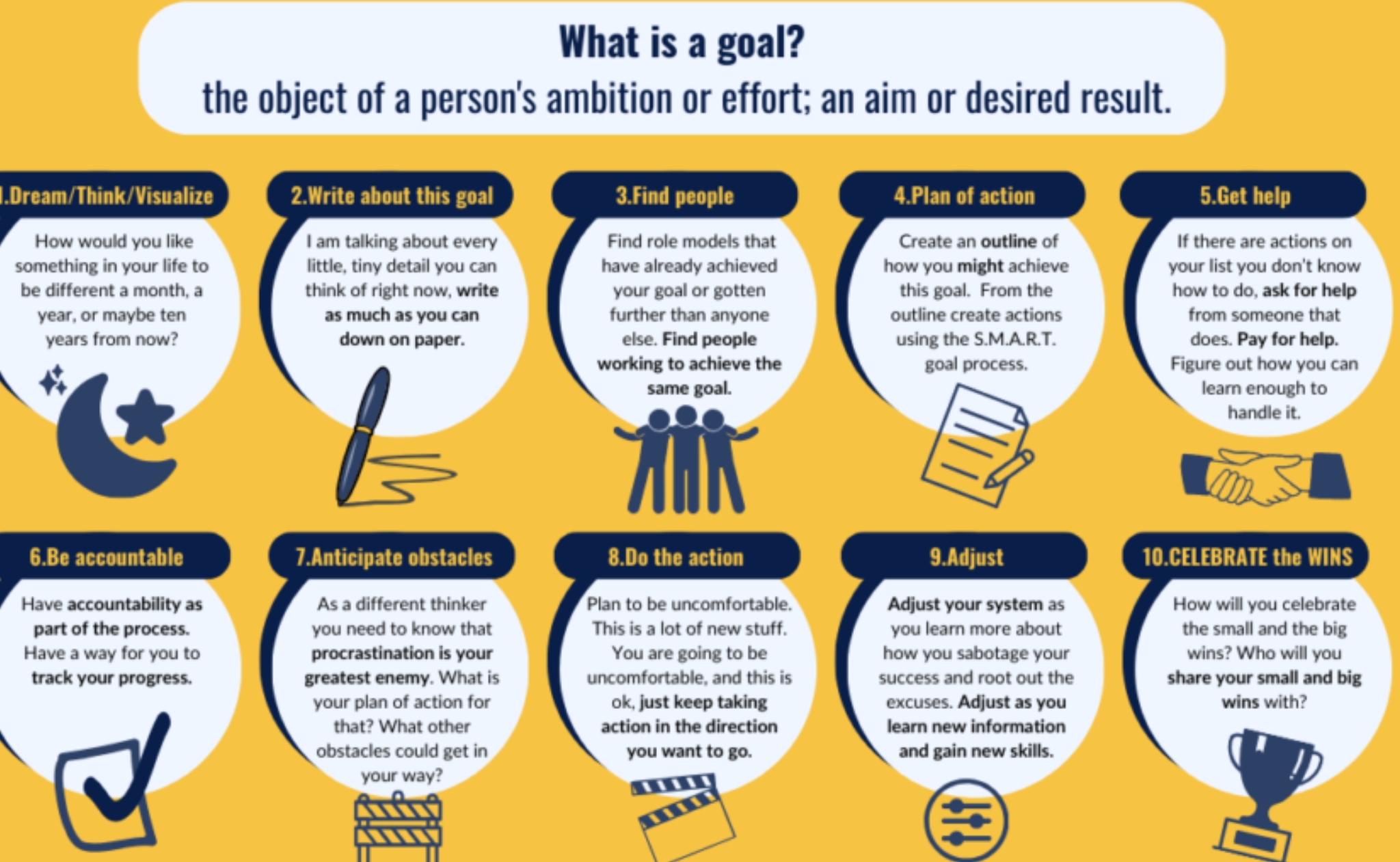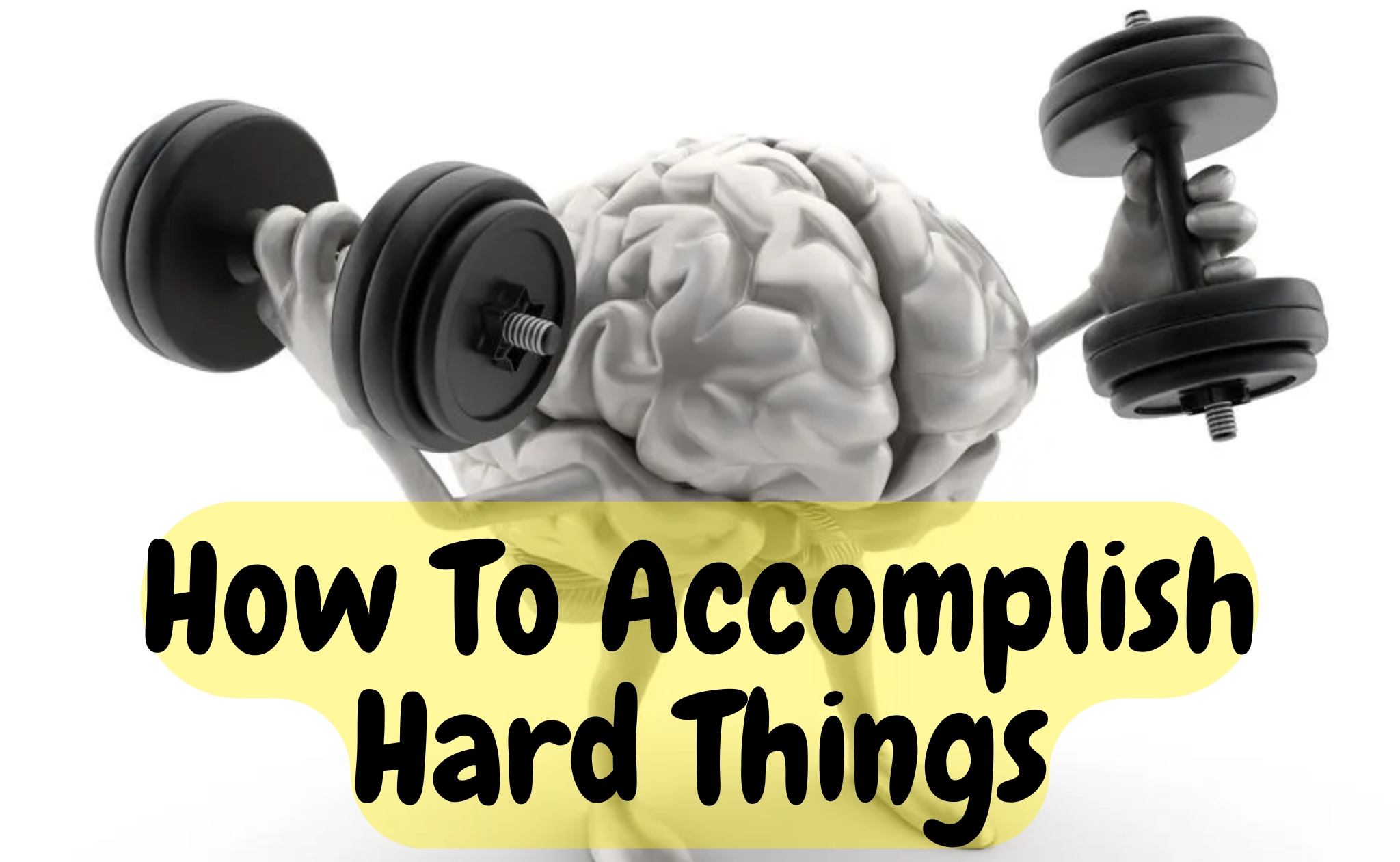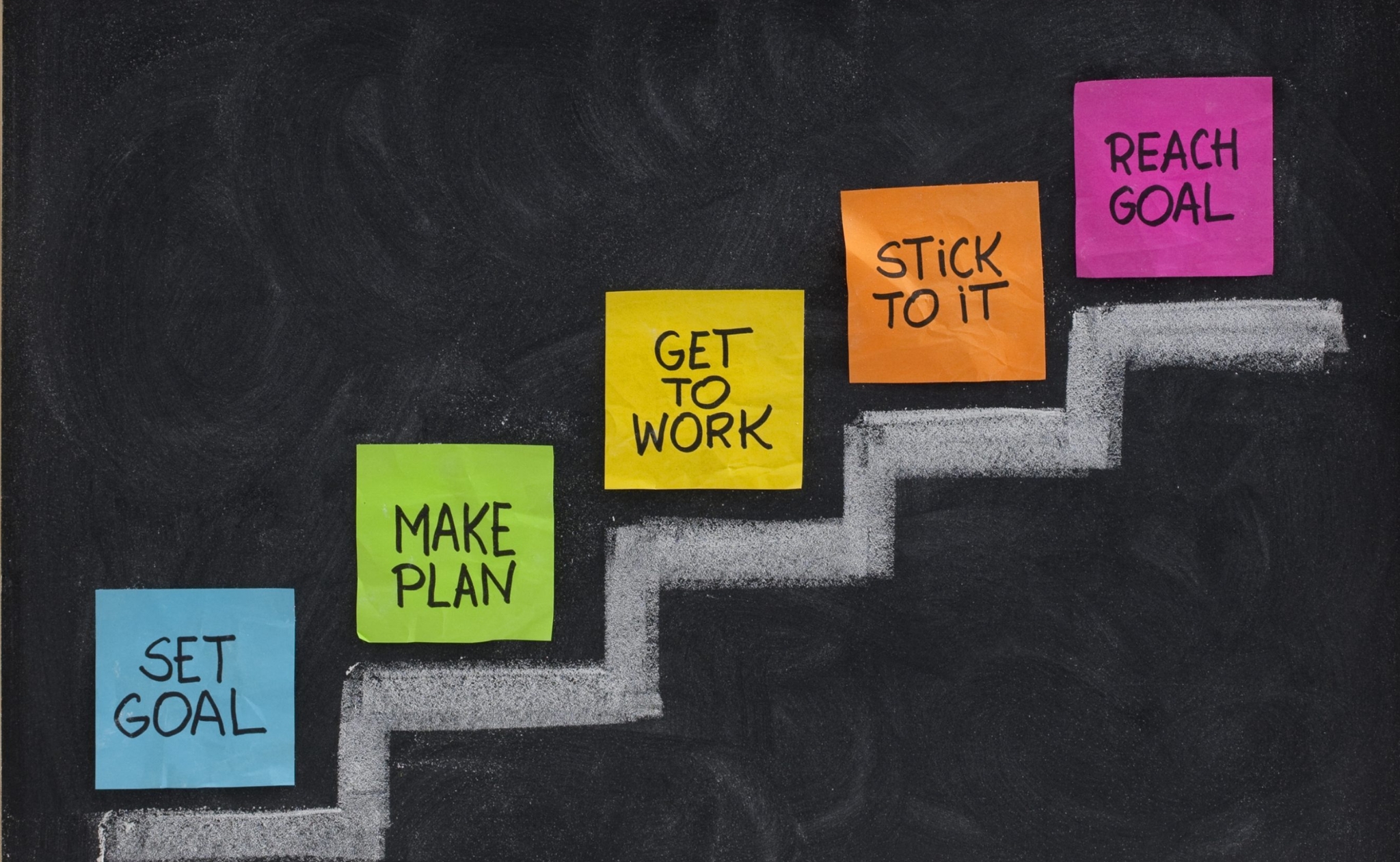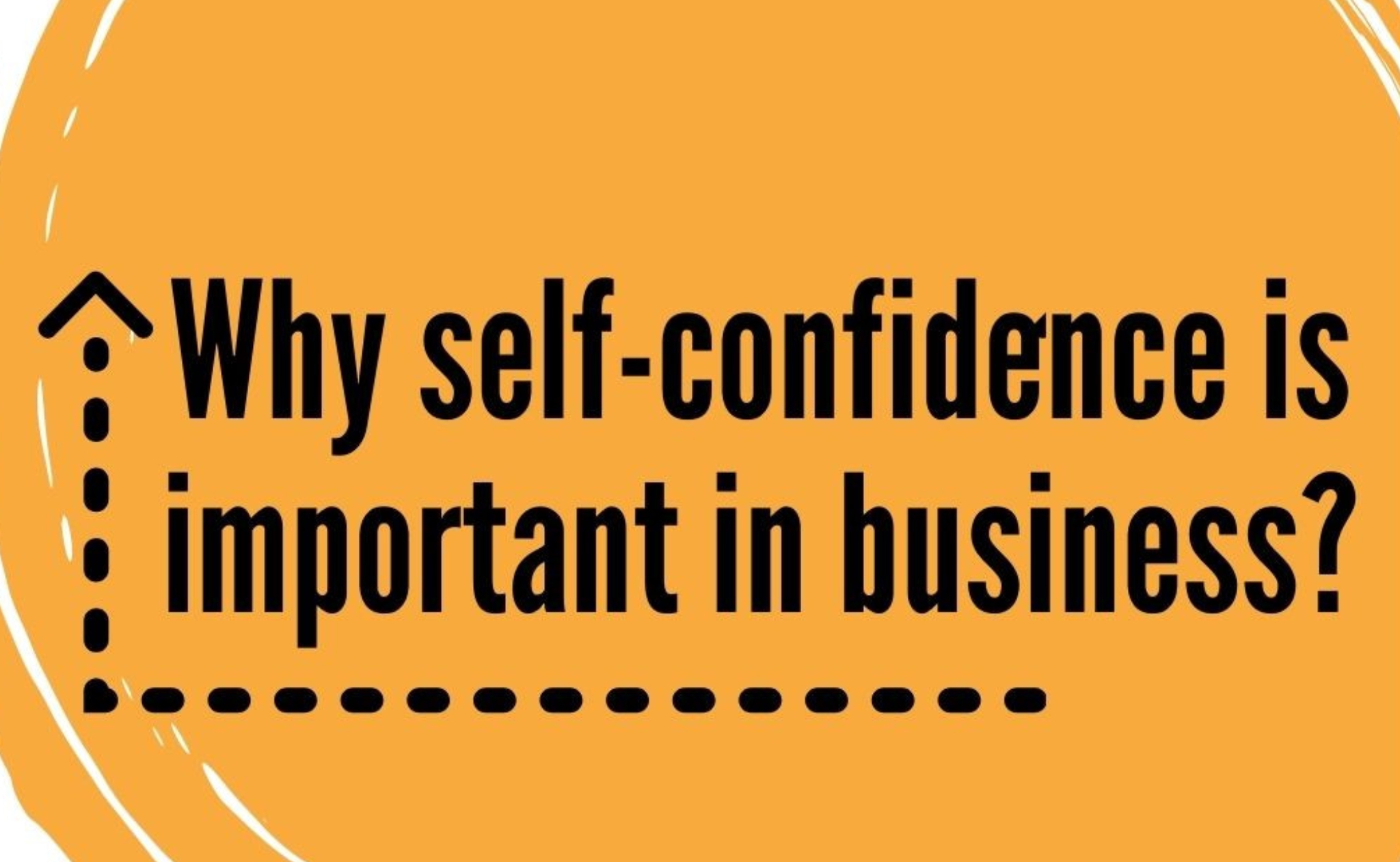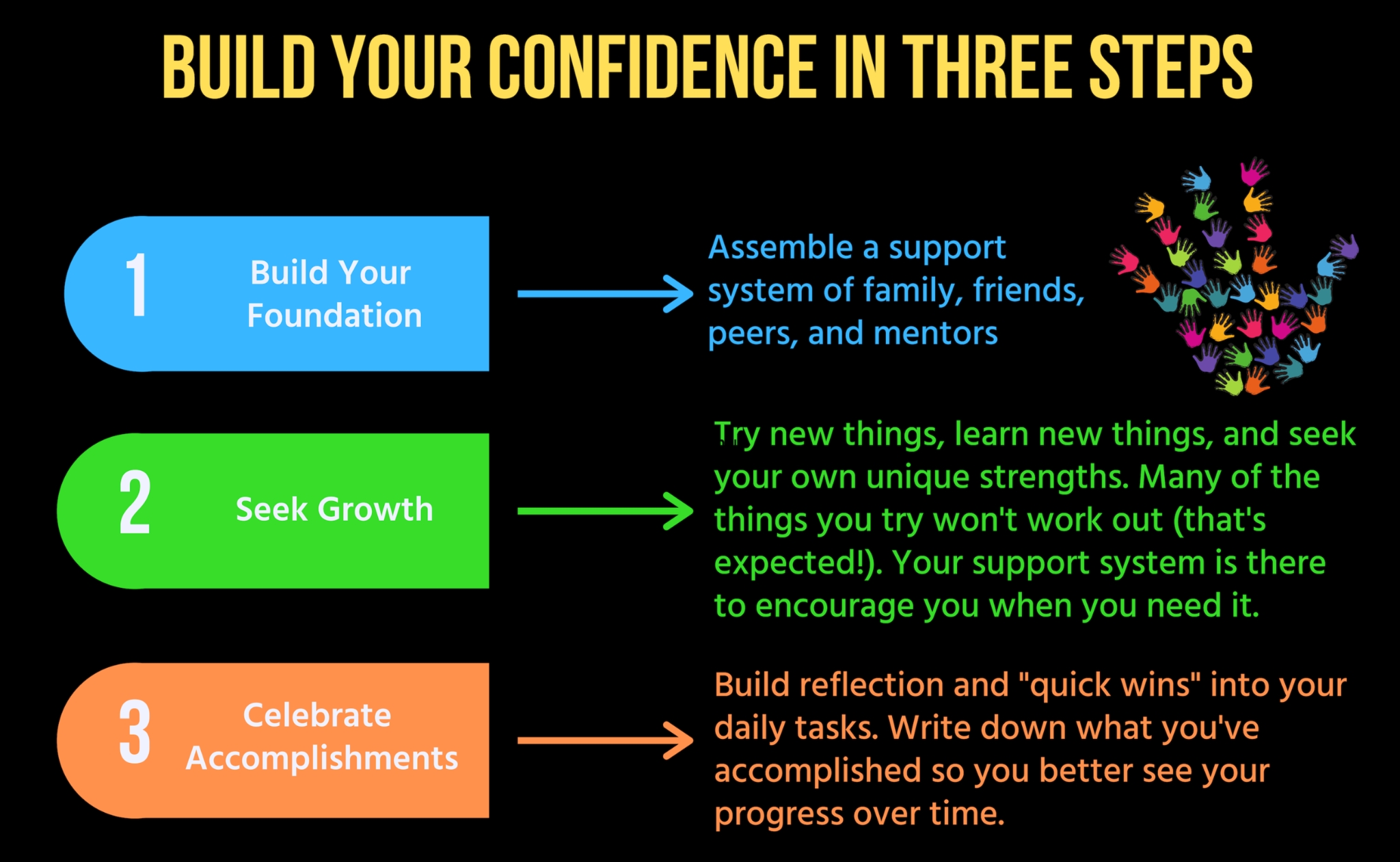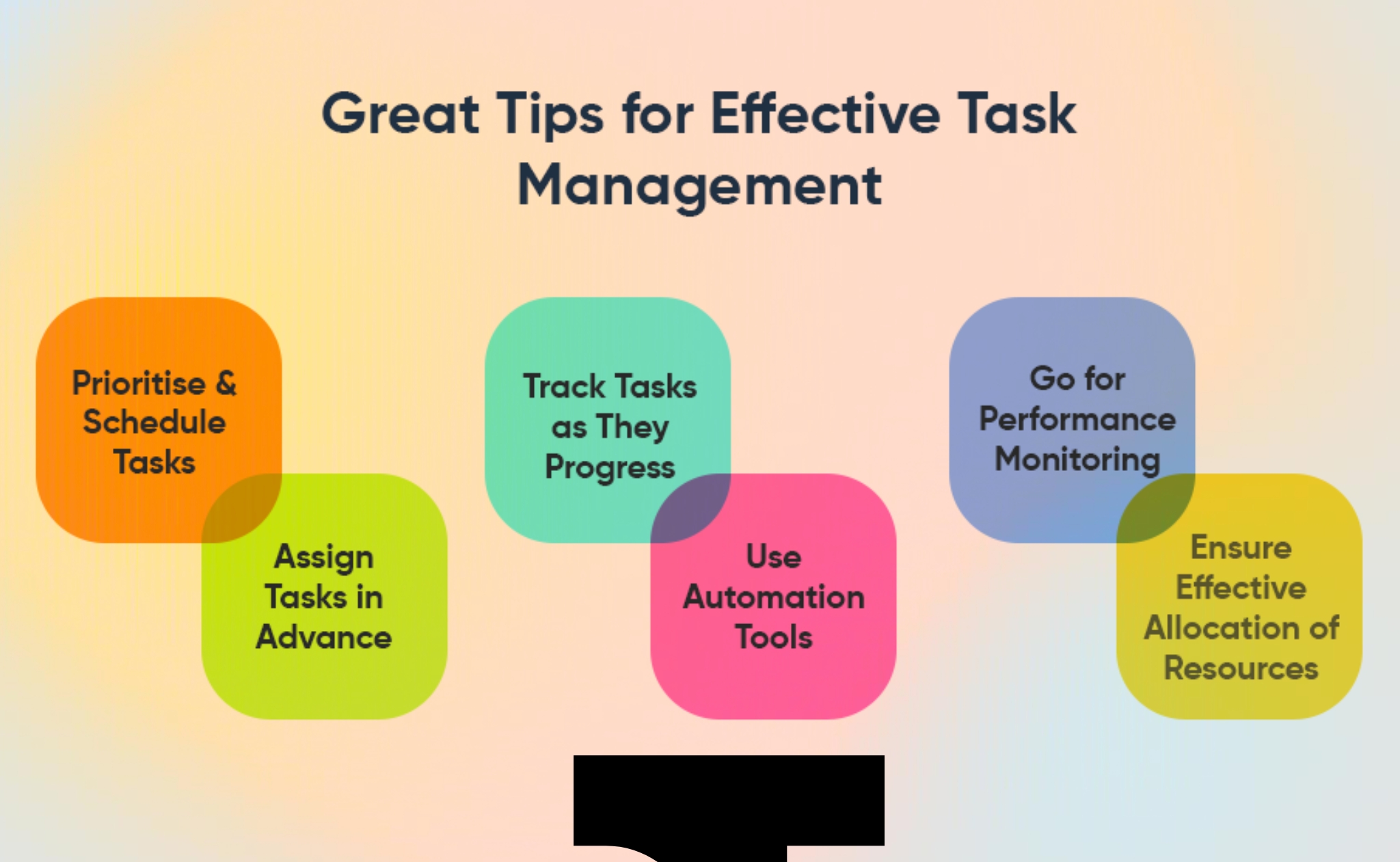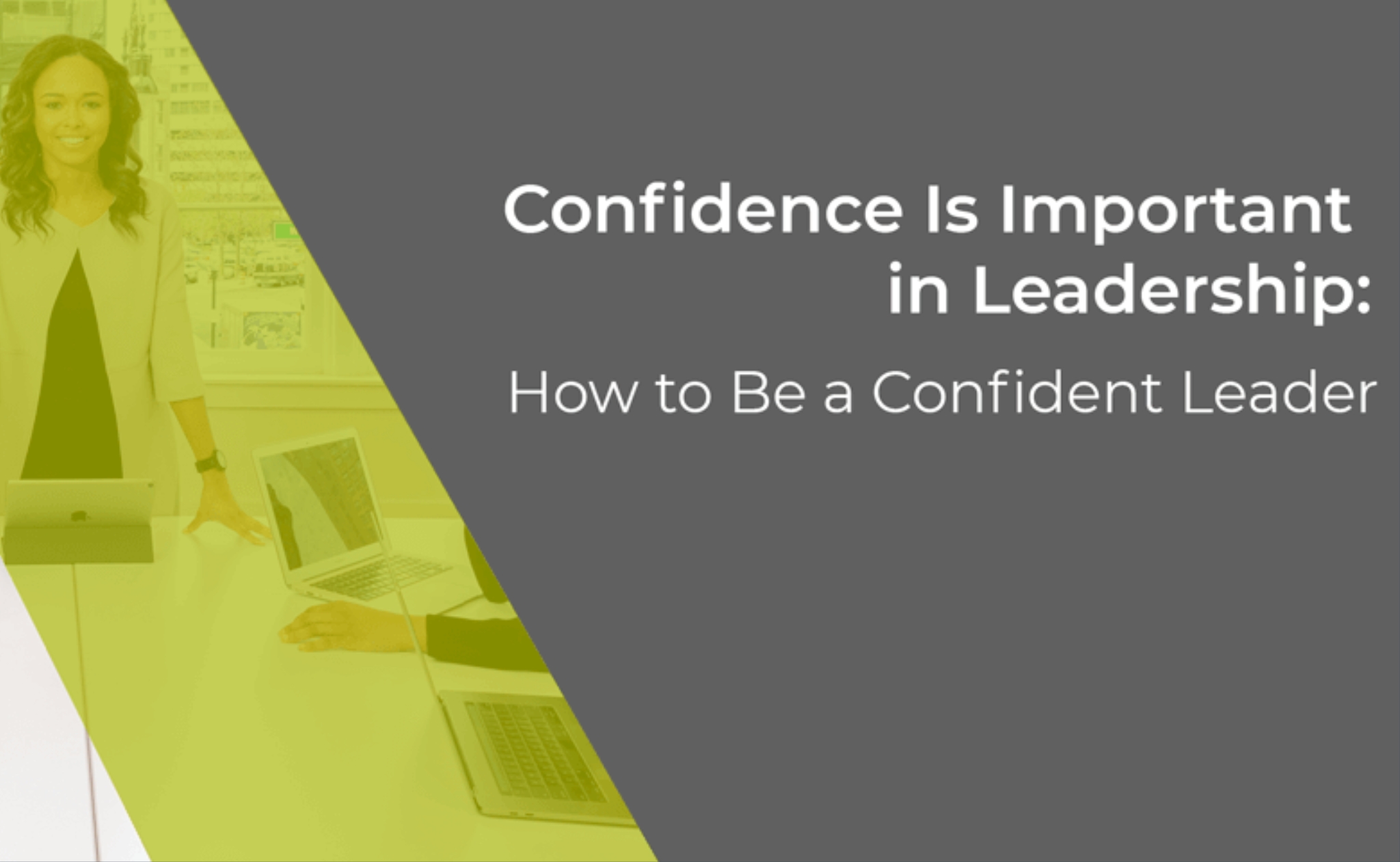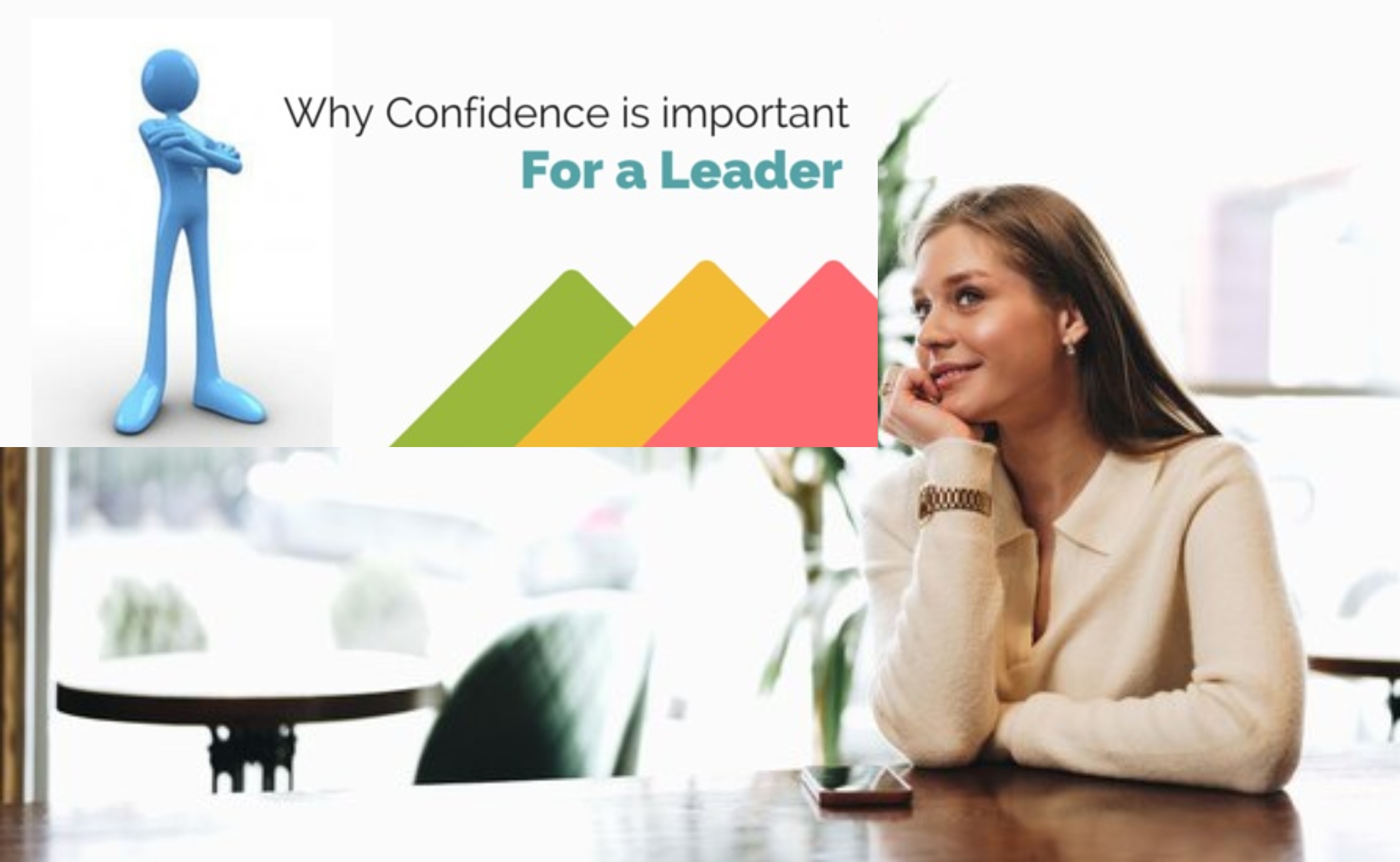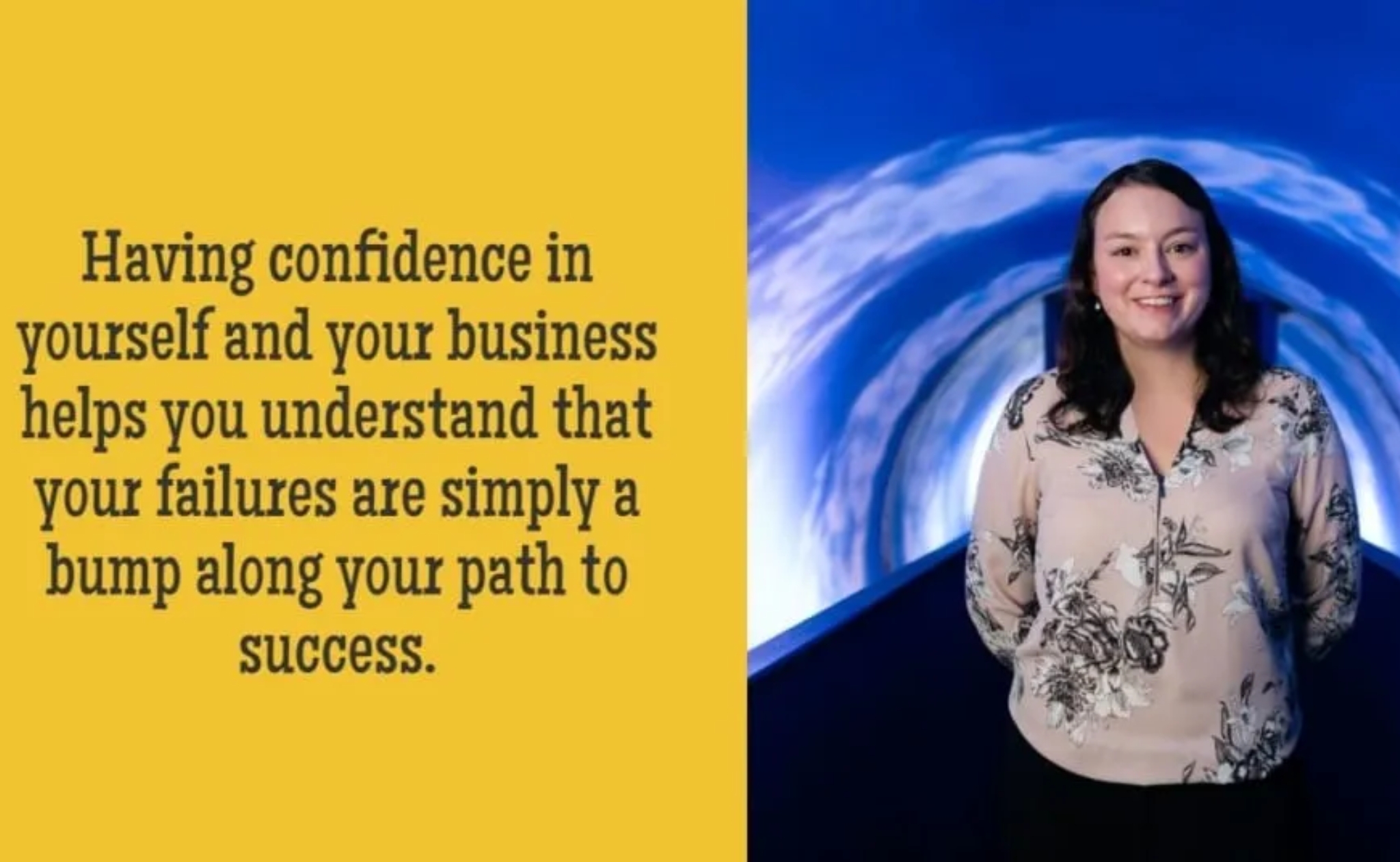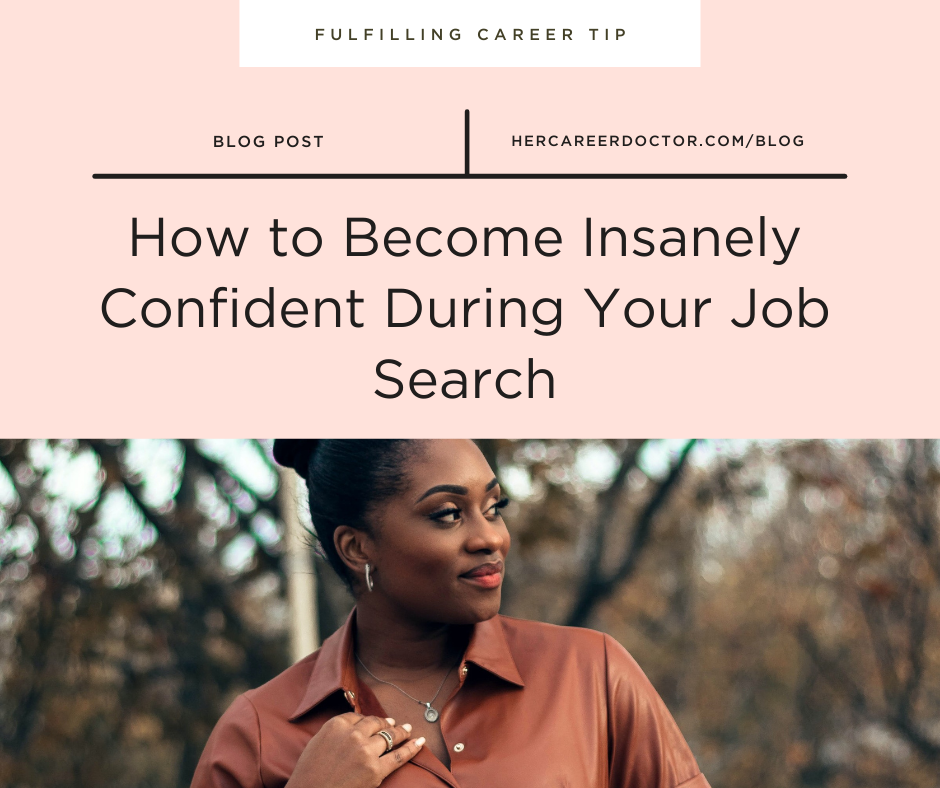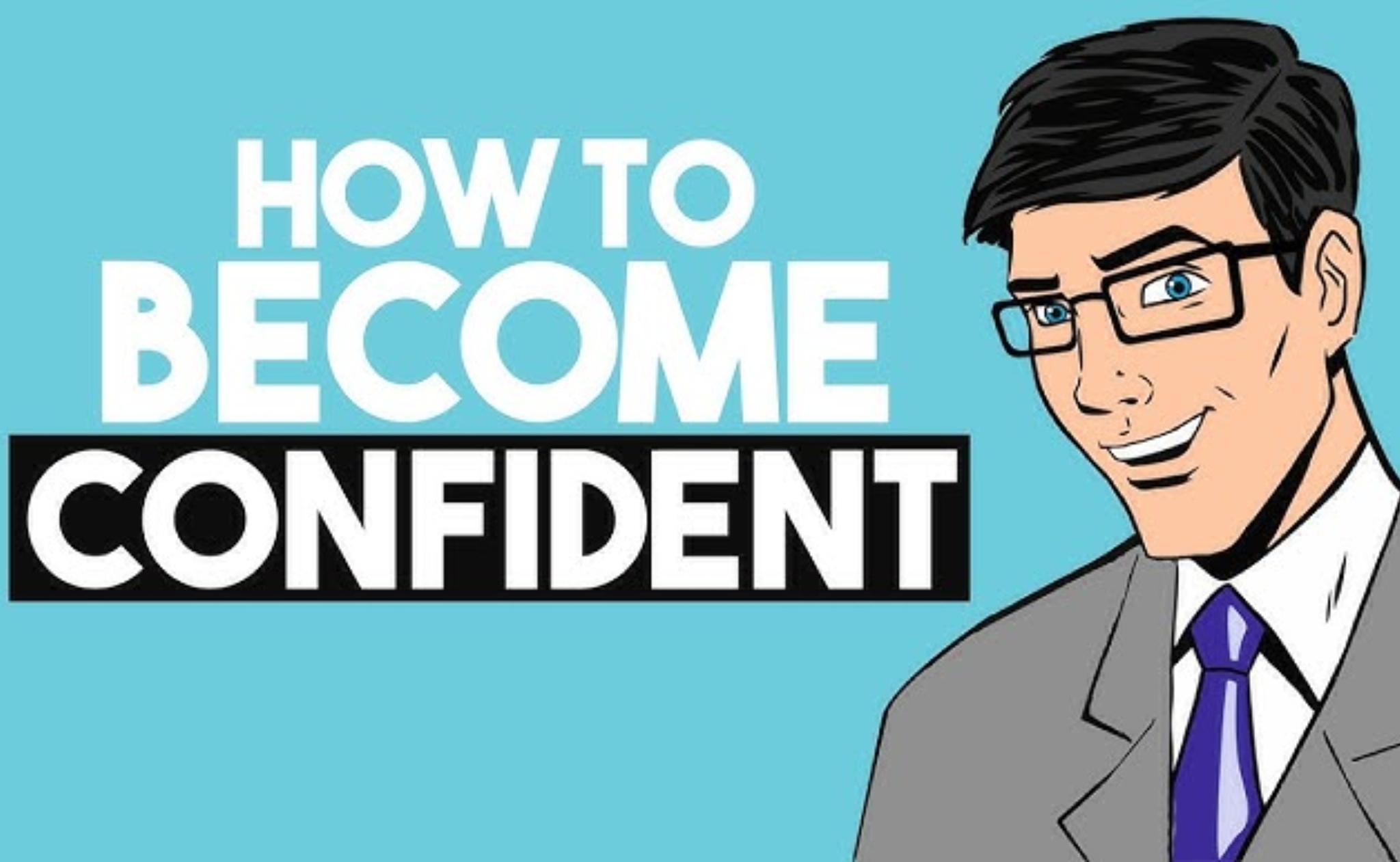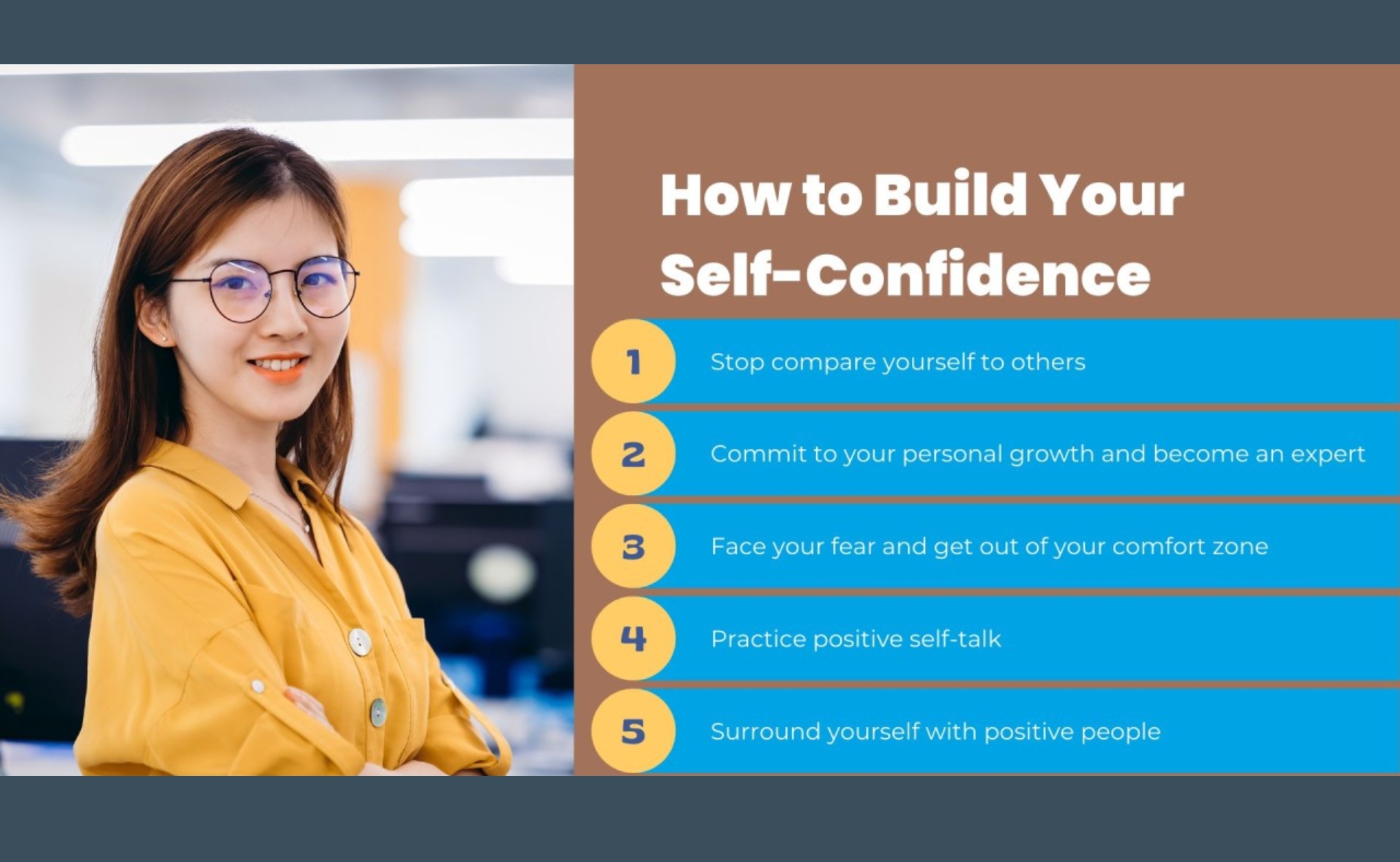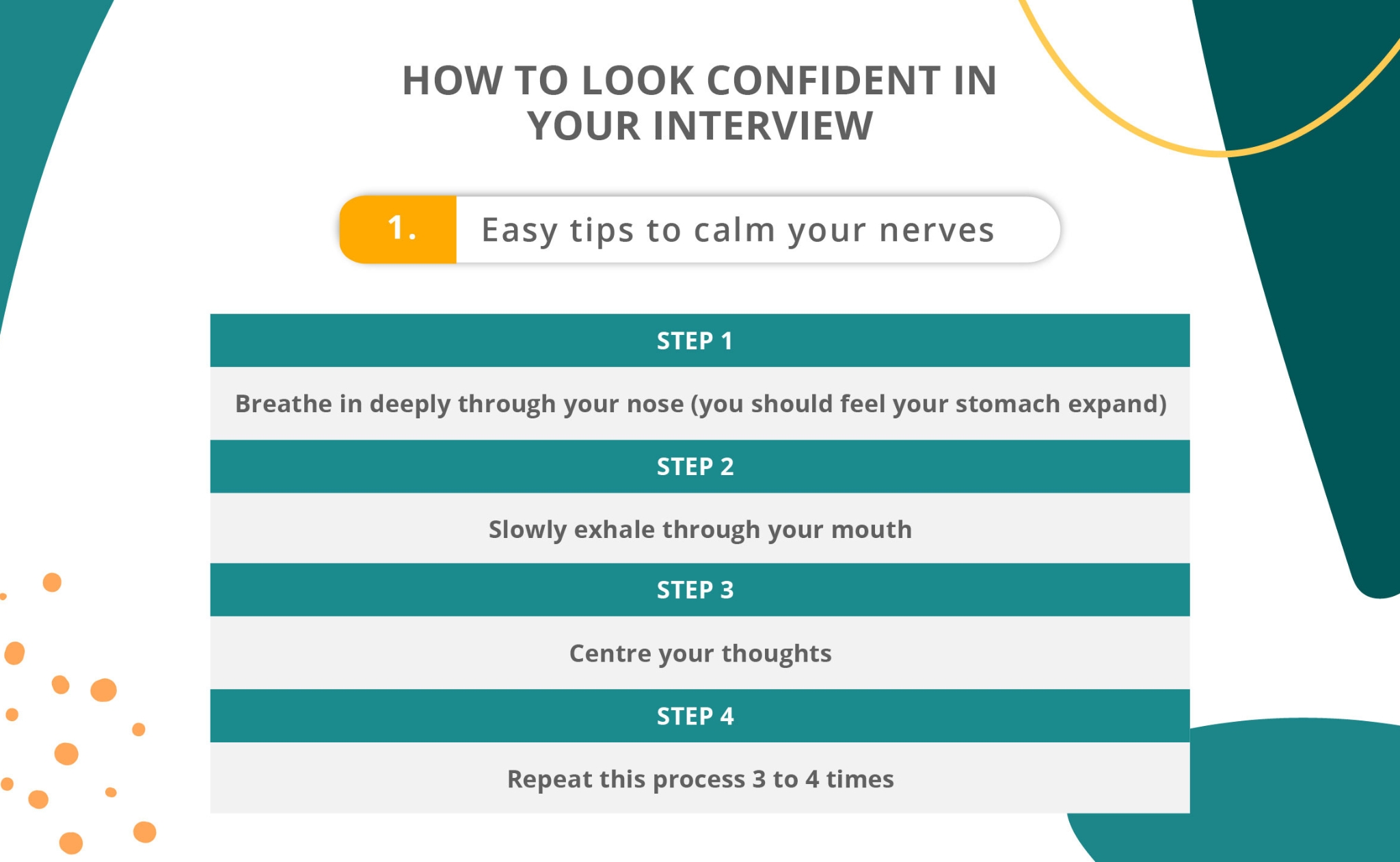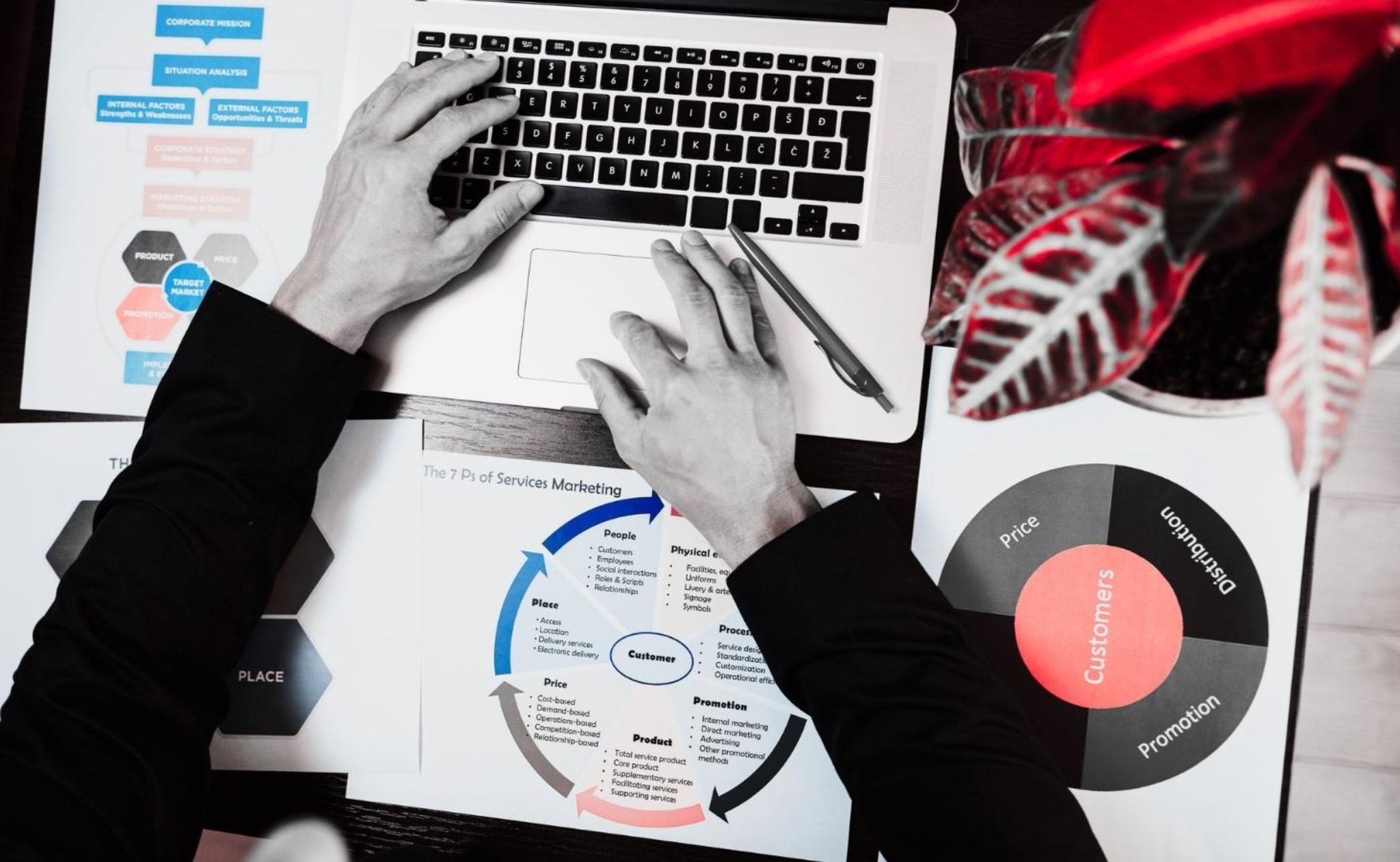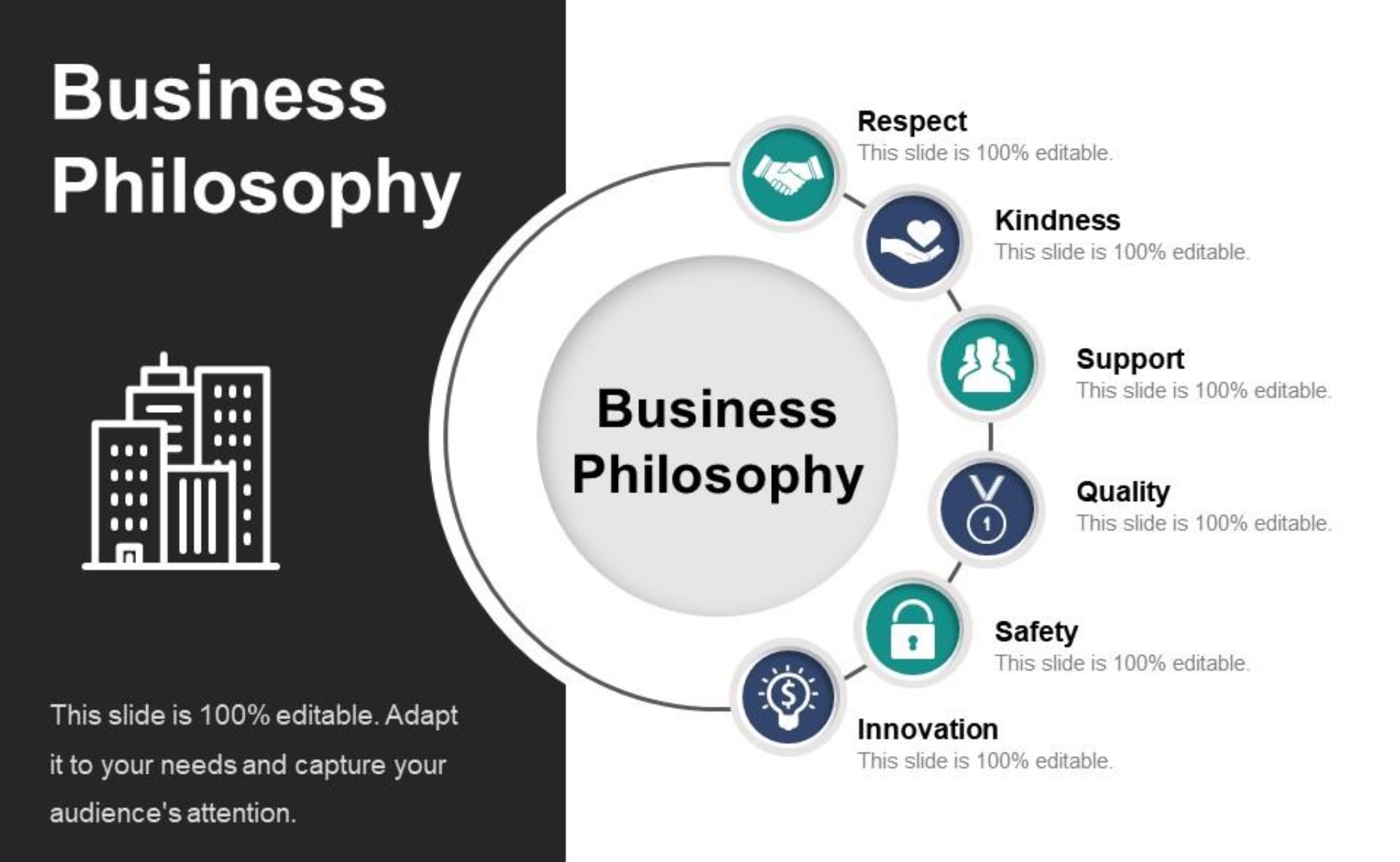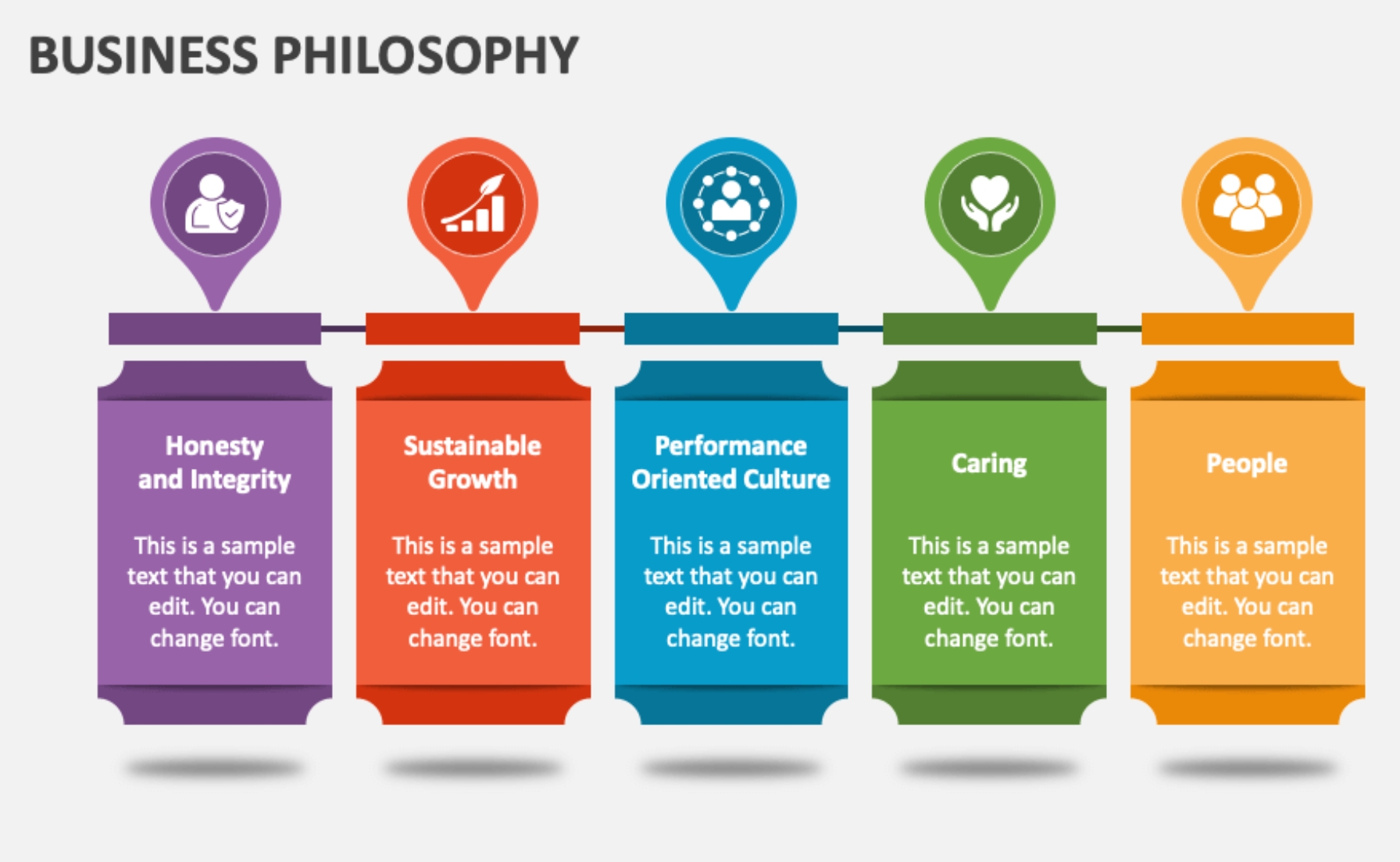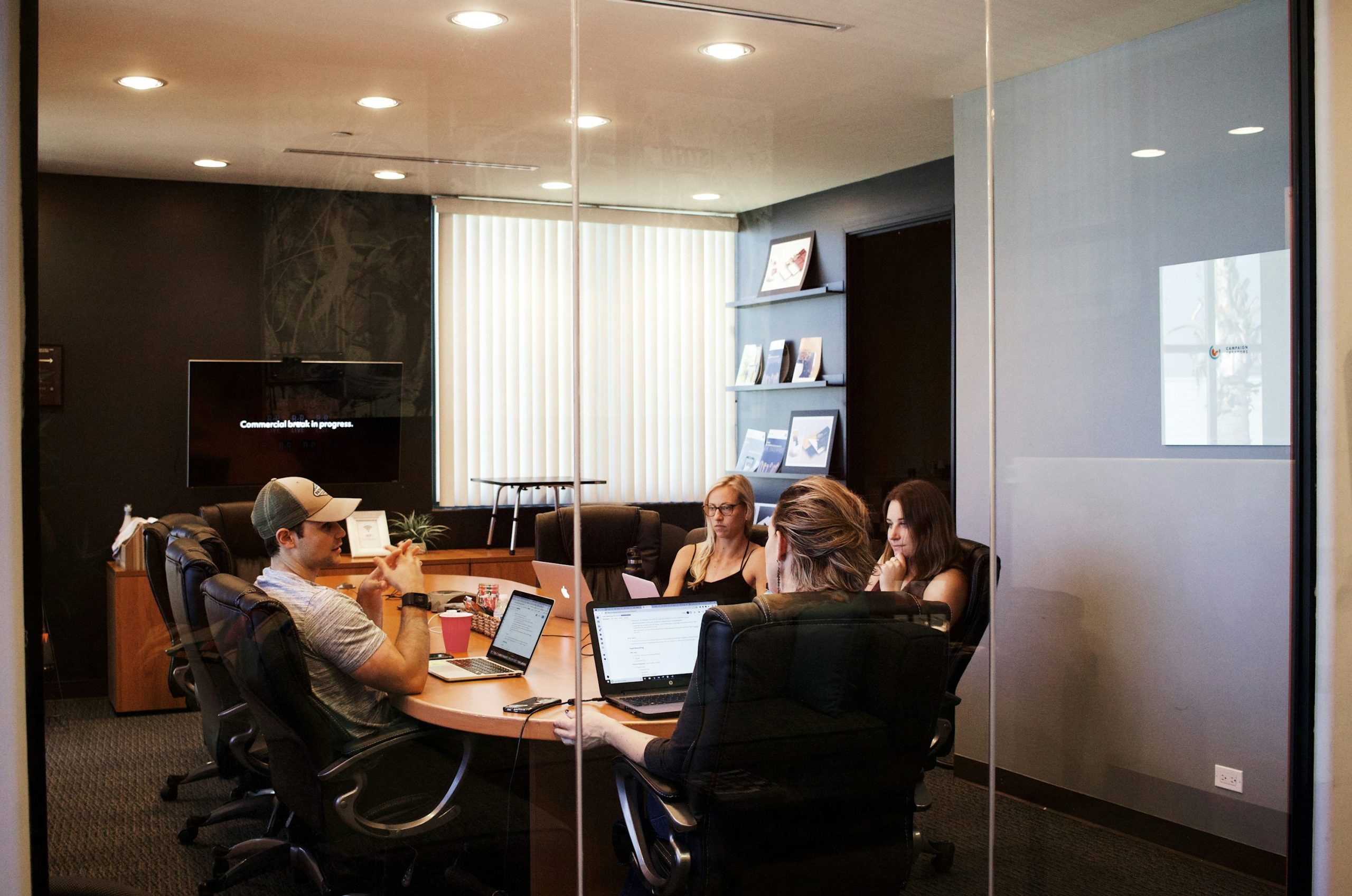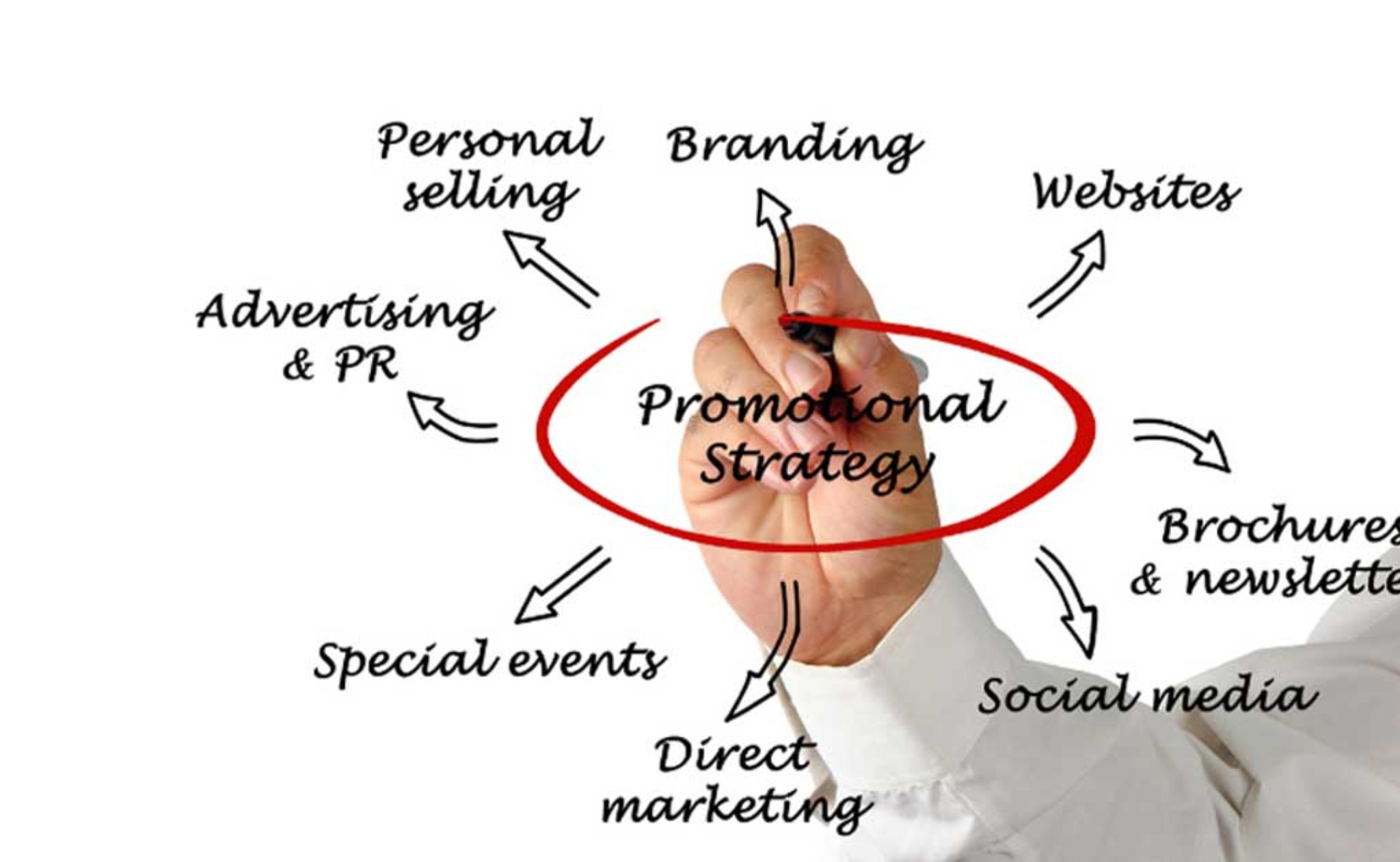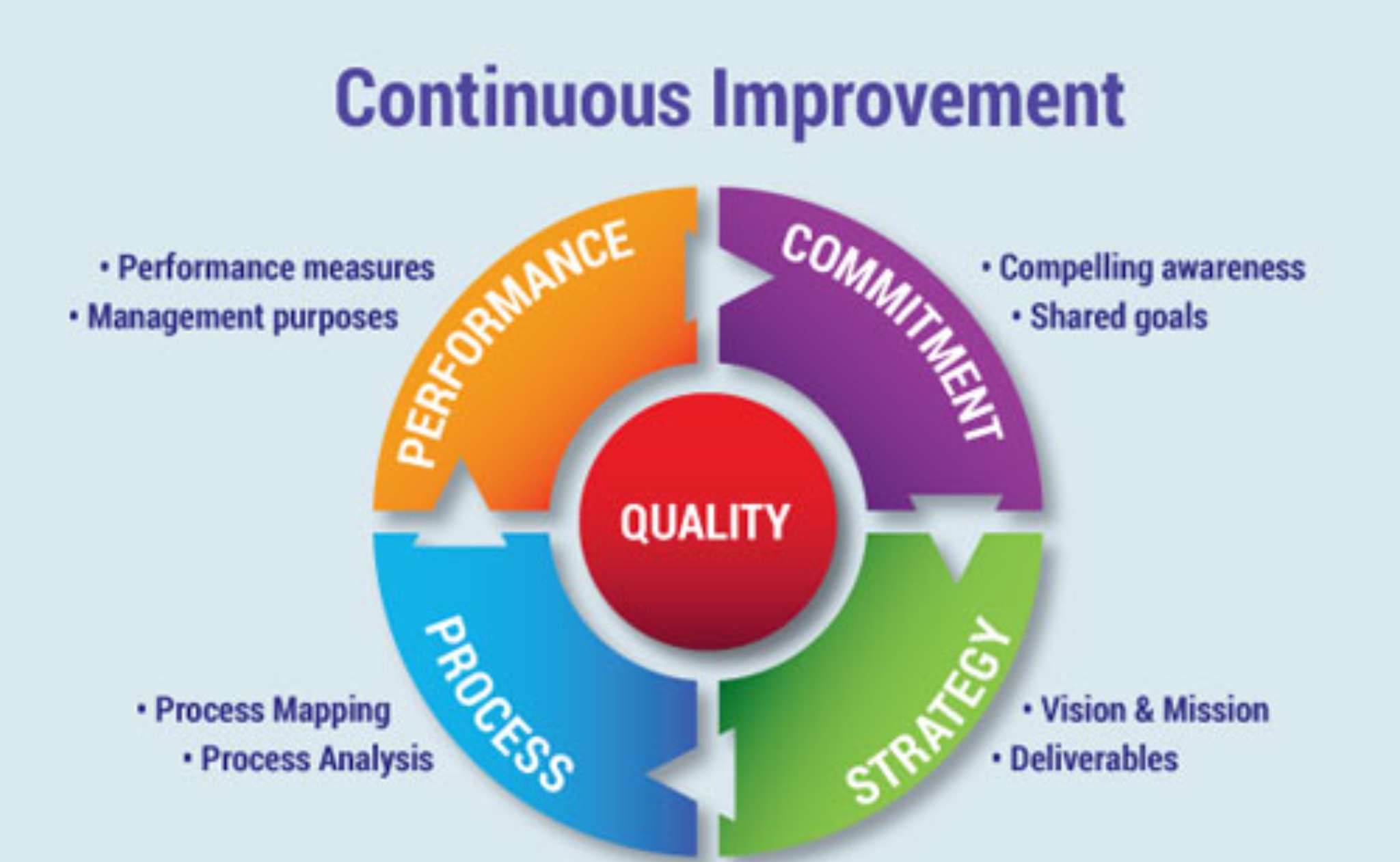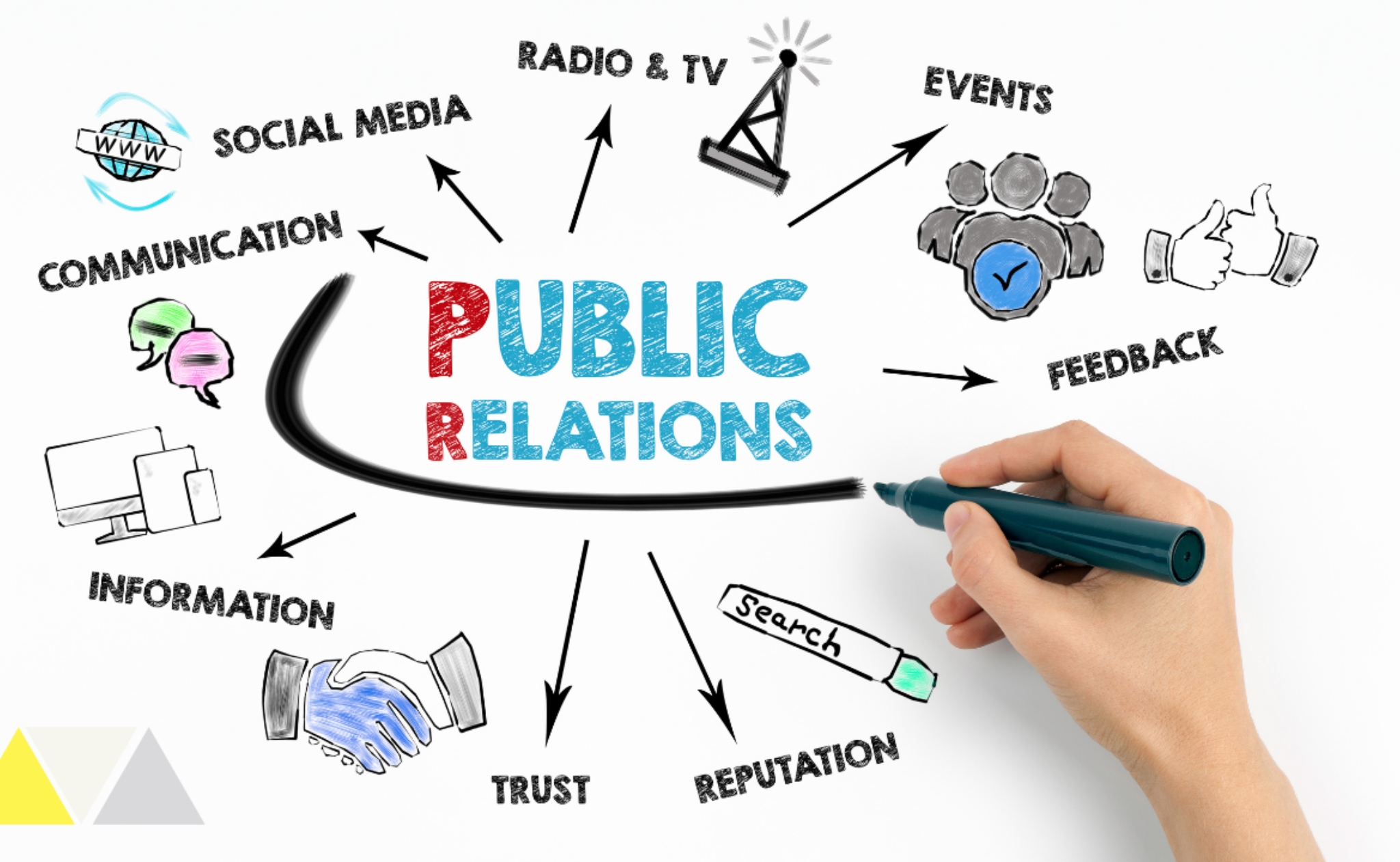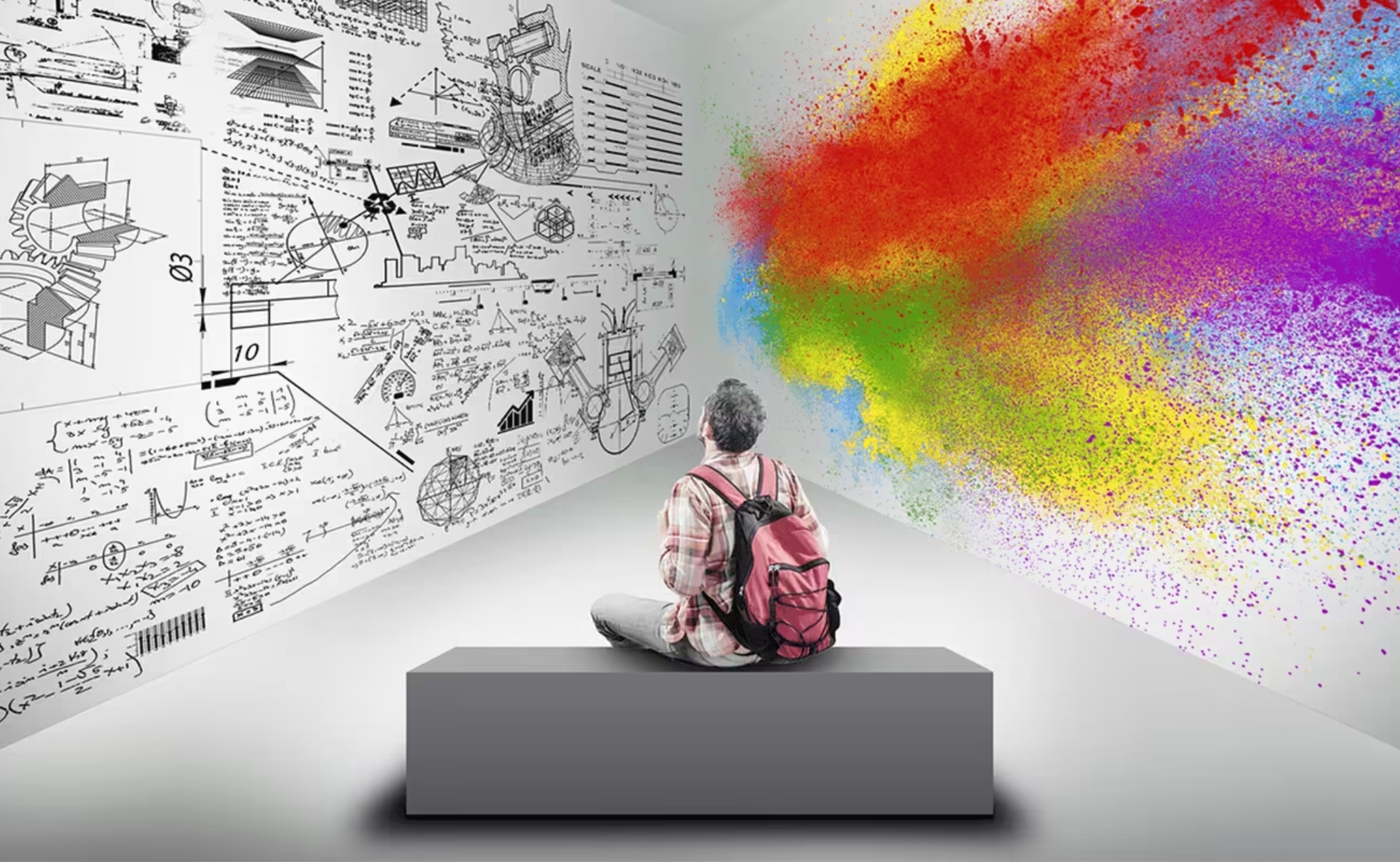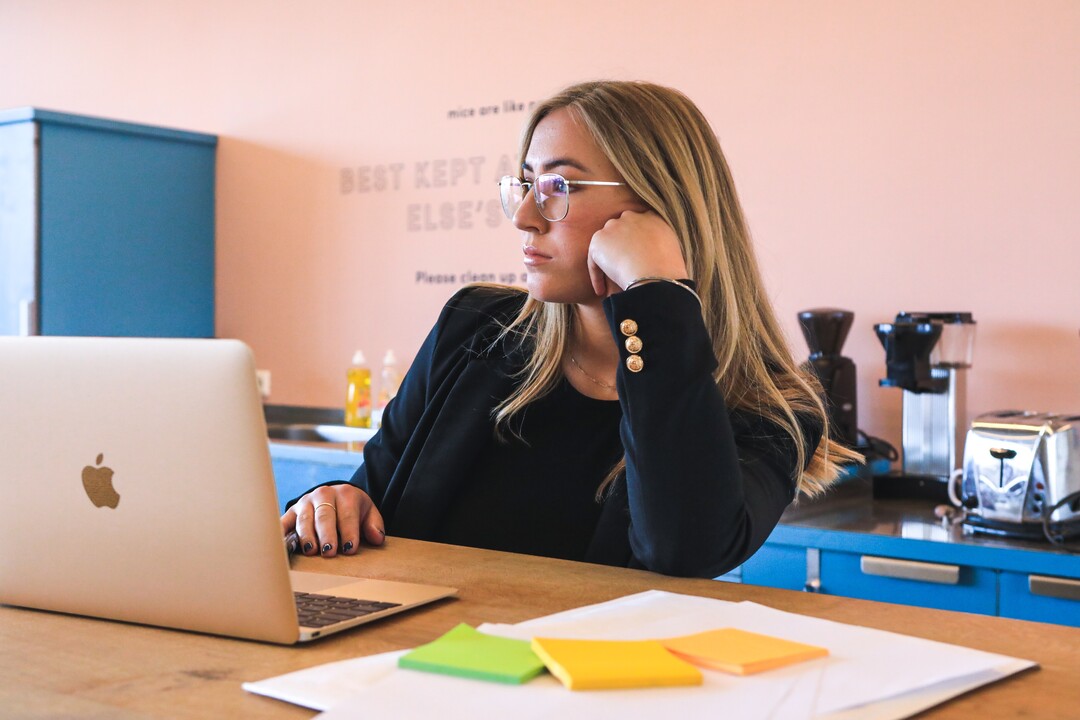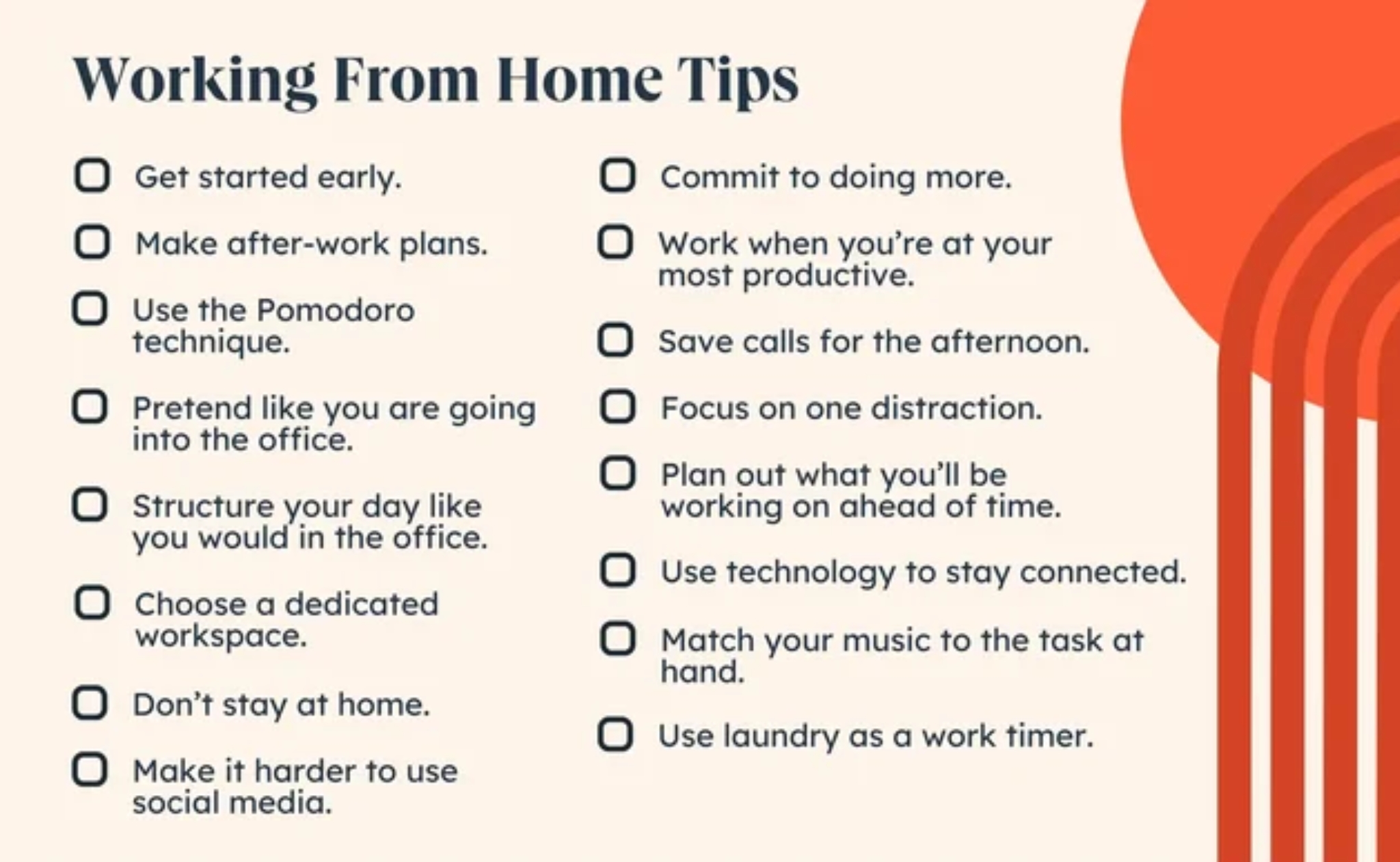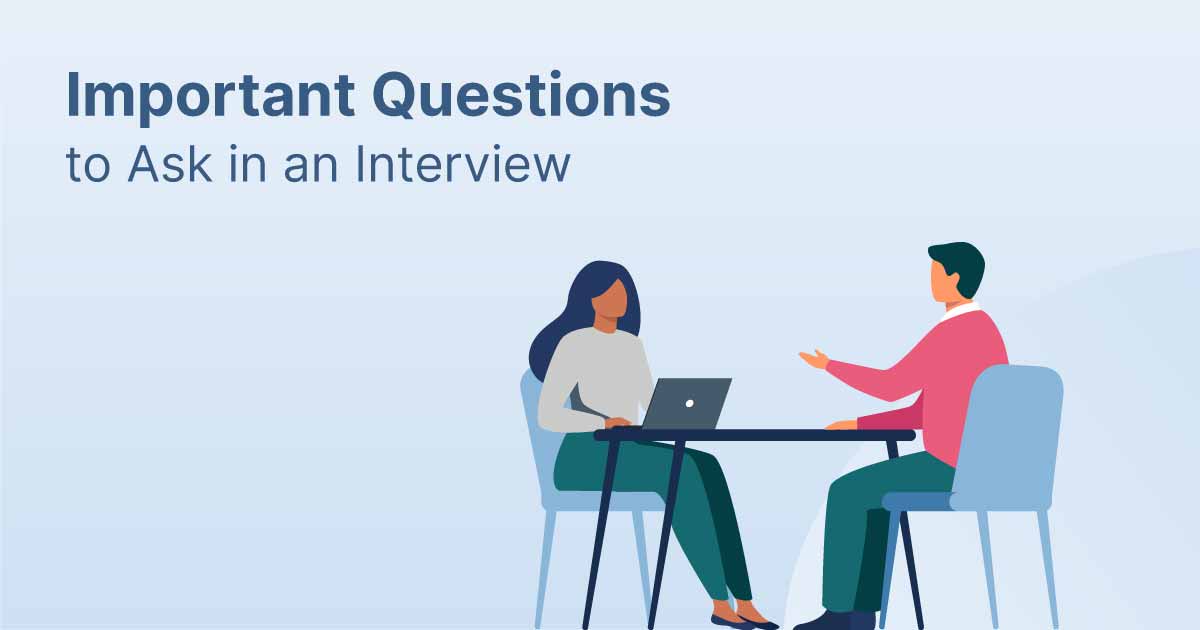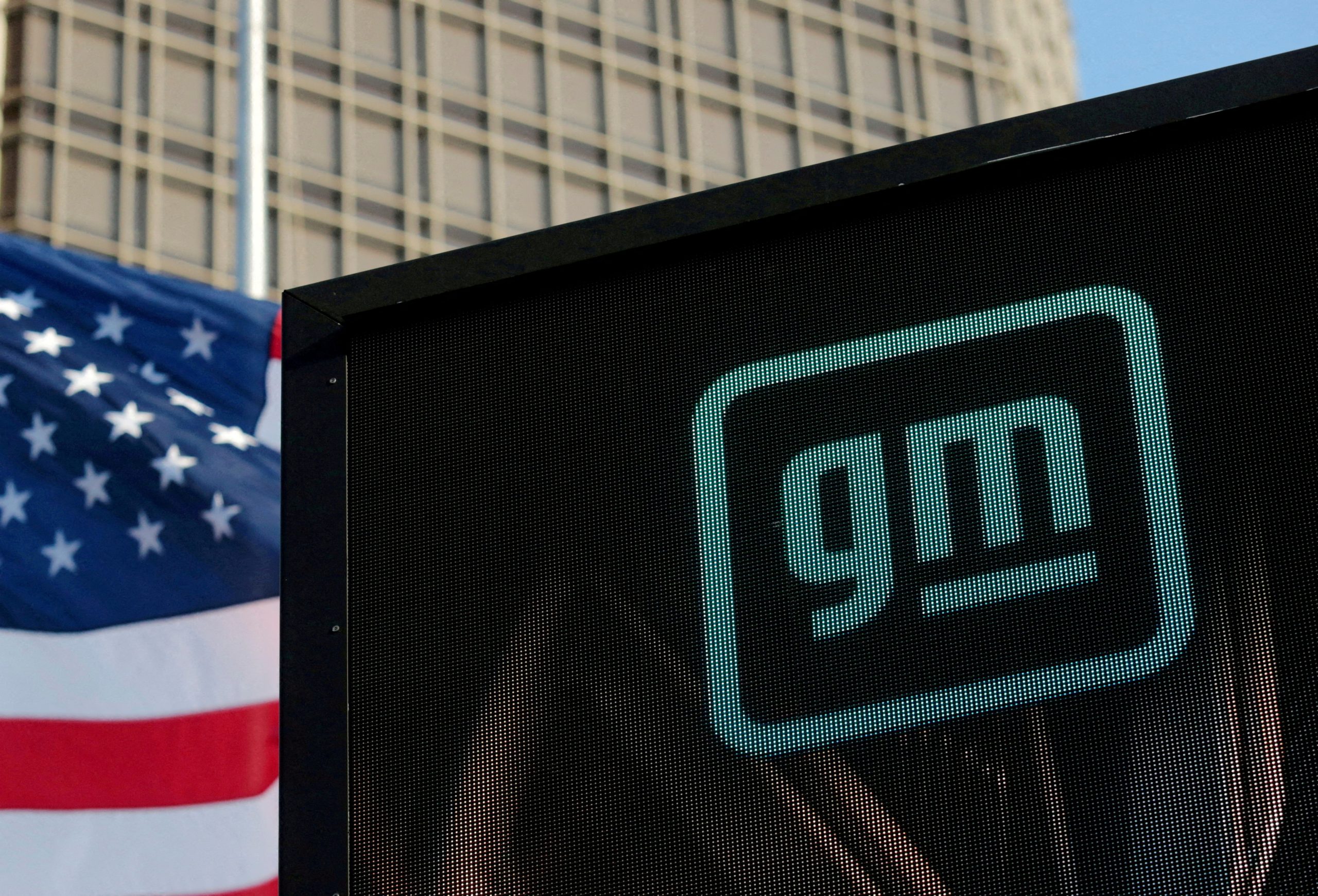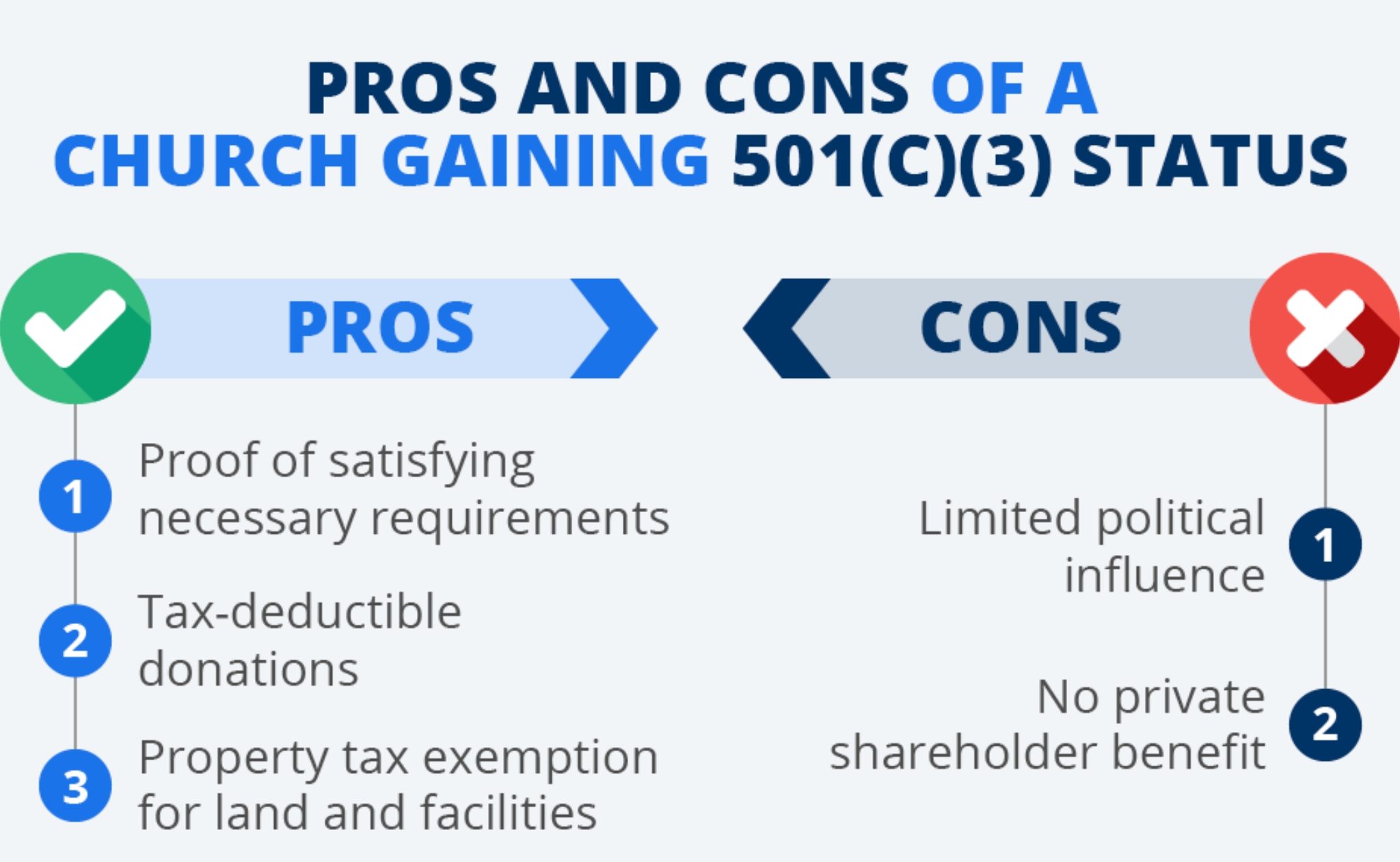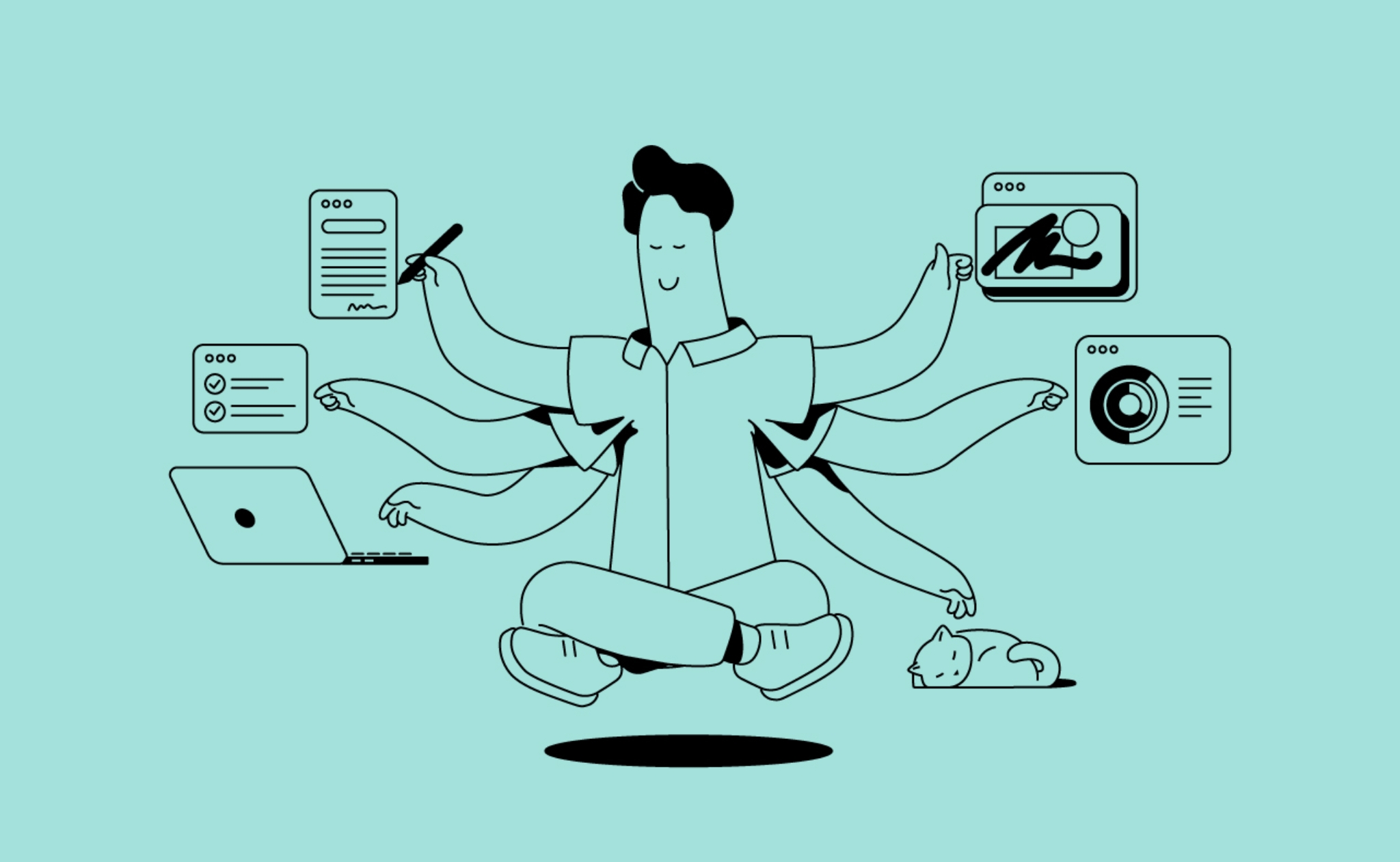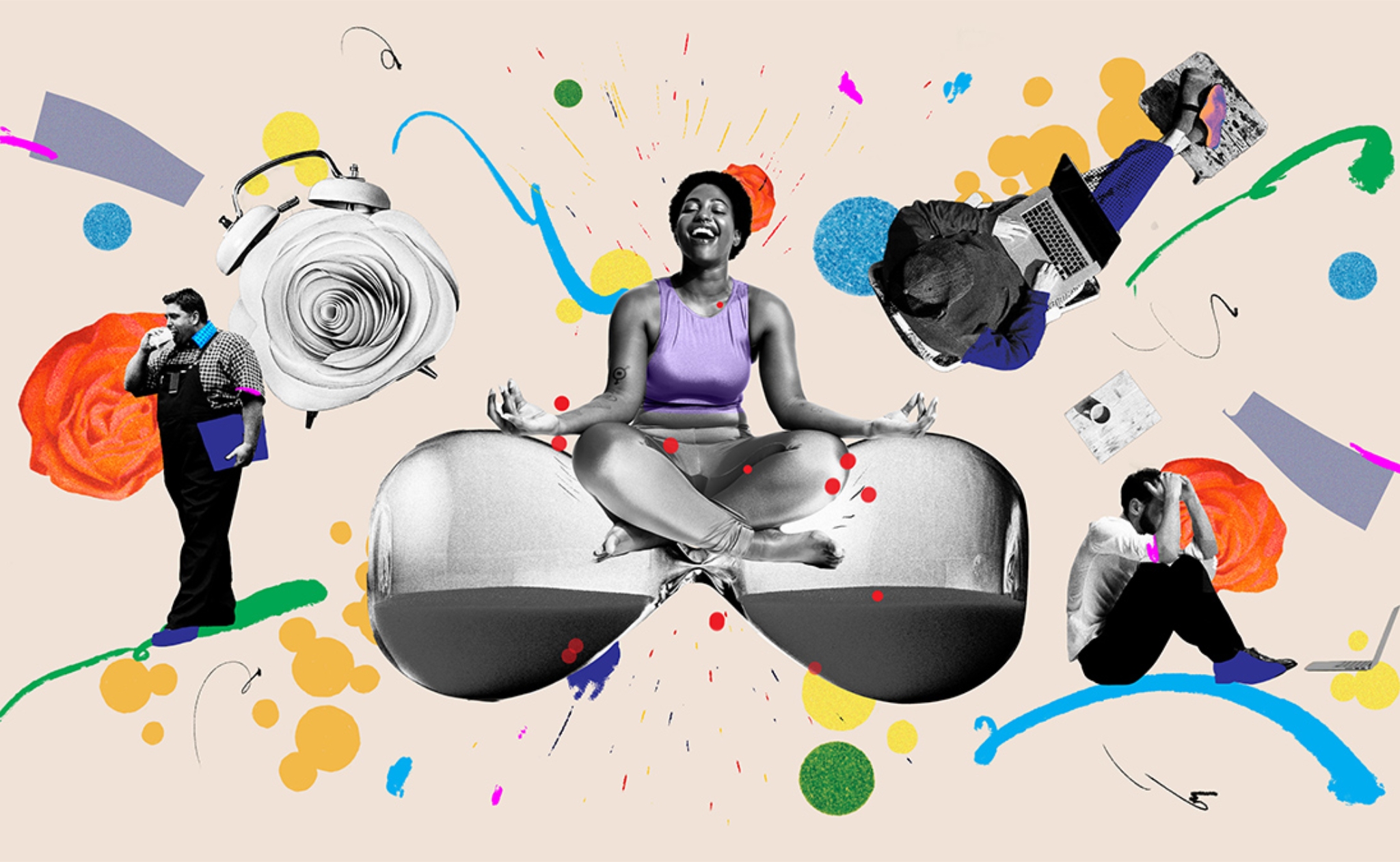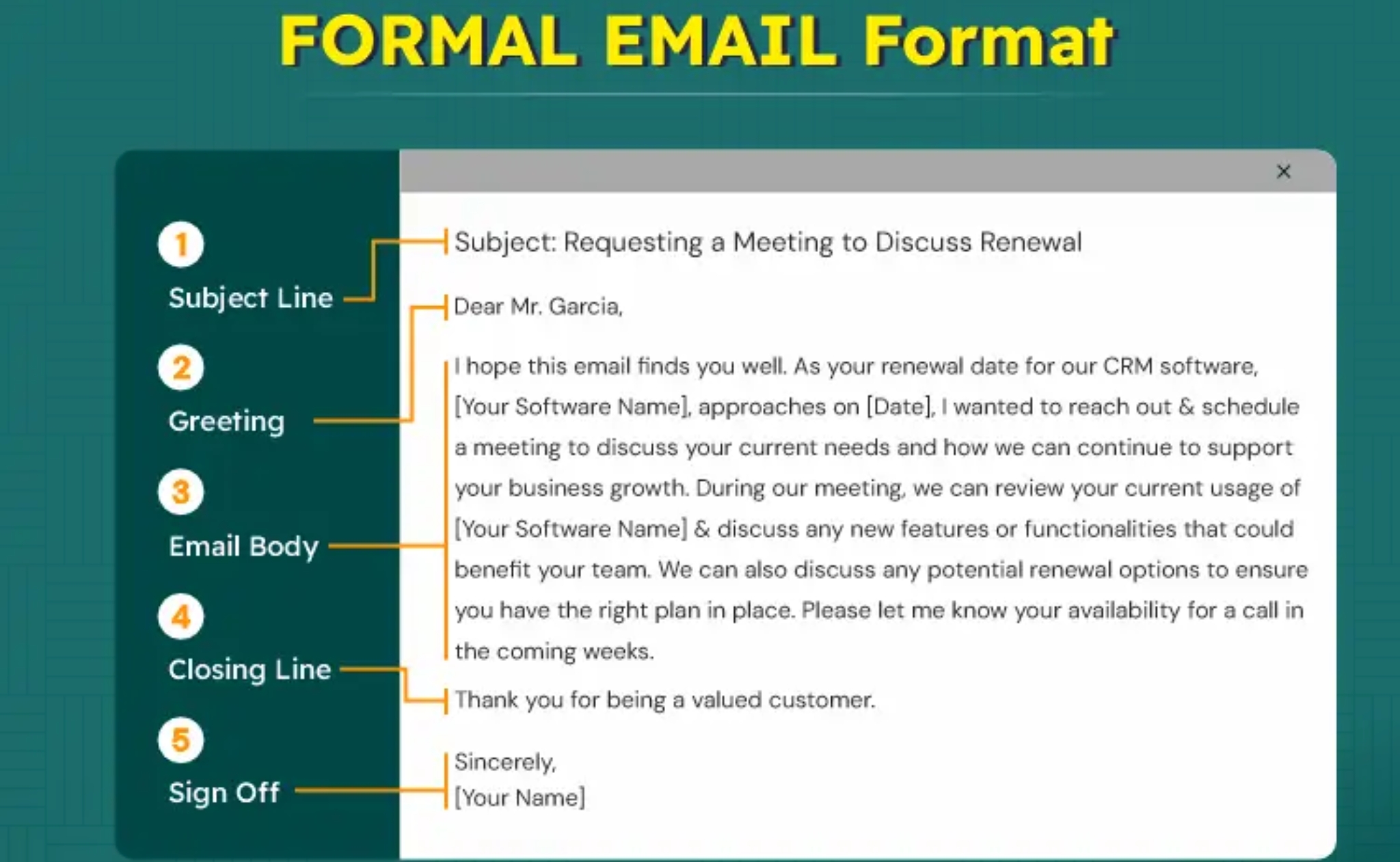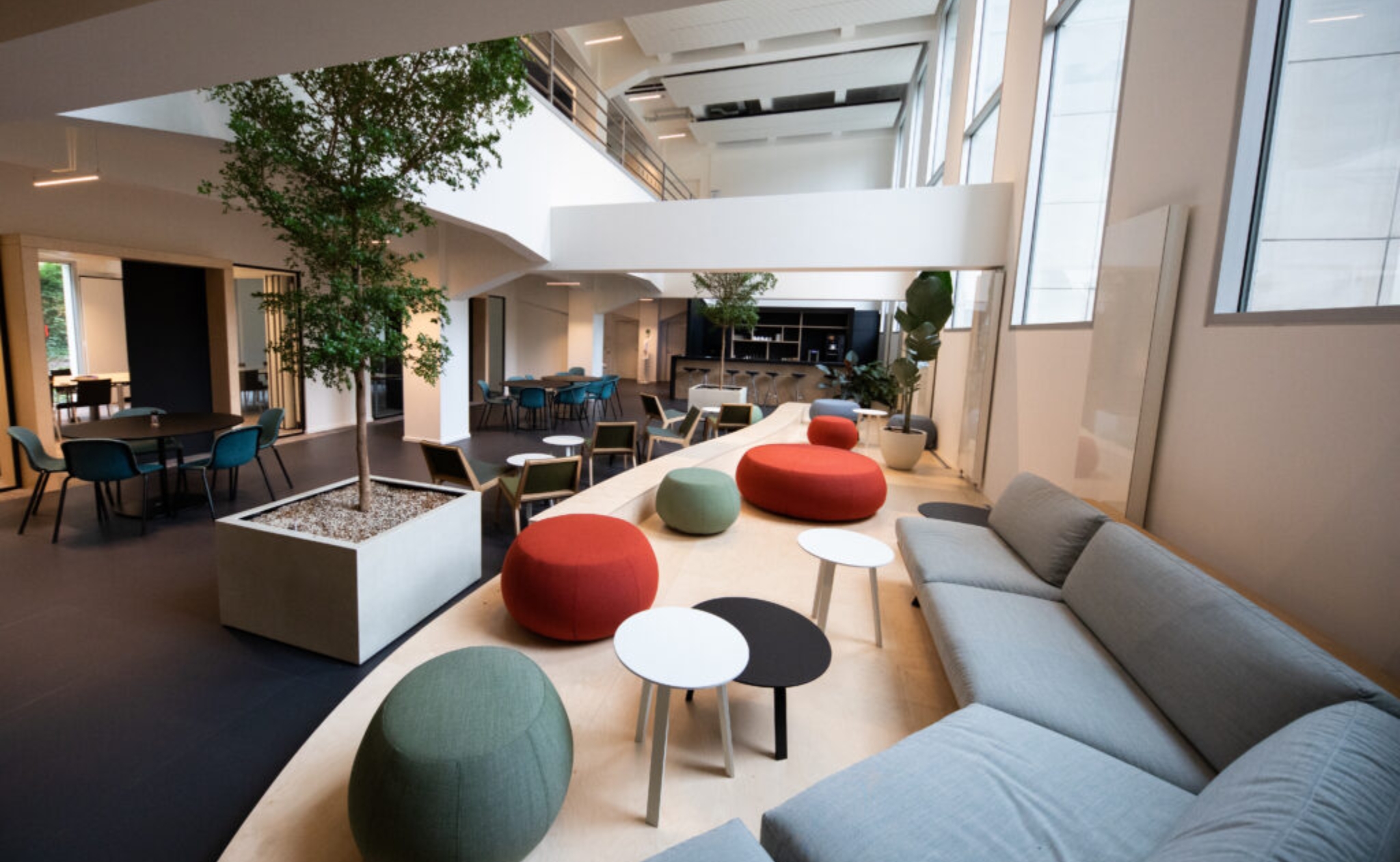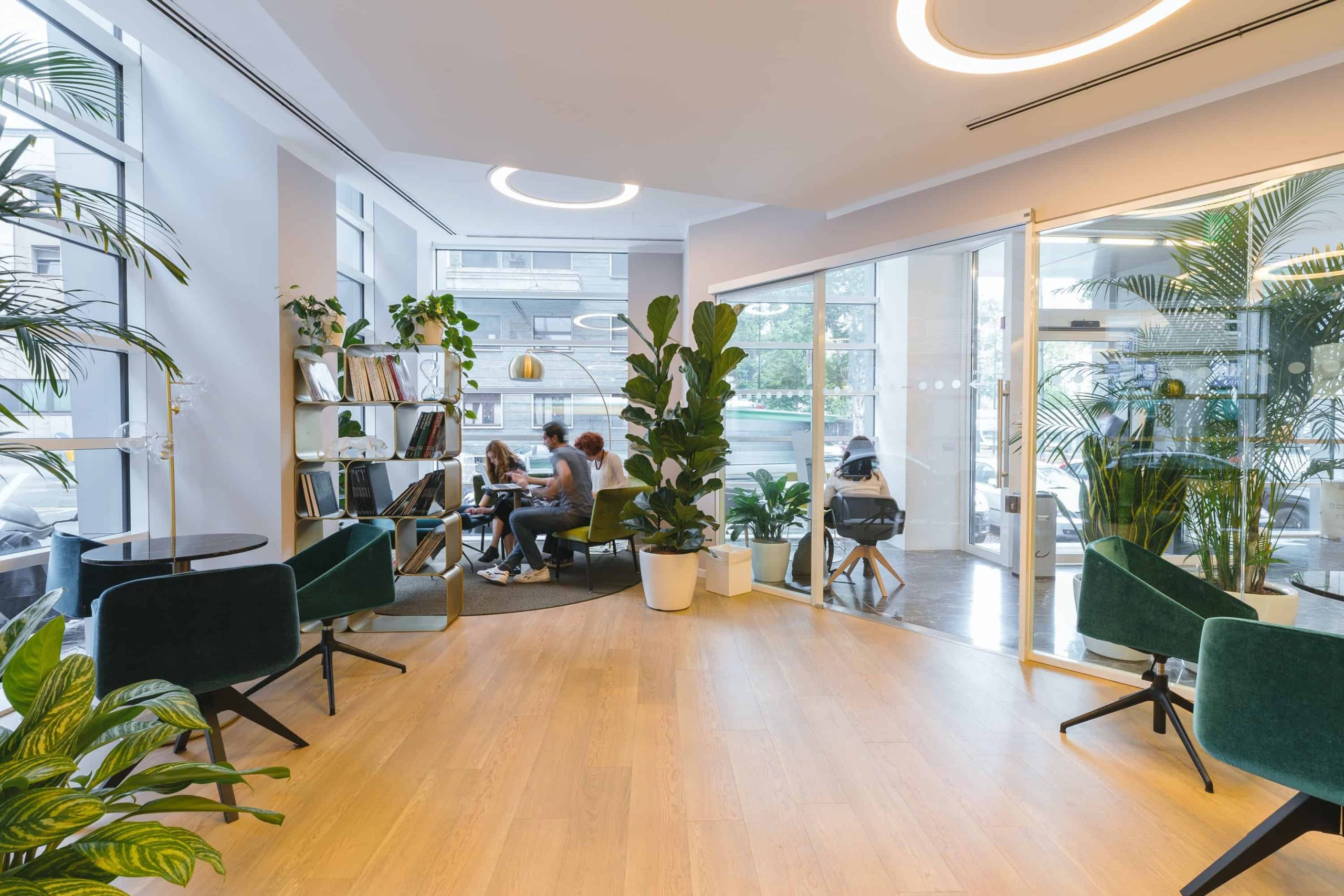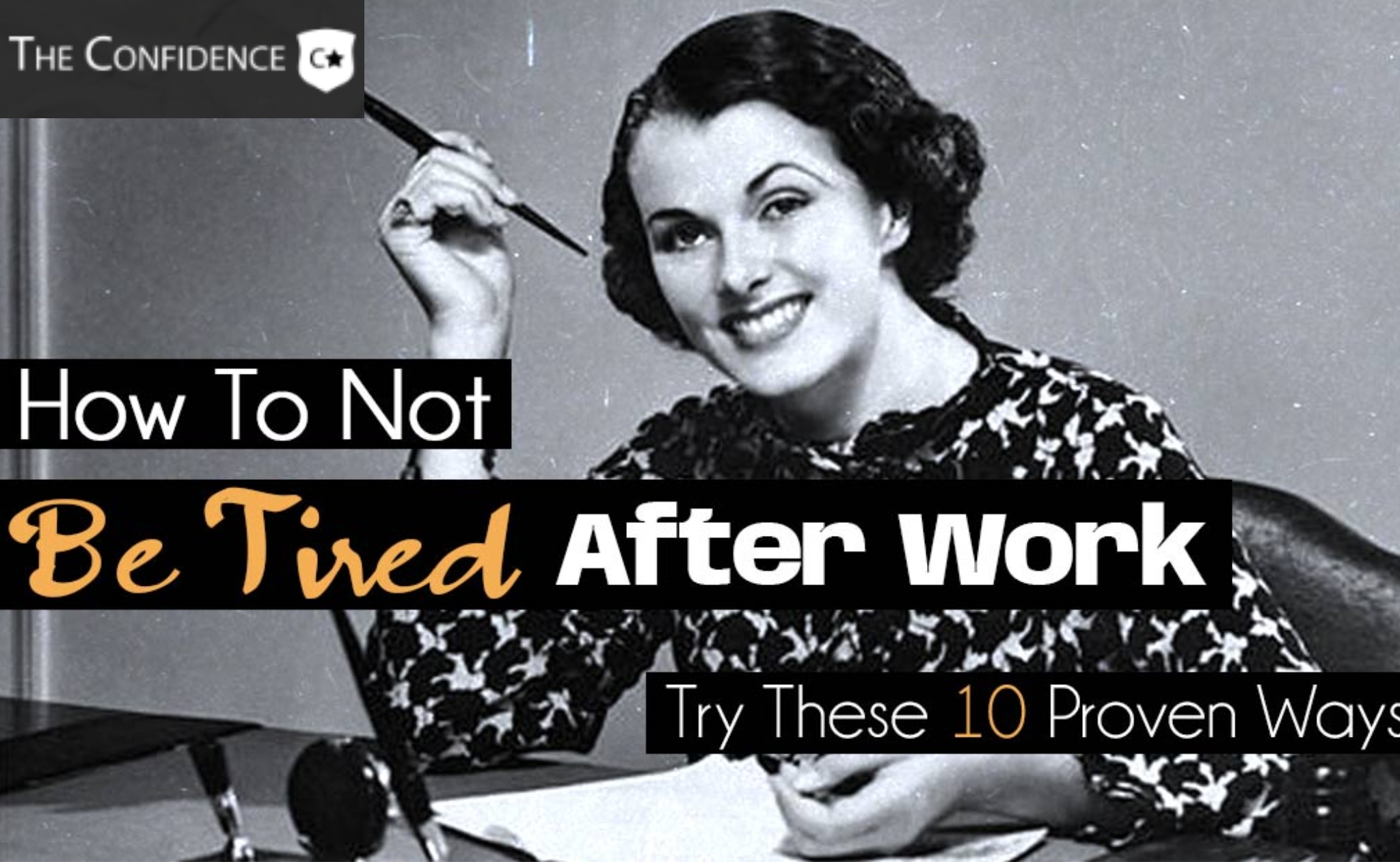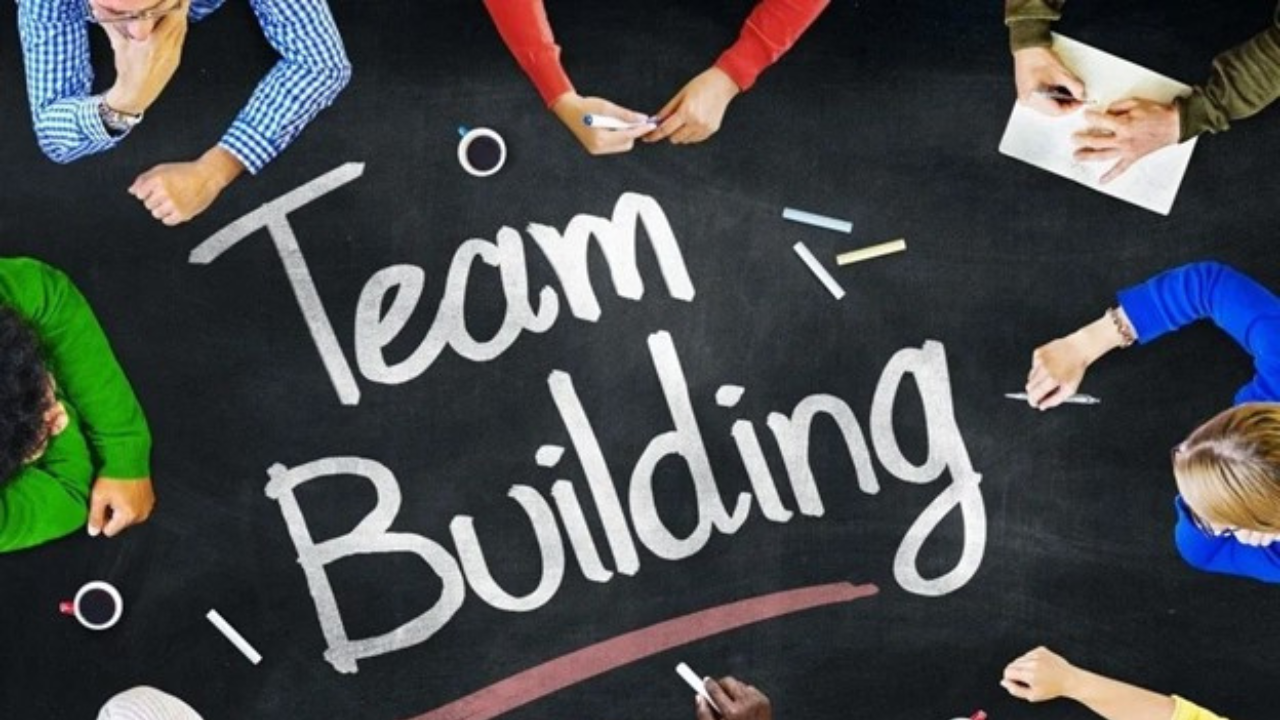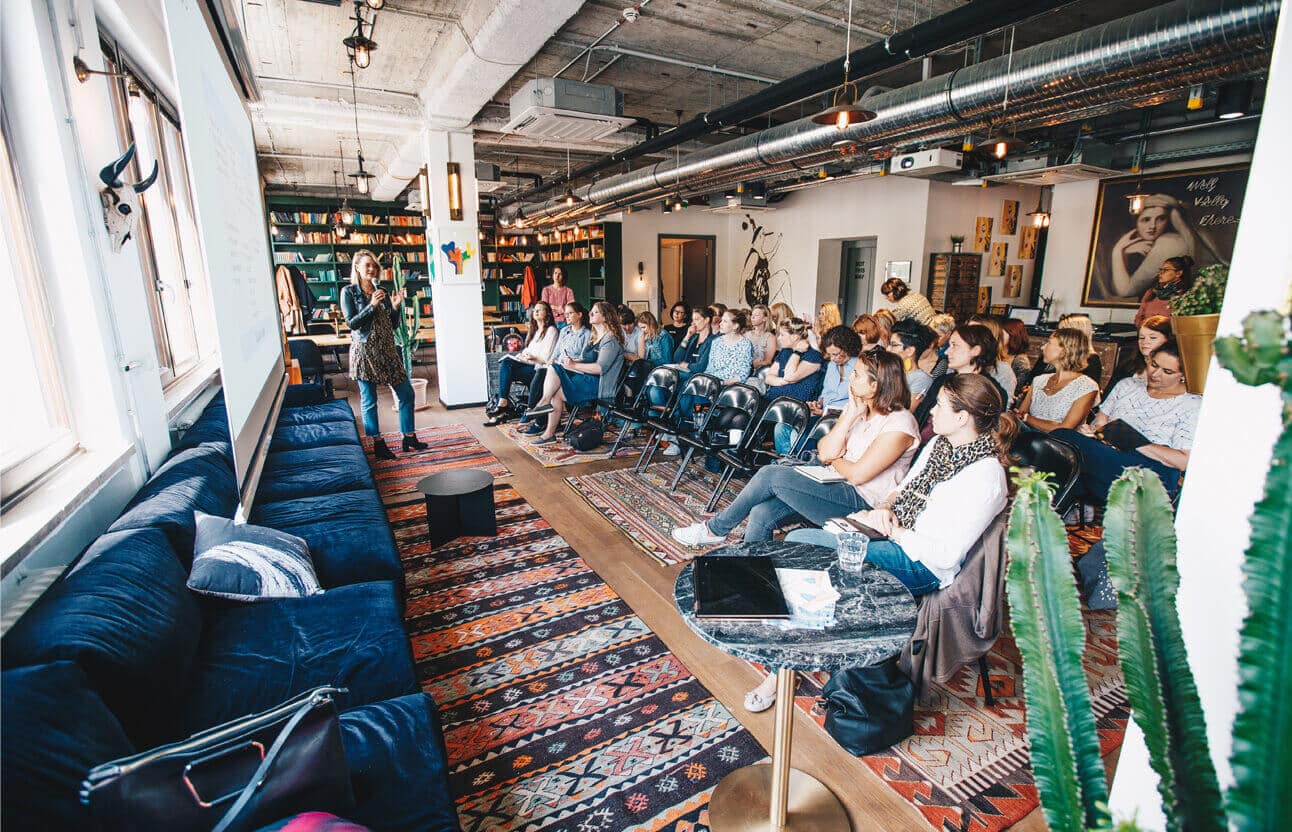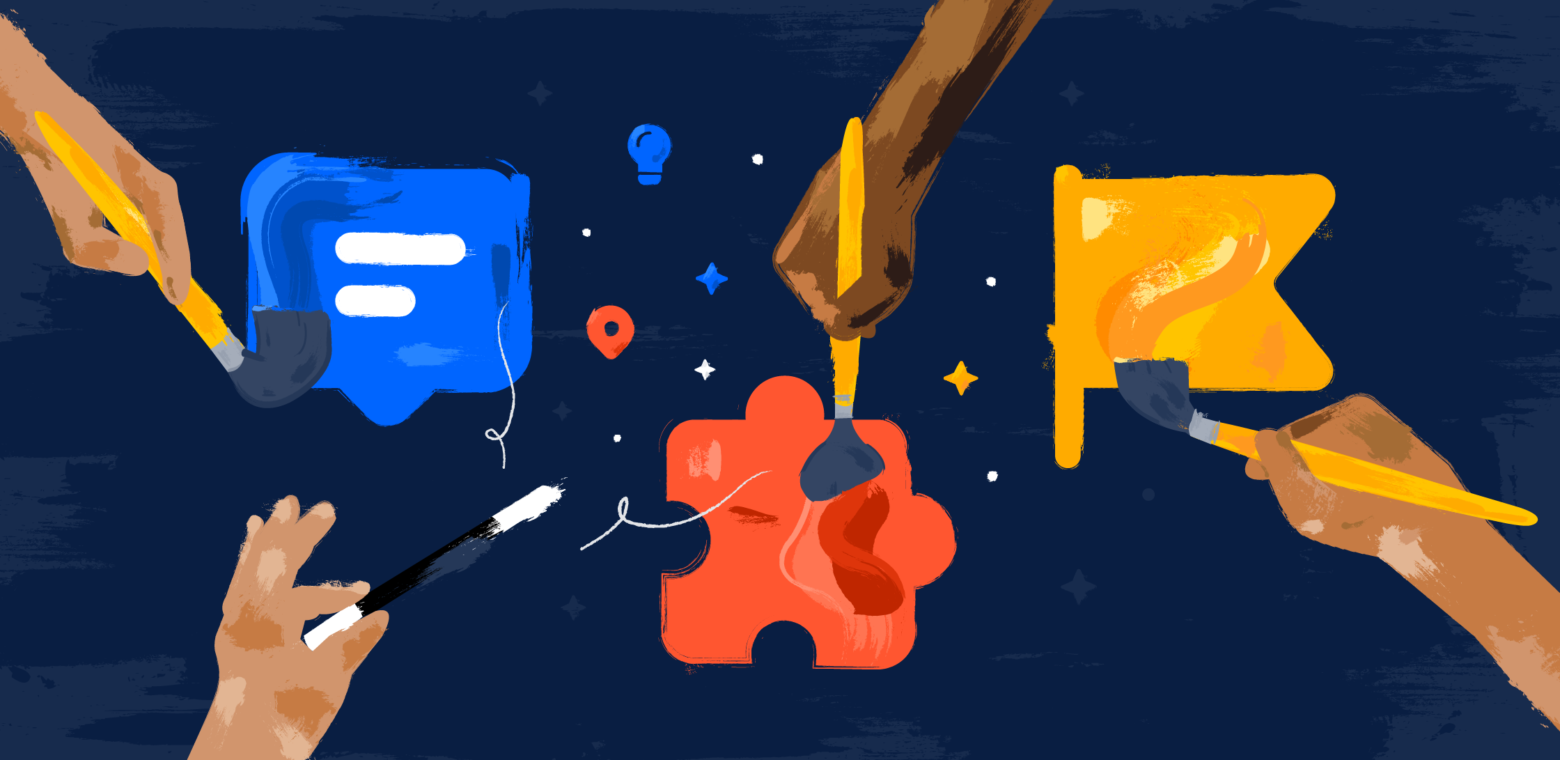What is brand identity design?
Brand identity refers to all the visible elements of a brand, and so brand identity design involves the creation and presentation of those elements.
It may seem simple to create a logo or to give a website a pleasing layout with a welcoming color scheme, but for designers who create and manage brand identities professionally, even seemingly imperceptible details matter.
Every decision needs to be weighed against each brand’s mission statement and must communicate key concepts to the target audience and/or the general public.
Unlike personal graphic design or visual arts work, professional designers have to take into account a brand’s history, customer base, messaging, and more. After all, a brand’s recognition could be one of its biggest assets, and designers need to balance all sorts of requirements to come up with something that executives approve.,
It’s not as freeform as other types of visual design. It is worth noting however that in some cases, the designer may be allowed to build a brand identity from scratch.
If you’re an entry-level designer who wants to expand your skill set and eventually work in brand identity design, this article is for you.
We’ll be going over the skills and attitude required to start designing for third-party companies, empowering them to improve their business through your work.
Gaining insight with Chiao Chen Lu
With more than six years of experience in digital design and art direction, Chiao Chen Lu has put his skills to work across a large number of professional projects.
He has led design for brand identity projects, provided campaign art direction, and helped to create interactive experiences.
The roster of brands Lu has collaborated with is impressive, to say the least, and it includes such names as SkinCeuticals, La Roche-Posay, Covergirl, Keller Williams, Dermablend, and Albion Cosmetics.
Lu graciously agreed to contribute to this article on brand identity design, and he offered us a number of tips and insights into what this work is really like at the professional level.

Always competitive
First and foremost, professional brand identity design is a highly competitive field, and Lu can testify to this.
“It has been and always will be competitive, especially nowadays. With technology, everybody can easily create their brands online and every brand wants to be unique. Having a strong brand identity is crucial for distinguishing brands from the rest of the market.”
In digital spaces, there are literally hundreds of thousands of brands that all want to attract and retain the attention of their core audience, and they want to do this better than their direct competitors.
It’s not just the work itself that’s competitive, either.
Because standards for brand identity design are so high, the standards for and expectations of interested designers are raised as well.
Designers working within this specialization need to be able to make strong decisions and work efficiently.
If you’re unable to handle these projects efficiently and meet deadlines, you can be sure that there will be plenty of other designers ready to take your place.
Familiarization
The word ‘collaboration’ is an important one for the field of brand identity design, and that’s because designers never work in a vacuum. They simply can’t make all the design decisions and hope that they align with the client’s brand.
Collaboration is about give and take, providing input as well as listening to feedback.
One of the most important times to listen and do some research is before work has even begun.
After you’ve been hired for a brand design project, it’s extremely important to learn as much as you can from the client, as well as through your own research.
If you’re having difficulty getting as much information as you’d like, Lu recommends that you try the following:
“Looking through their target audience and the brand’s mission statement is helpful. Based on these two factors, I have a pretty good understanding of what the brand is looking for, and how to translate the message and the look-and-feel through visuals.”
Even young and relatively inexperienced brands will usually still have an accurate idea of their target audience, as well as a sense of how they want to be seen by that audience.
And while it’s true that at every stage of the process you should feel free to ask questions, but at this stage especially, get as much information as you can.
If a brand doesn’t have a strong vision for its brand identity, this could easily lead to disagreements later on. These sorts of preventable hiccups should be avoided if at all possible.
Building vs. starting over
So if brand identity design is about the collaboration between the designer and the brand, how much room is there for creativity?
Do brand identity designers ever get to create a brand identity from the ground up, or do they have to build on what’s already there?
Well, this depends entirely on who you’re working for and what they’re trying to achieve.
You will most likely encounter many projects where the client wants to make slight tweaks to an existing brand identity. This could mean altering the logo or changing the brand’s central color scheme.
In other cases, a brand might hire you to create an entirely new brand identity.
It’s not uncommon for companies to undergo what’s known as a rebranding, which often coincides with a slight shift in mission statement, product line, or just public image.
Signaling that shift to their audience with new visual design can be both practical and exciting.
Lu mentioned that he really enjoys having that level of freedom while working on a project.
“If allowed, it’s always challenging and fun to overhaul and give a brand a refreshing new look. But it all depends on the clients and the project on how much room for creativity that I have. But as a designer, I believe that it’s my job to always try to push their boundaries.”
It all comes back to collaboration. Filter requests from the client through your own design skills and process to create something that everyone can be happy with.
The revision process
But what happens when a designer presents work that the client isn’t completely happy with. This is where revisions come in.
If you’re completely new to professional design work, then you may not know what a revision is.
A revision is when a client requests the designer to make a change to their completed work.
For obvious reasons, revisions can represent a lot more work for the designer, which is why contracts between designers and clients frequently include a maximum number of revisions.
That way, the client still gets to request changes, but the designer isn’t obligated to change the work over and over again.
Lu sets a limit on revisions going into each project, which helps keep communication clear.
“I always try to limit revisions to no more than three rounds. I will always let my client know if there is too much back-and-forth. Communication is key to ensuring you have a healthy and constructive collaboration process.”
Don’t be afraid to set limits on revisions, either. If your client has worked with designers before, then they’ll already know that this is a perfectly reasonable limitation.
Ideally, when it comes to revisions, less is more. The simplicity that comes with deft decision-making can be helpful for both brands and designers.
Ultimately, however, it’s about finding a process that works well for everyone involved.
Reviewing the work
After the initial meetings, research, drafts, completed work, and revisions, you as the designer will be officially finished with the project.
But at this final stage, how can you know whether the work you’ve done for this client has actually been successful?
One way to gauge its success is to talk to the client. If they’re happy with the work and seem like they would be likely to hire you again, then your designs have certainly been successful on that level.
But more than any other metric, Lu judges the success of his brand identity design work by honestly judging whether it performs the function it needs to perform.
“I know my work is successful when it does the job that I designed it to do. If my work is able to evoke the right emotions among the audience that I am targeting and if it’s able to solve the problems that I sought to solve, then I’ve done my job well.”
Interpreting feedback and impact
Even for experienced designers, this can be hard to judge before the work has been made visible to the client’s audience.
When members of this audience actually come face to face with the work, that’s the real test of its effectiveness.
Social media, for example, is an easy and straightforward way to gauge how people are responding to these designs.
Even if people don’t comment directly on a new logo or color scheme, do they seem happy? Do they seem excited?
If you really want to go the extra mile and maintain positive relations with past clients, follow up with them a few weeks after the new designs have gone live.
Ask whether the feedback has been positive so far and whether they’ve been seeing the desired results.
Over time, and with more experience, you’ll be able to more accurately predict whether designs will be successful, but even then, you should never stop listening and finding ways to do more with your work.



